Overviews of a few completed commissions 1990 - 2024

bishops crozier gates. (design Anthony Harrison, detail and execution JC)
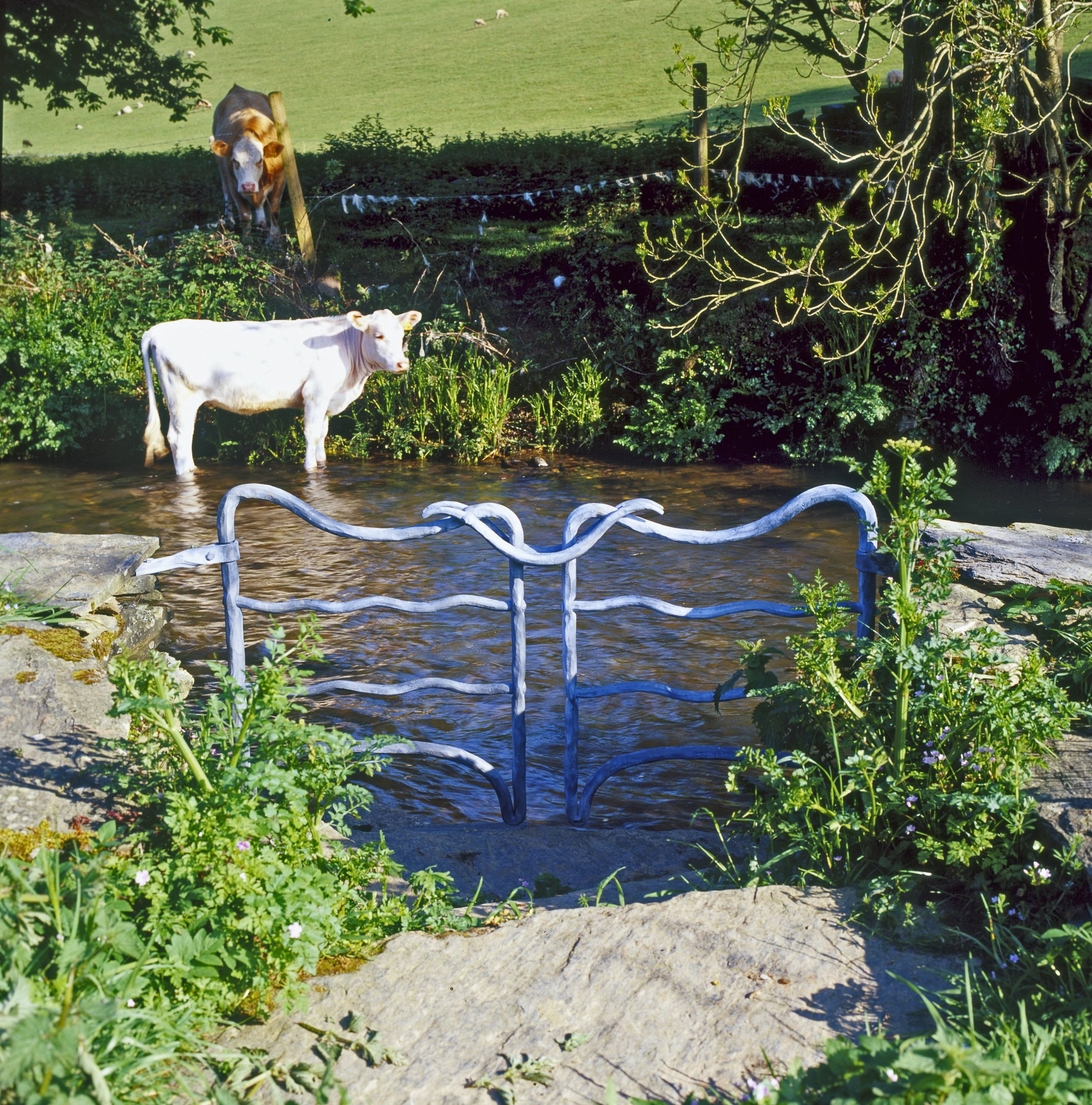
Cow gates (JC)
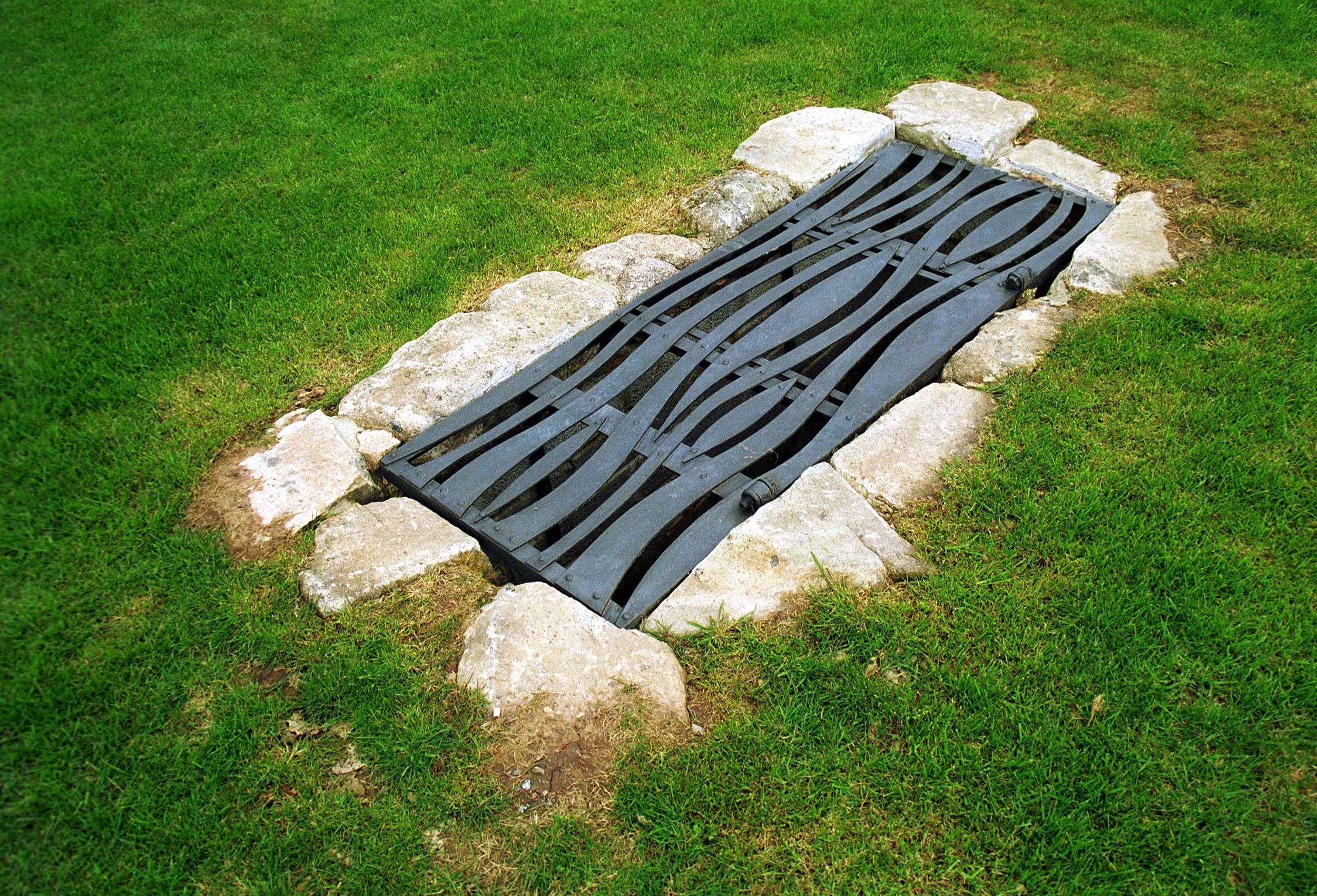
Well guard (JC)
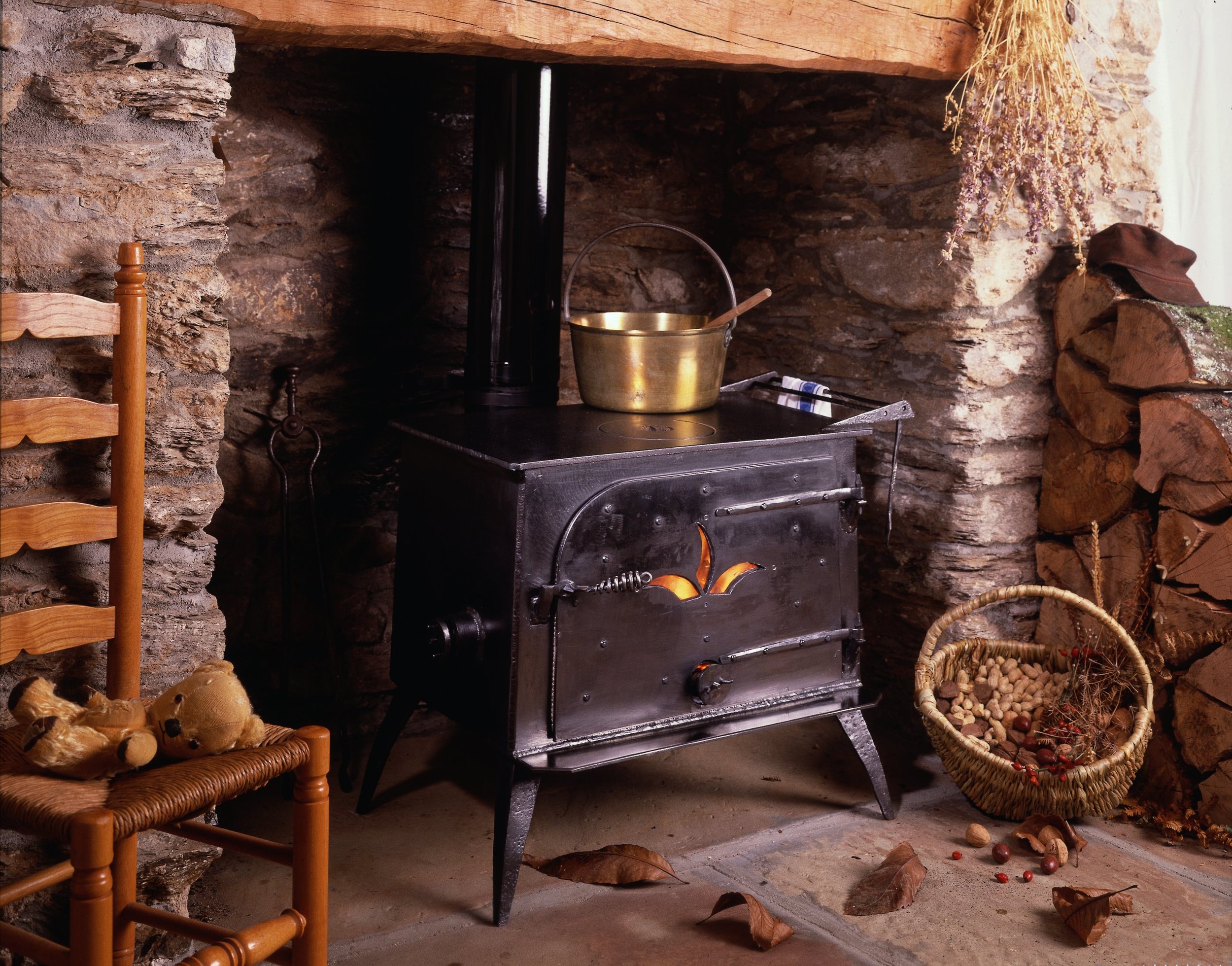
Wood burner (JC)
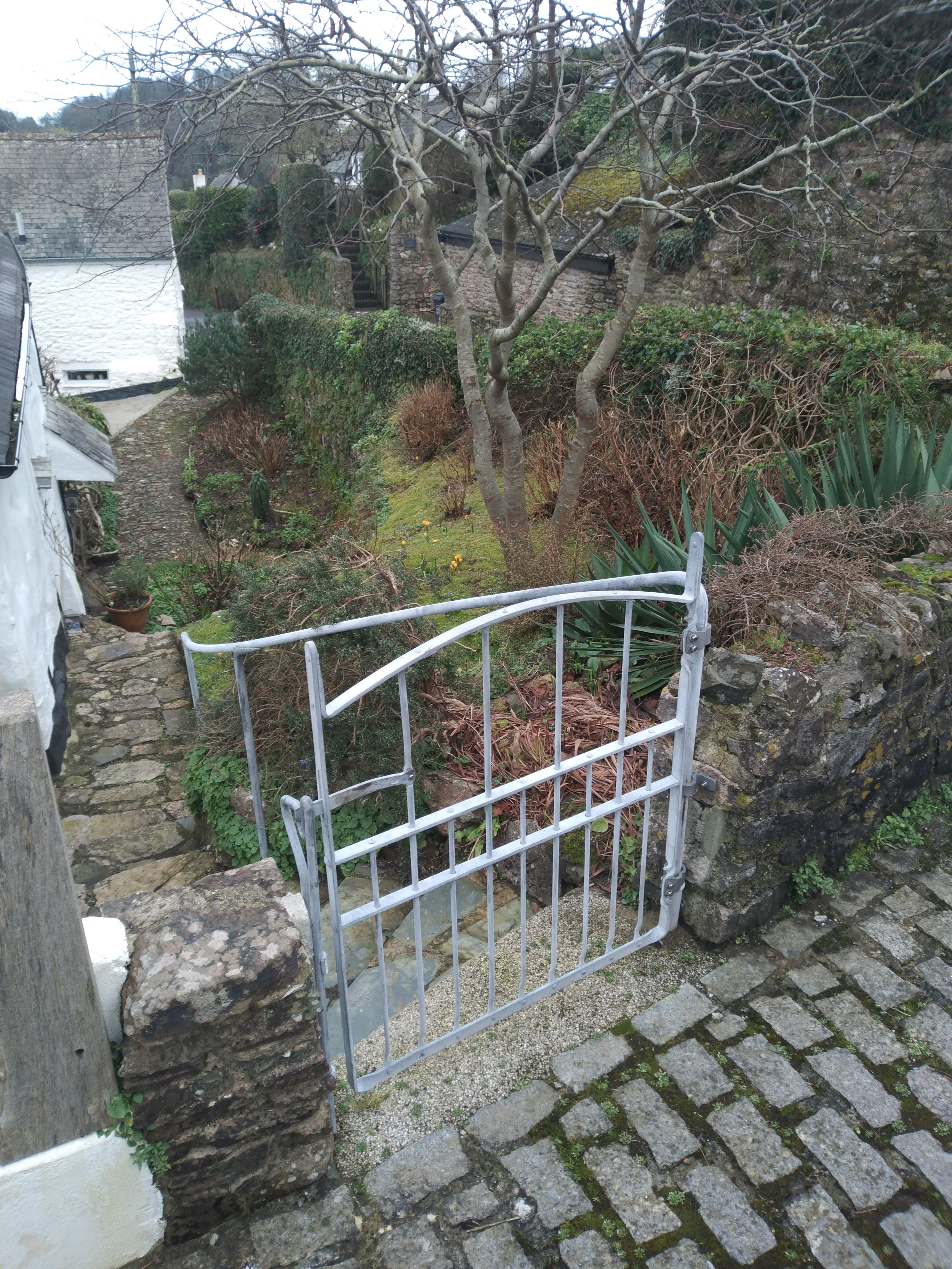
Garden gate and handrail (JC)
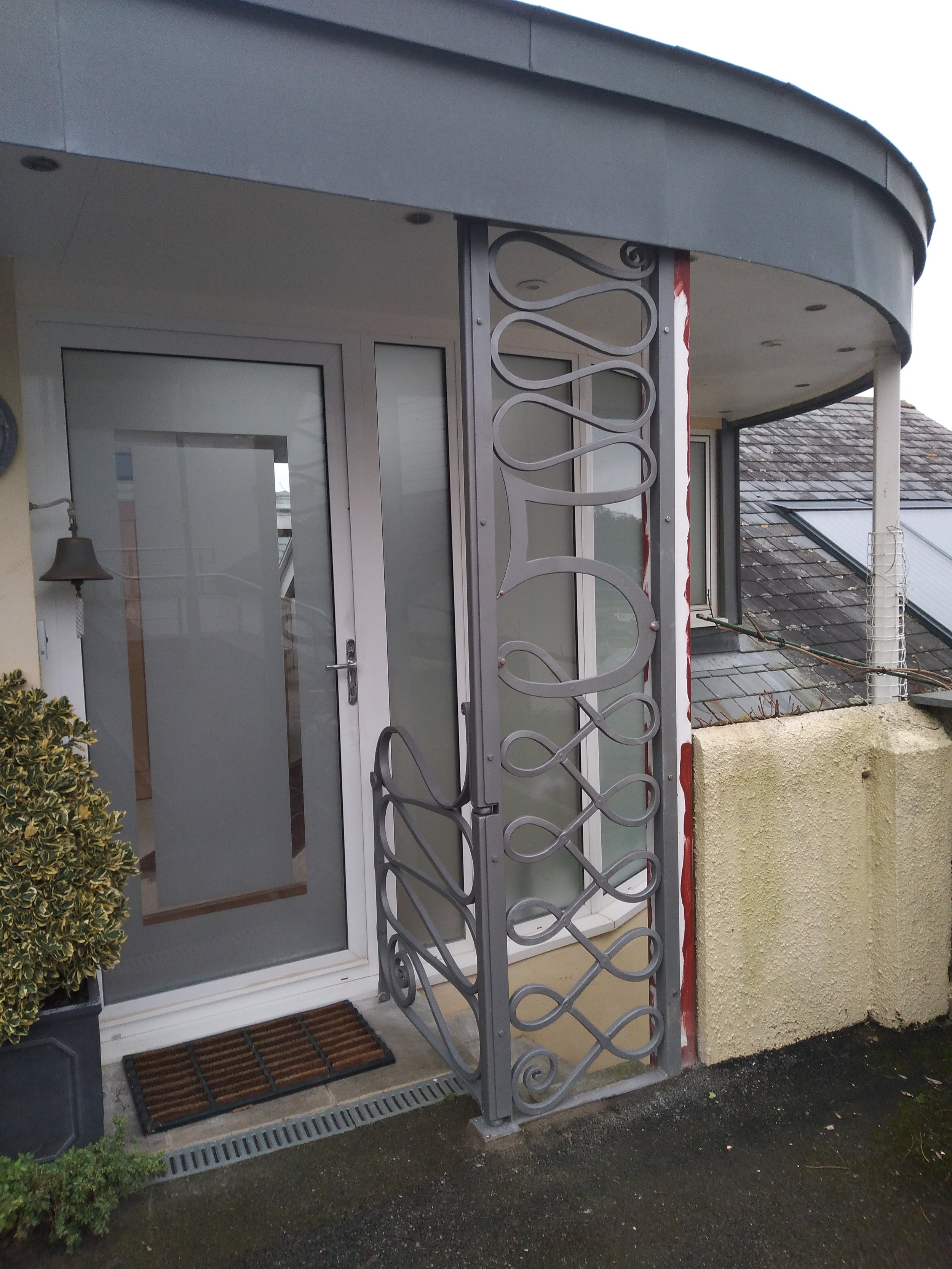
'No 5' screen and gate (JC)
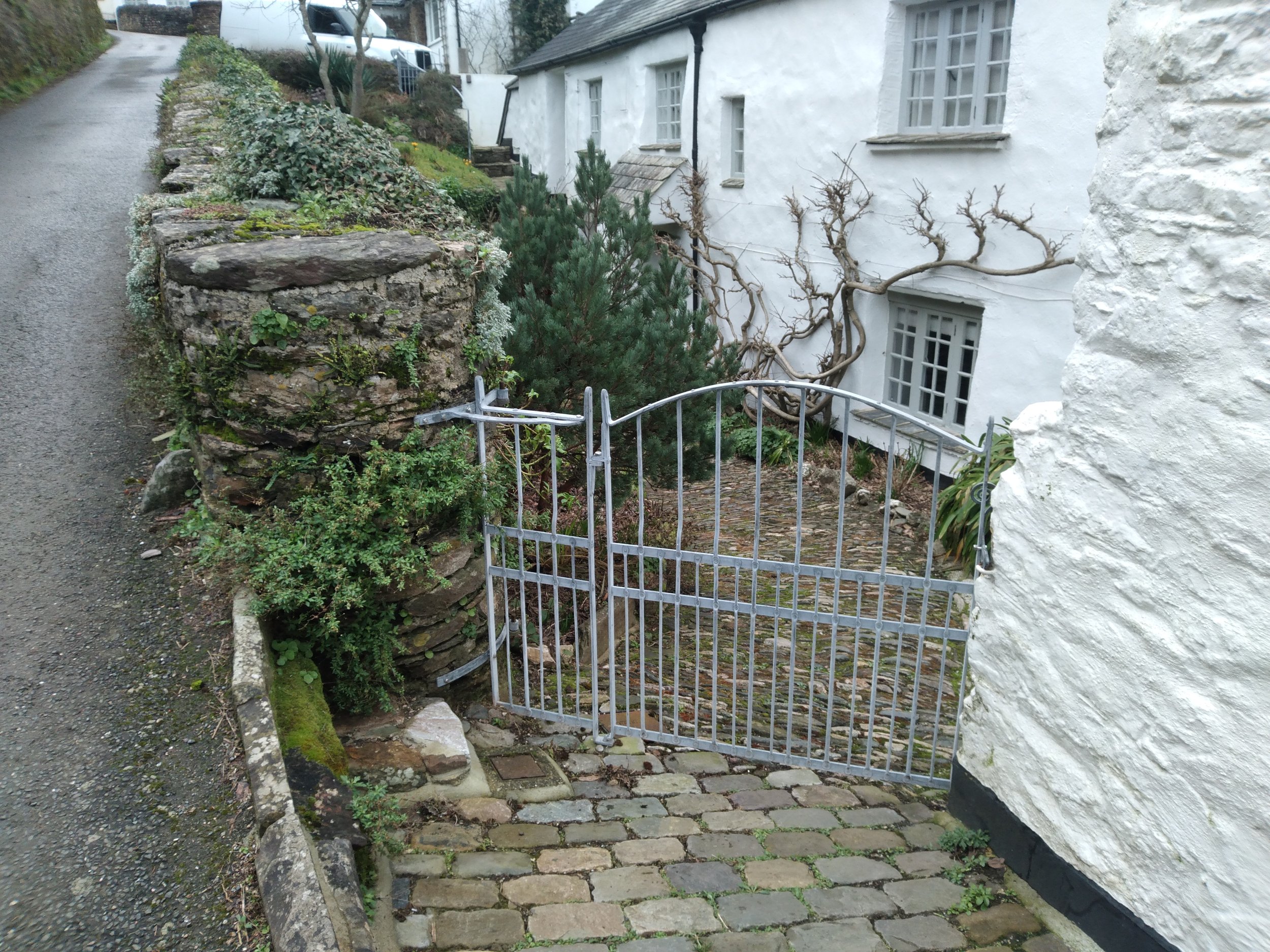
Garden gate (JC)
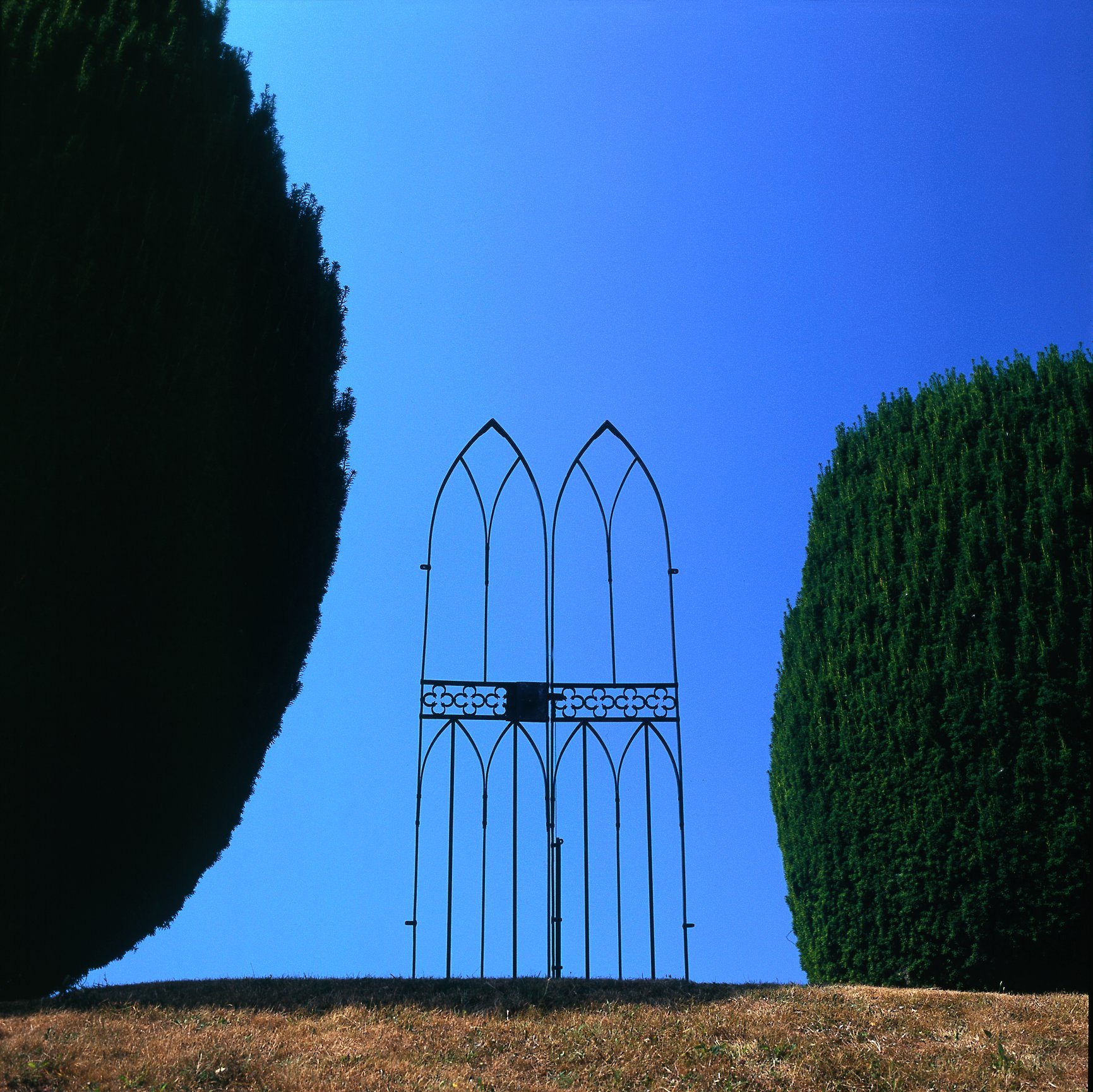
Lightweight gothic gates to Orangery (JC)
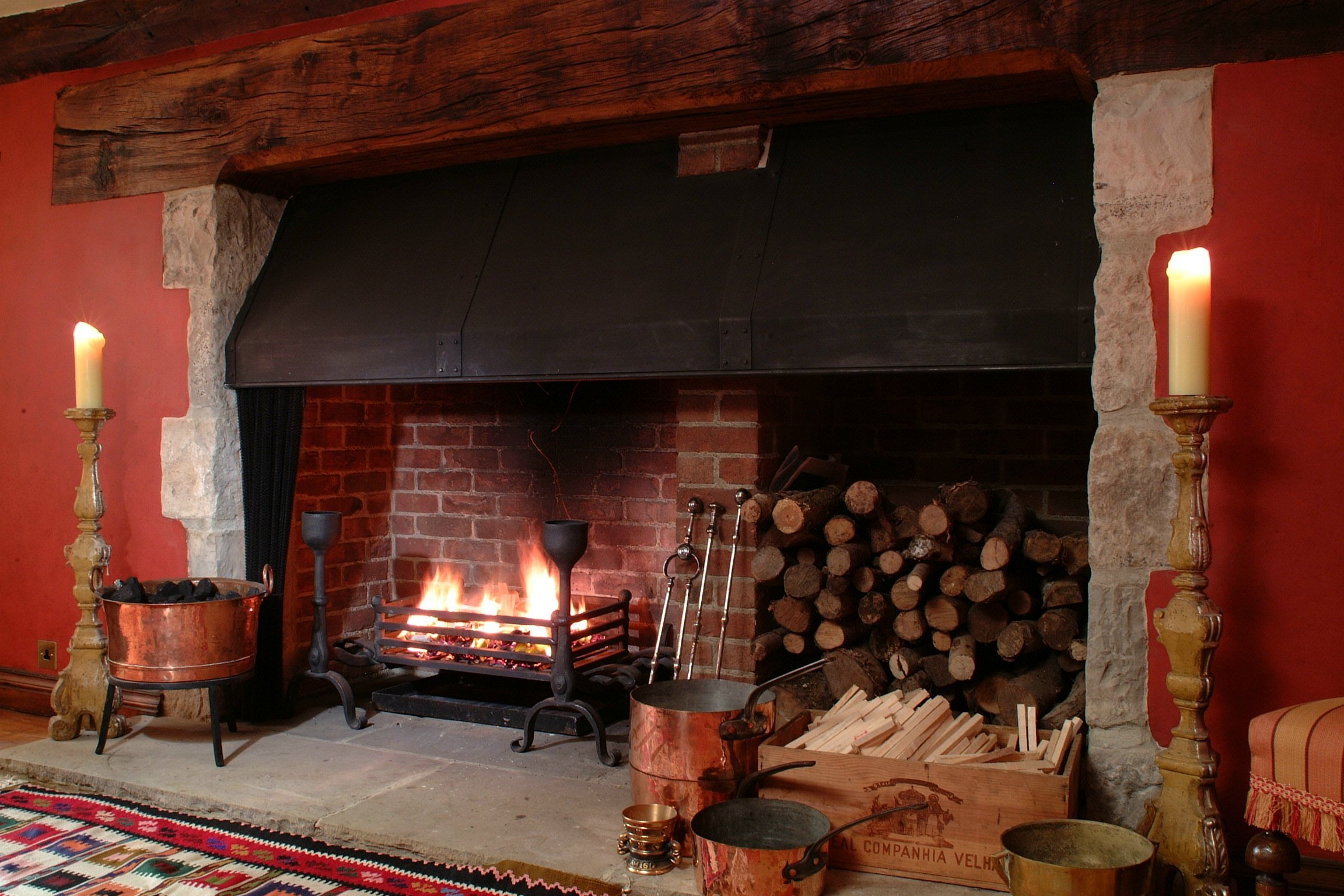
Andirons, firebasket and hood (JC)

Gates for artists sculpture garden (Design Peter Randall Page, executed and detailed JC and Tom Shanahan)
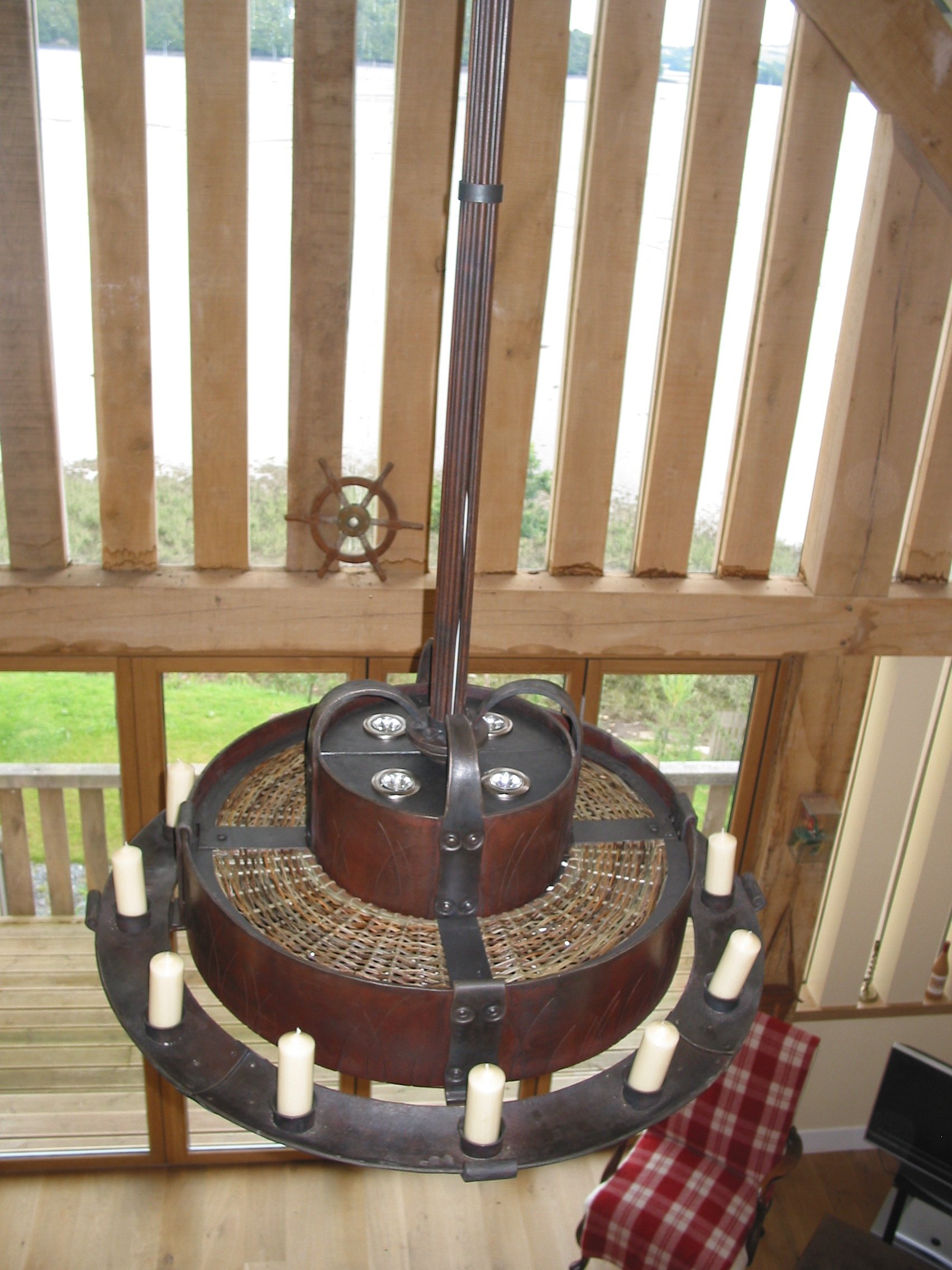
chandelier for electric downlights and candles (JC)
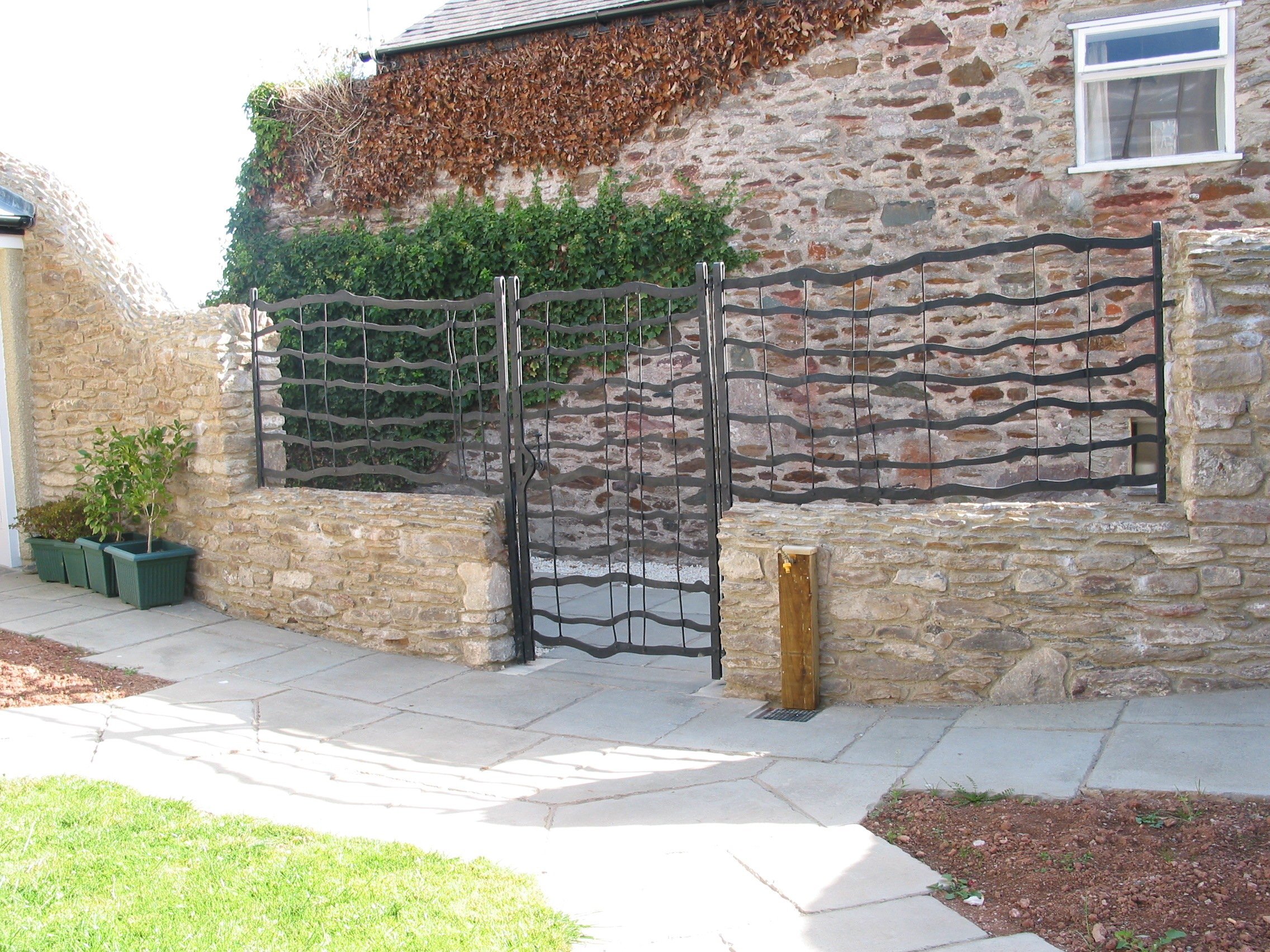
Woven screens and pedestrian gate (JC)
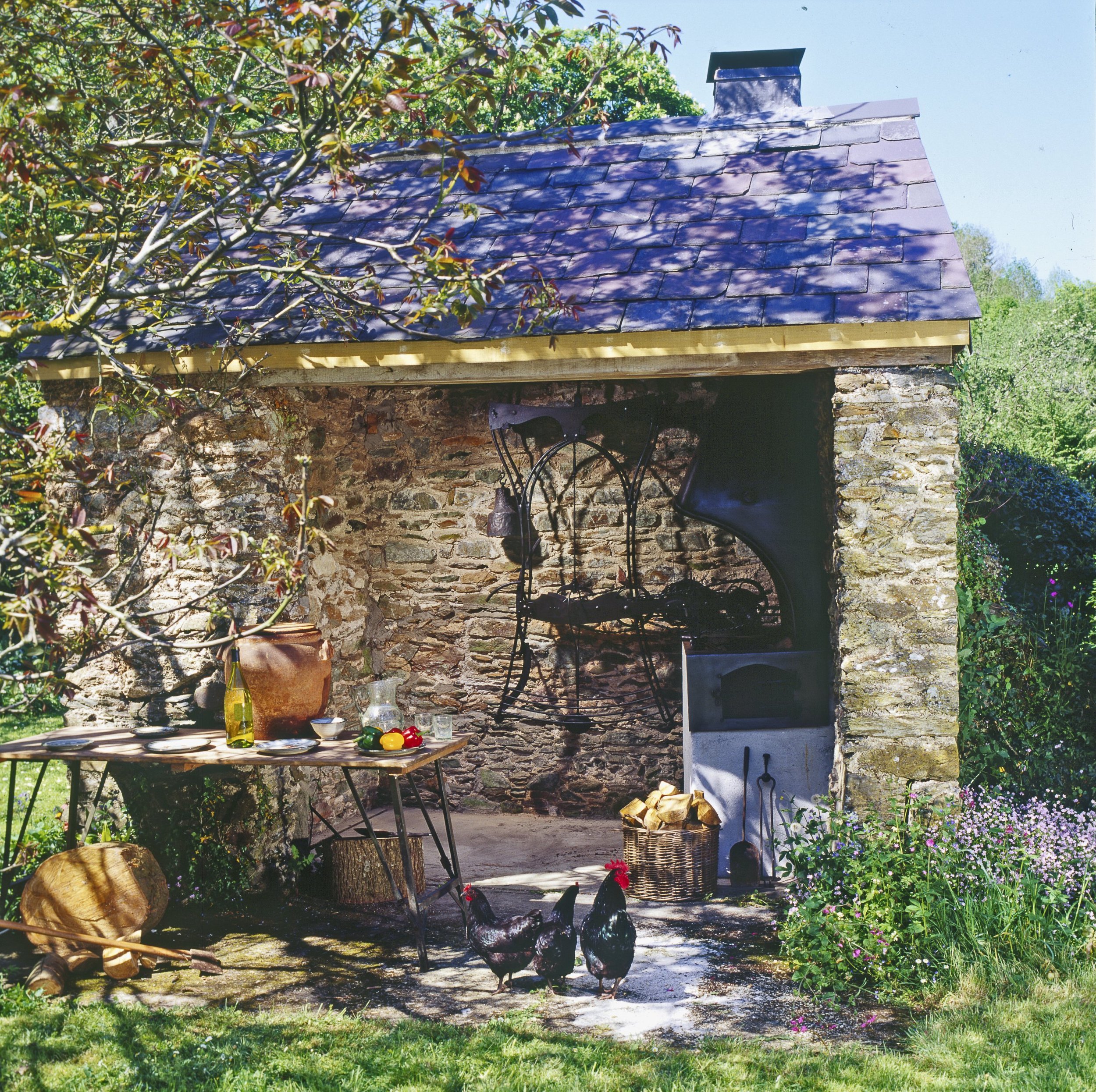
Clockwork Barbecue (JC)
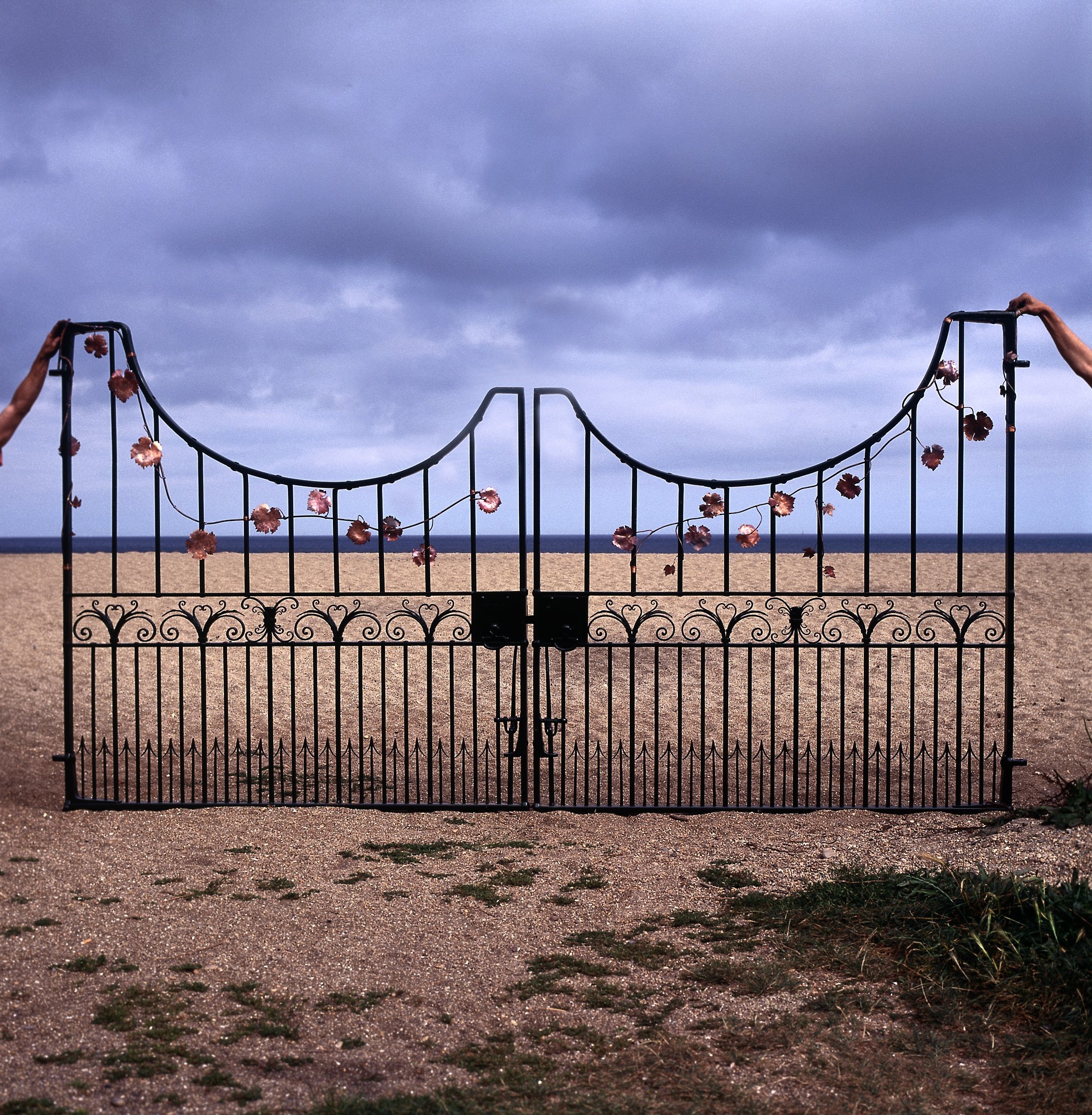
Entrance gates (JC)
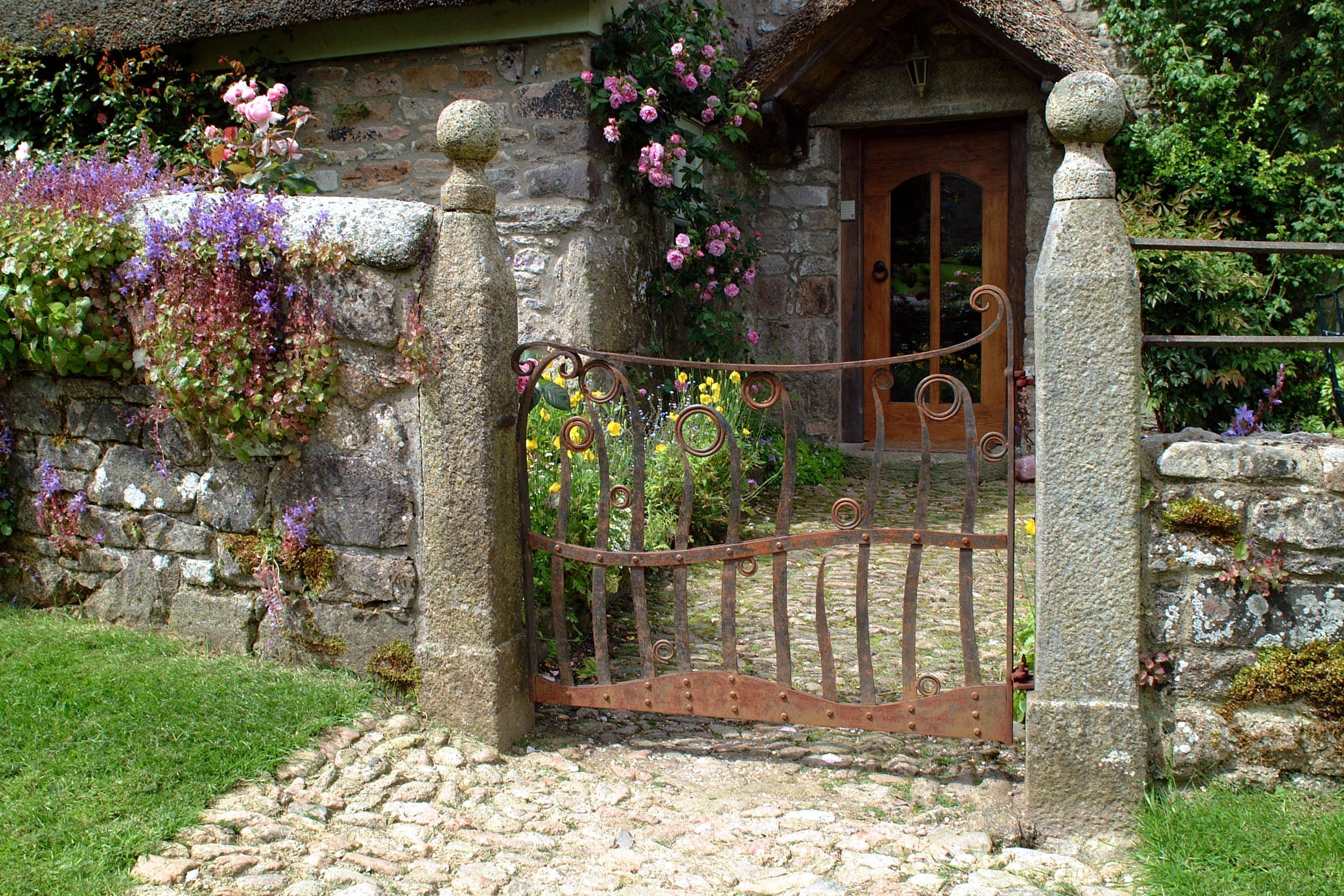
Bubbles and seagrass garden gate (from clients initial idea, JC)
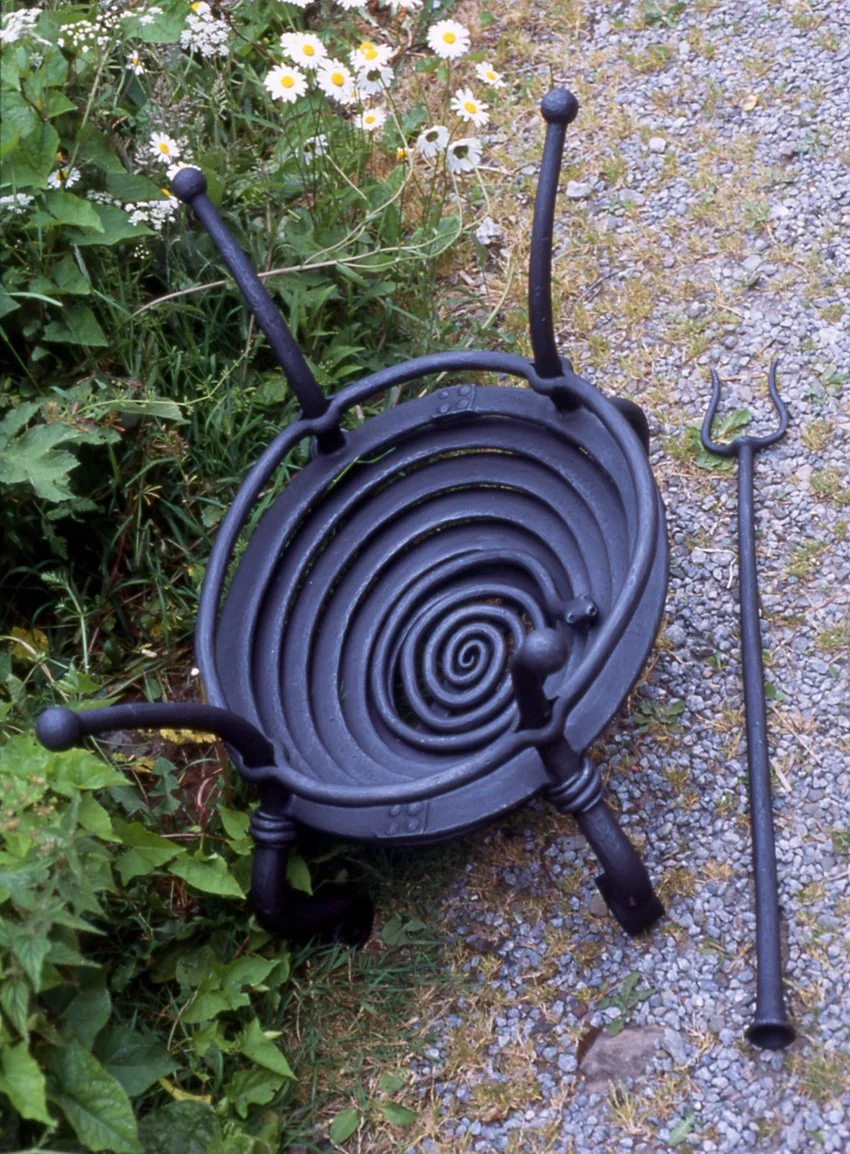
Firebasket and blowfork (JC)
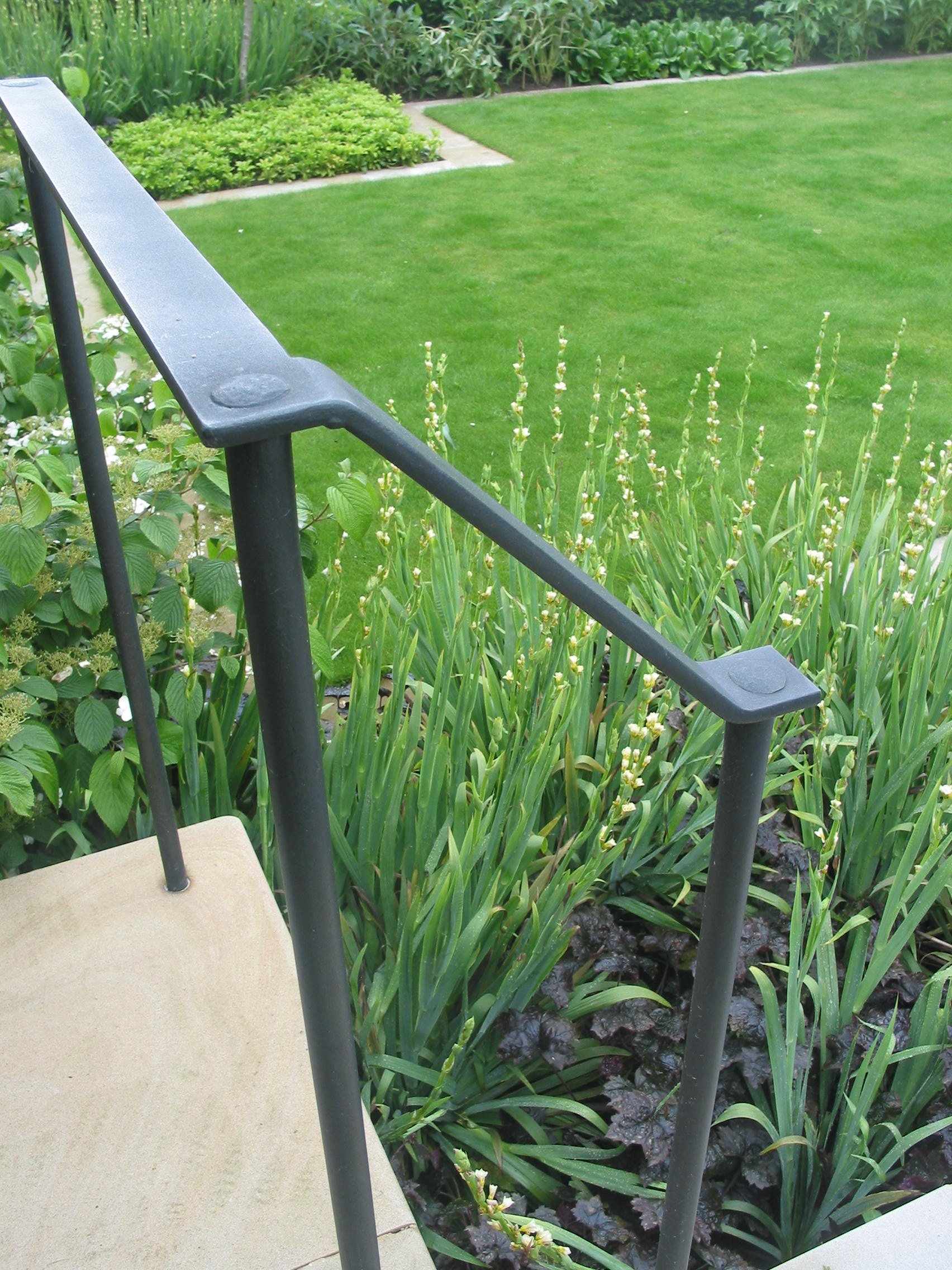
Flatbar handrails (design Simon Foot of Janine Stone, executed JC)
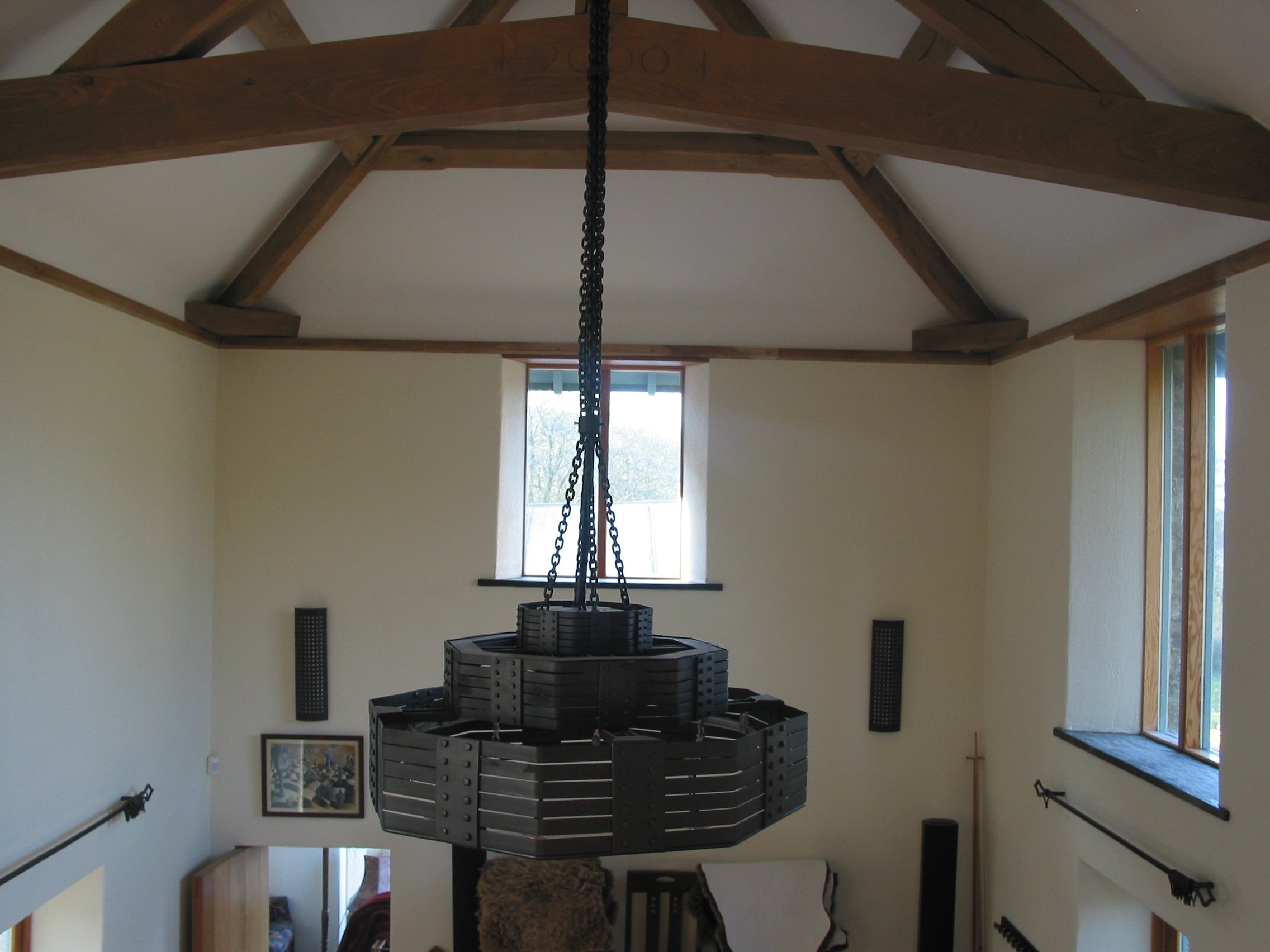
octagonal chandelier (JC)
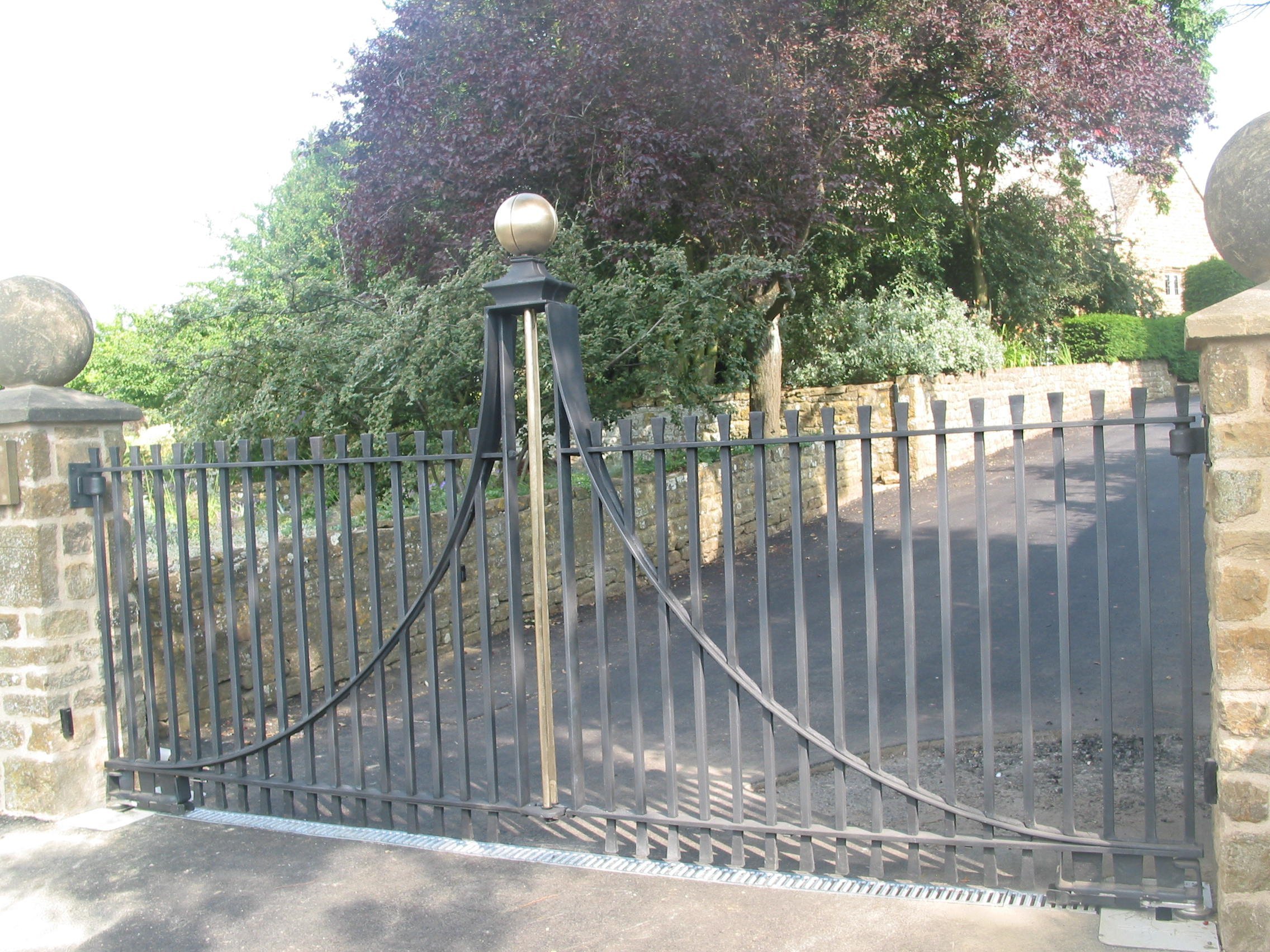
gates with bronze finial (design Simon Foot of Janine Stone, detail and executed JC)
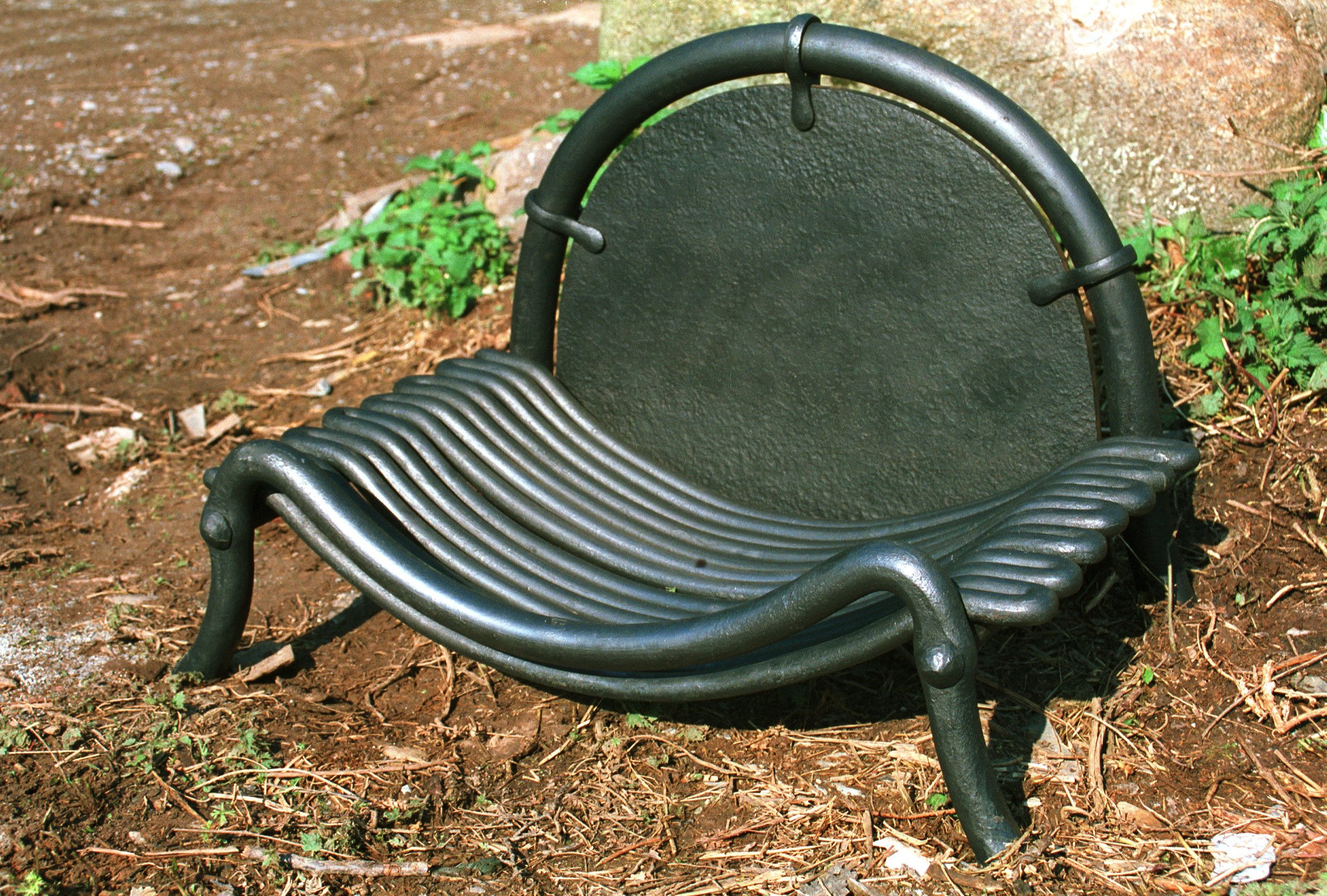
Slumped fire basket (JC)
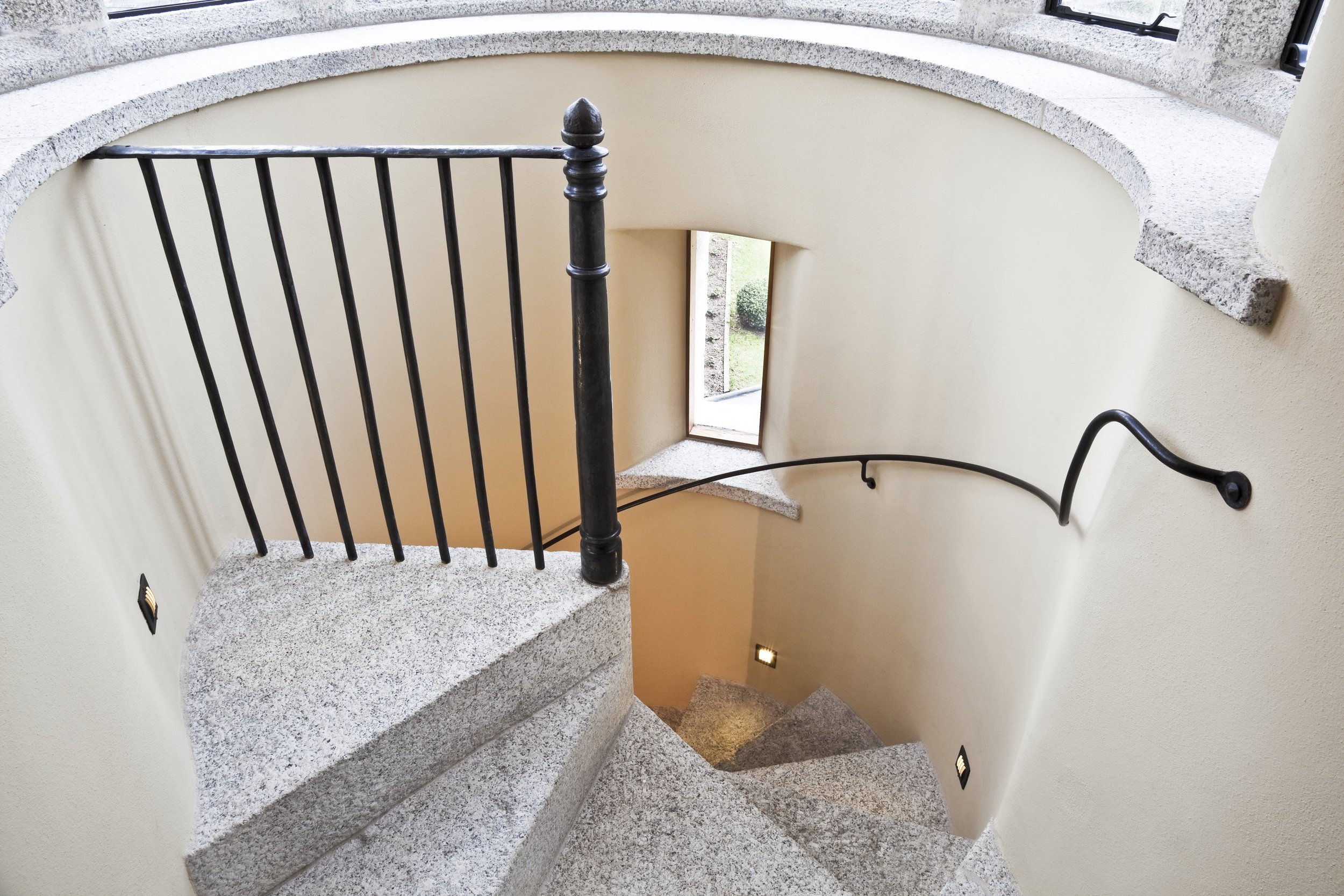
Stairwell guard and rail (JC)
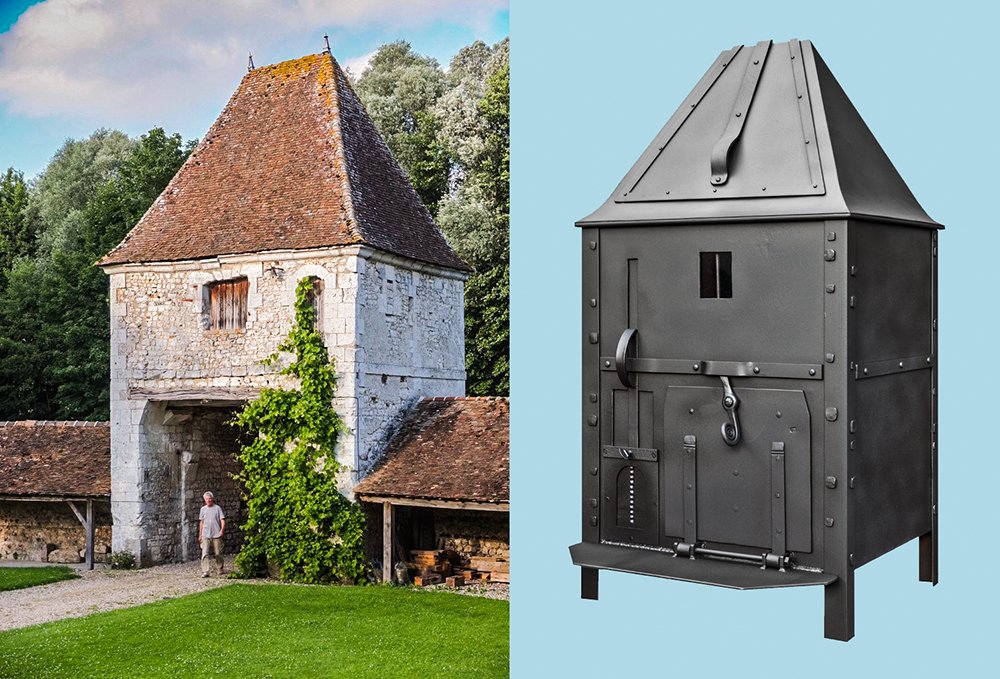
Wood burning Chateau (JC)
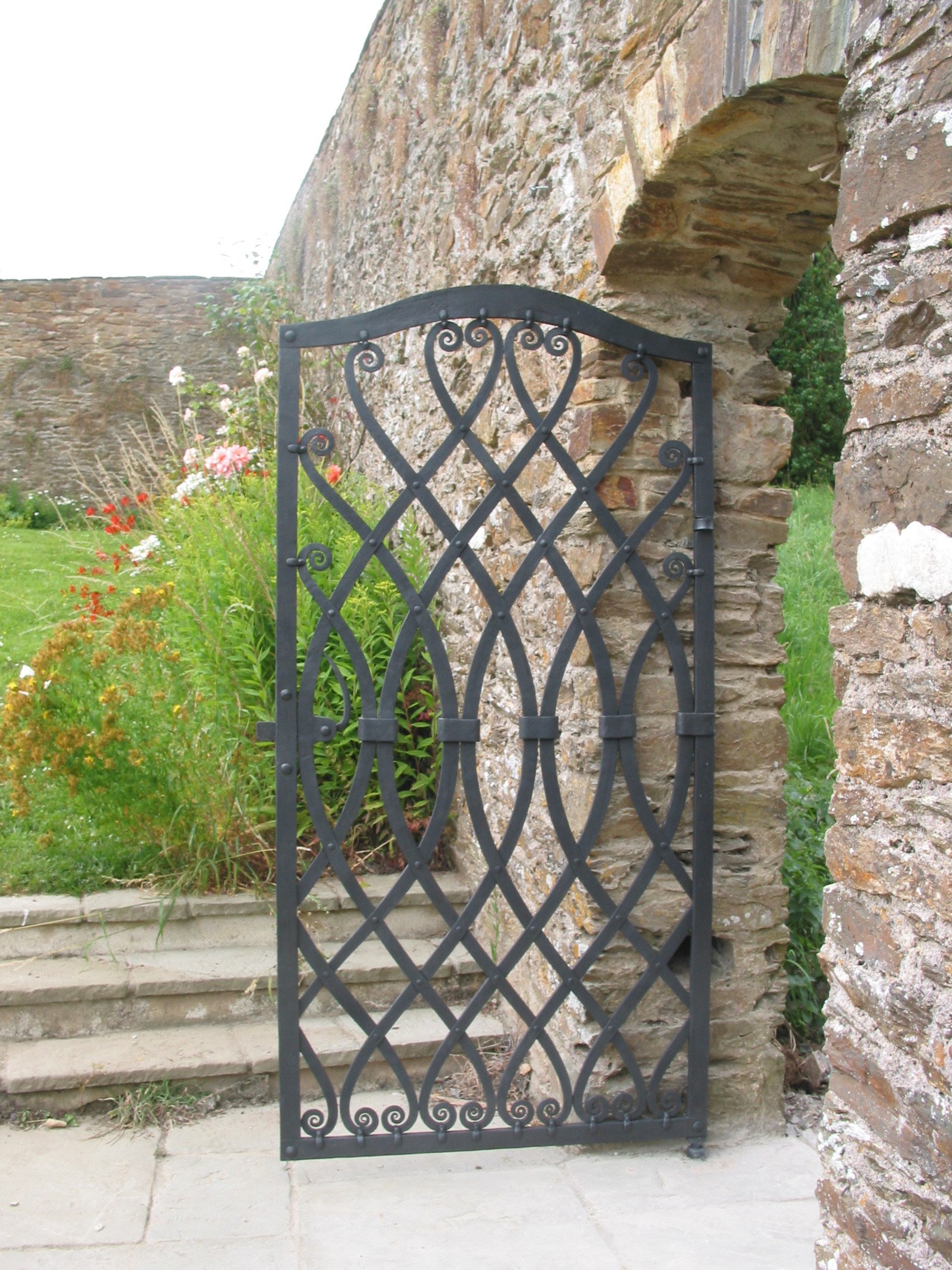
Woven gate (from suggestion by client, designed and executed JC)
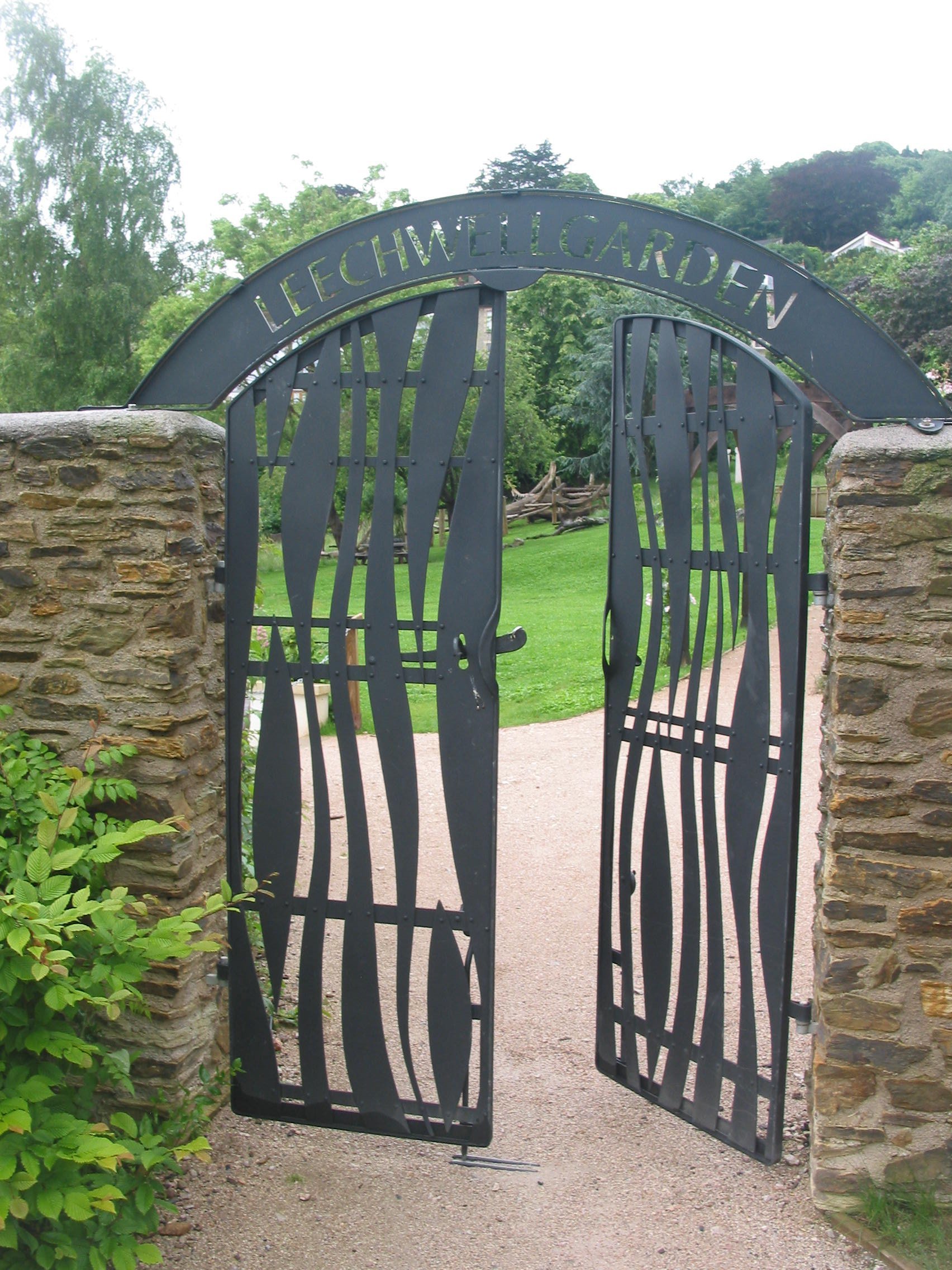
Leechwell gates (JC)
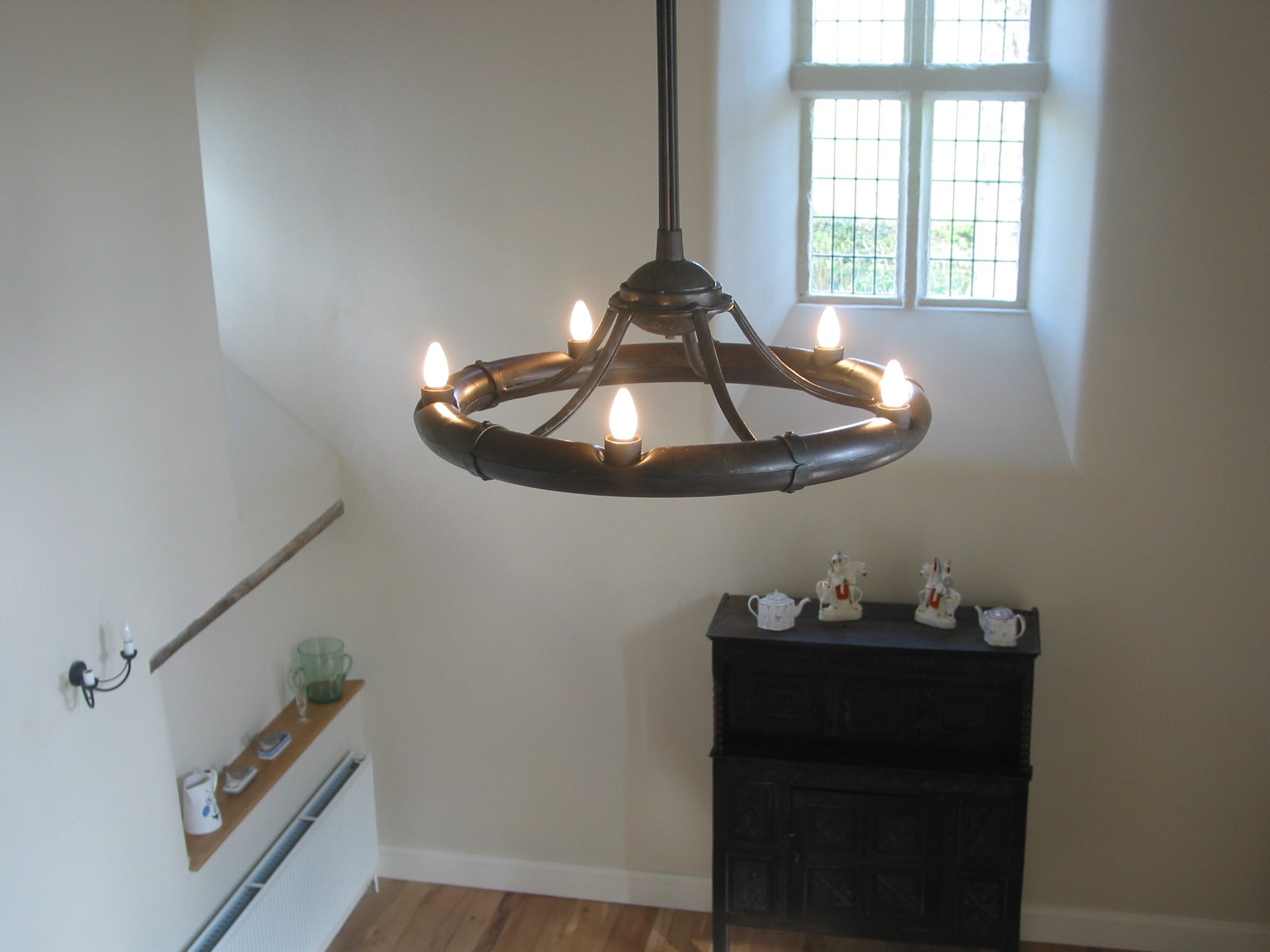
Forged tube chandelier (JC)
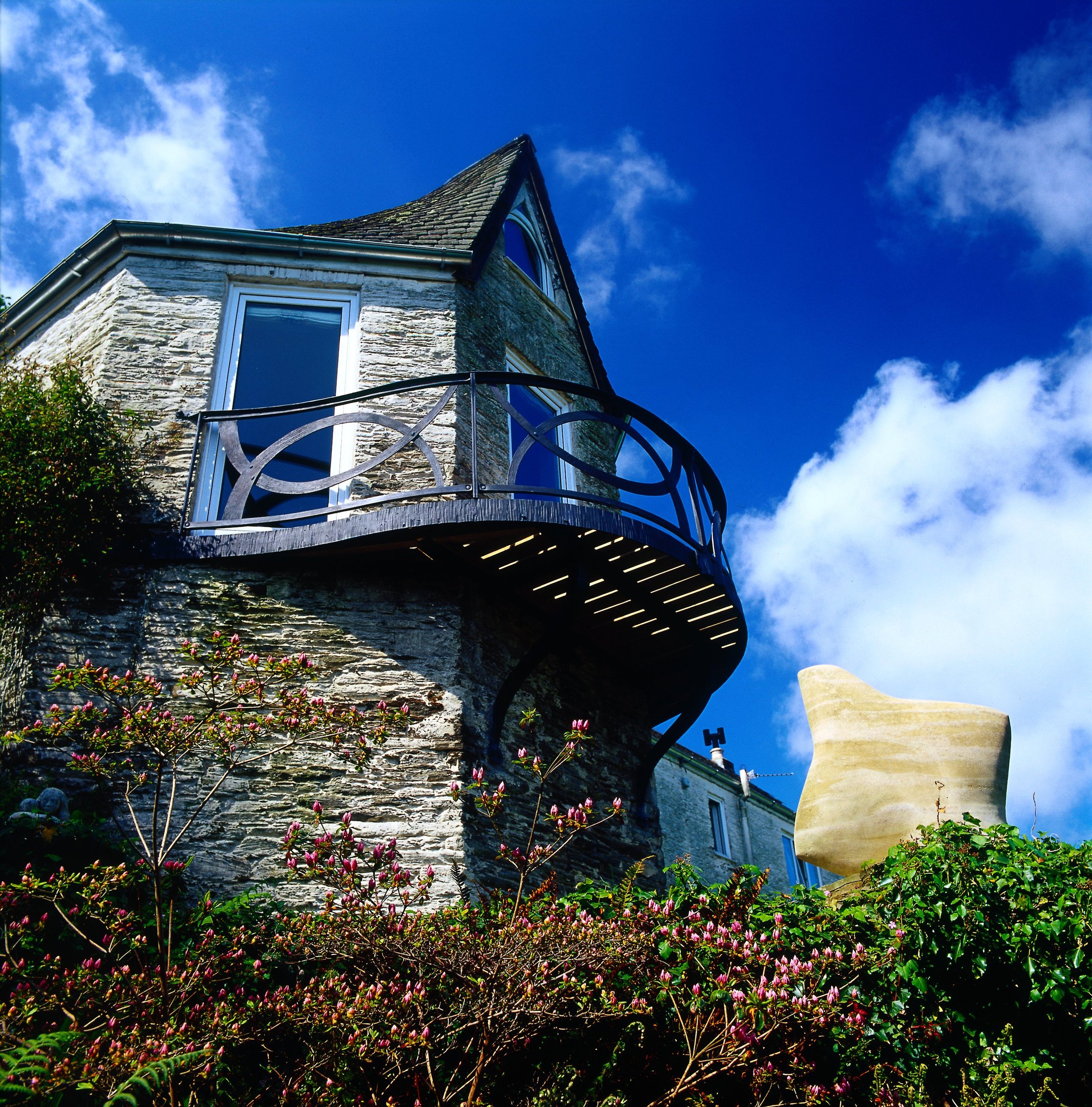
Forged balcony (design JC, executed JC, J Hopper and R Wood))
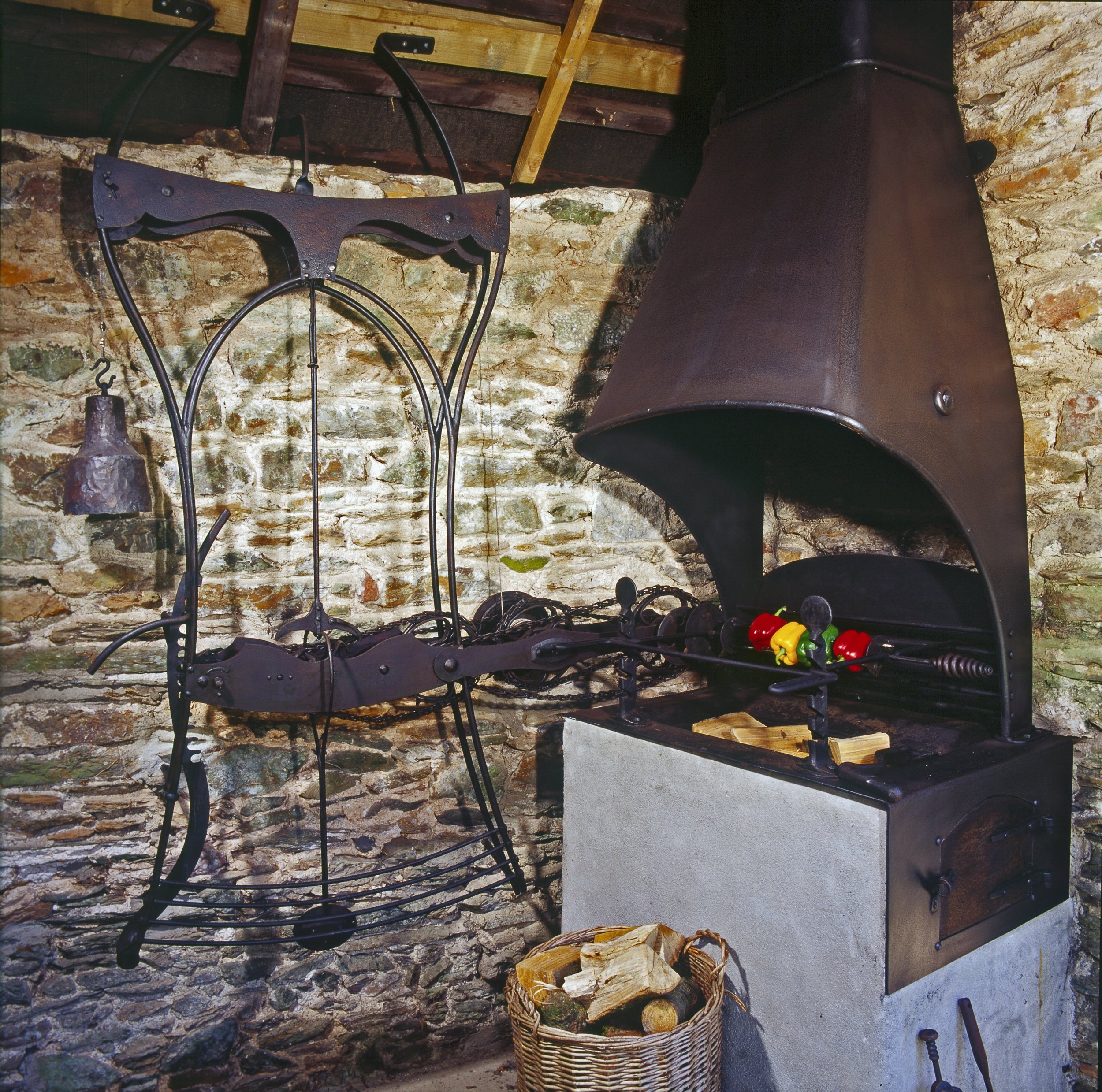
Clockwork barbecue (JC)
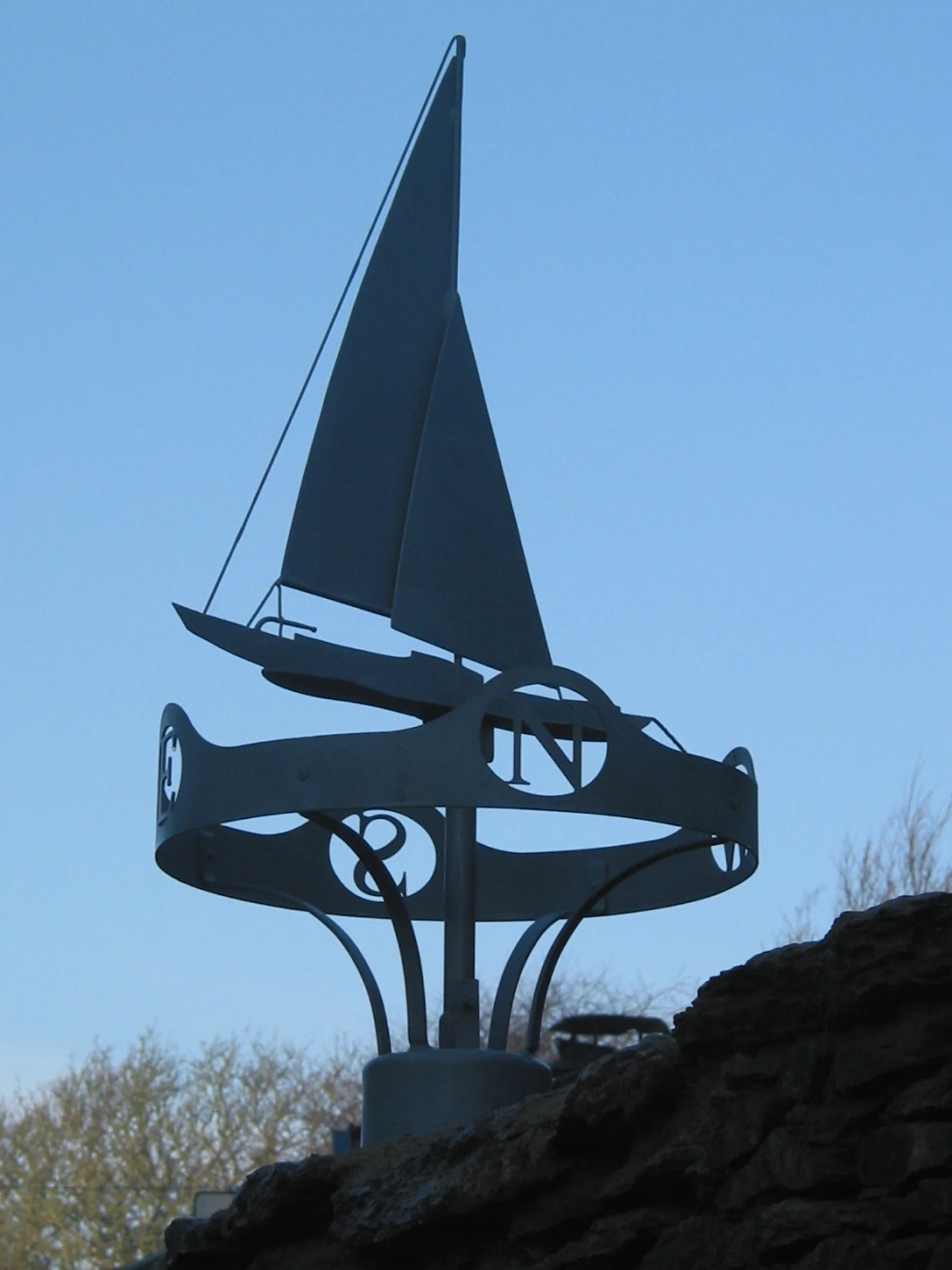
Dragon weathervane (JC)
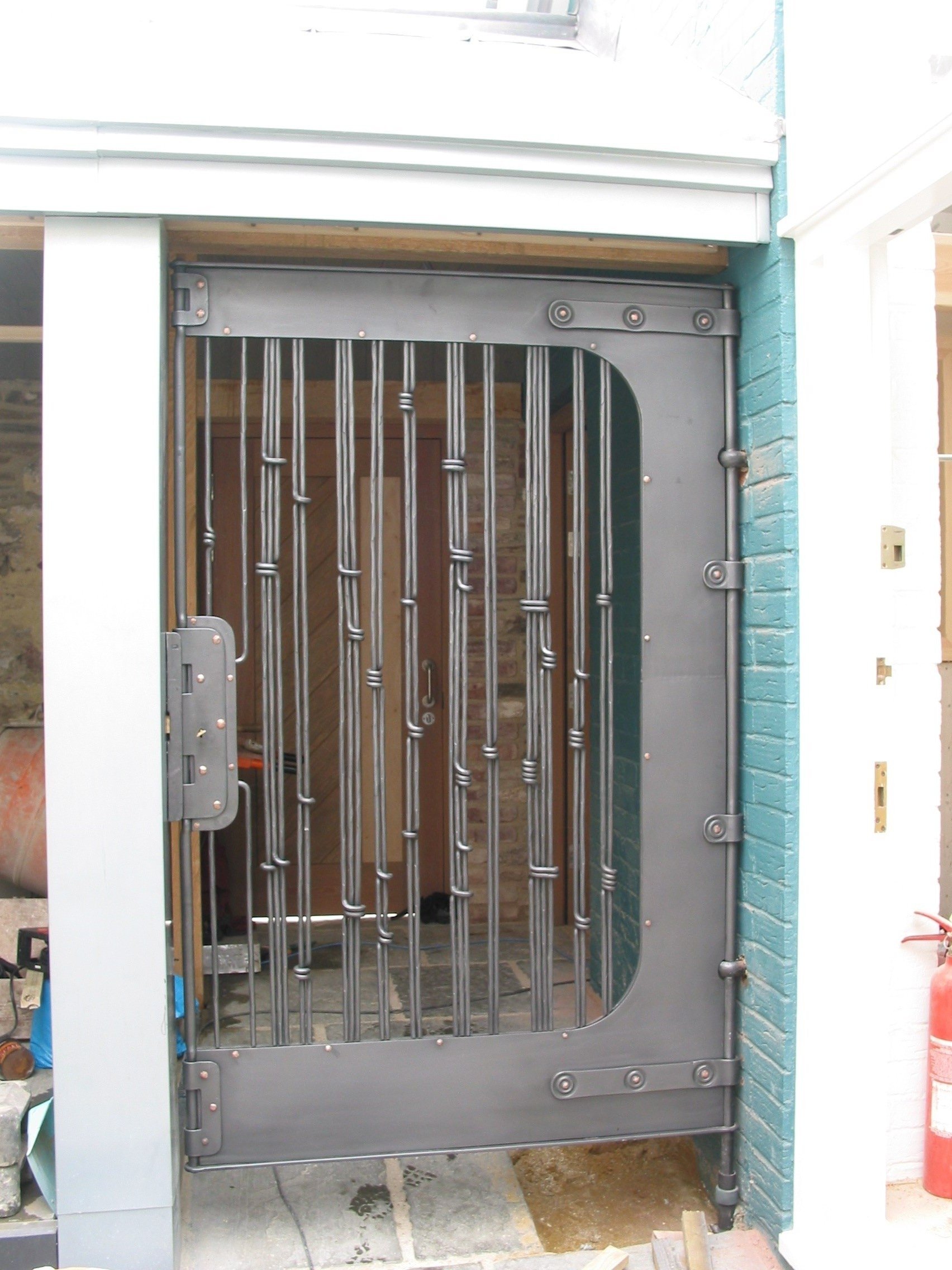
Knotted gate ( JC)
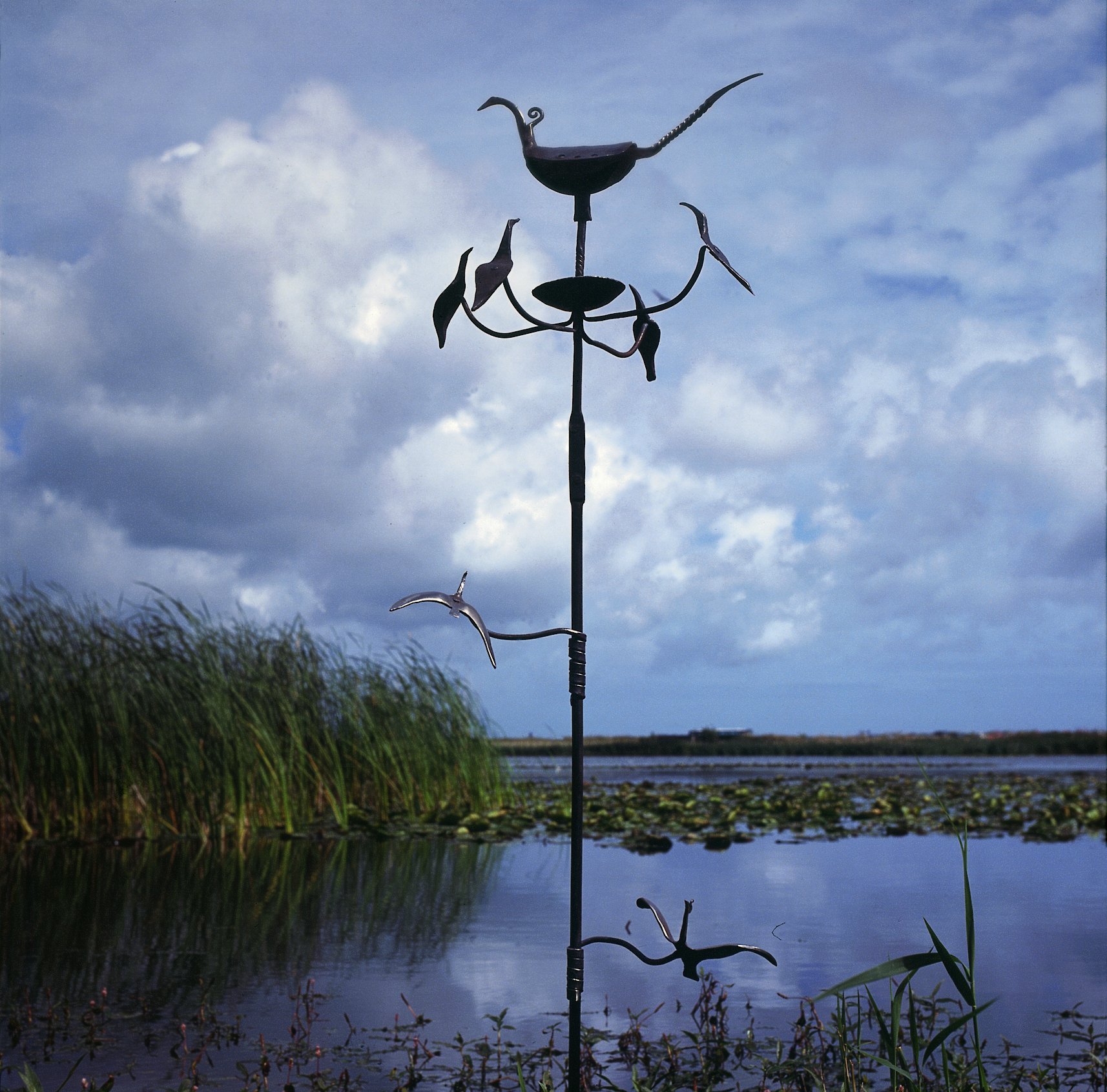
Bird sculpture (in style of Nigerian traditional totems, as described by Anthony Harrison, interpreted and executed JC)
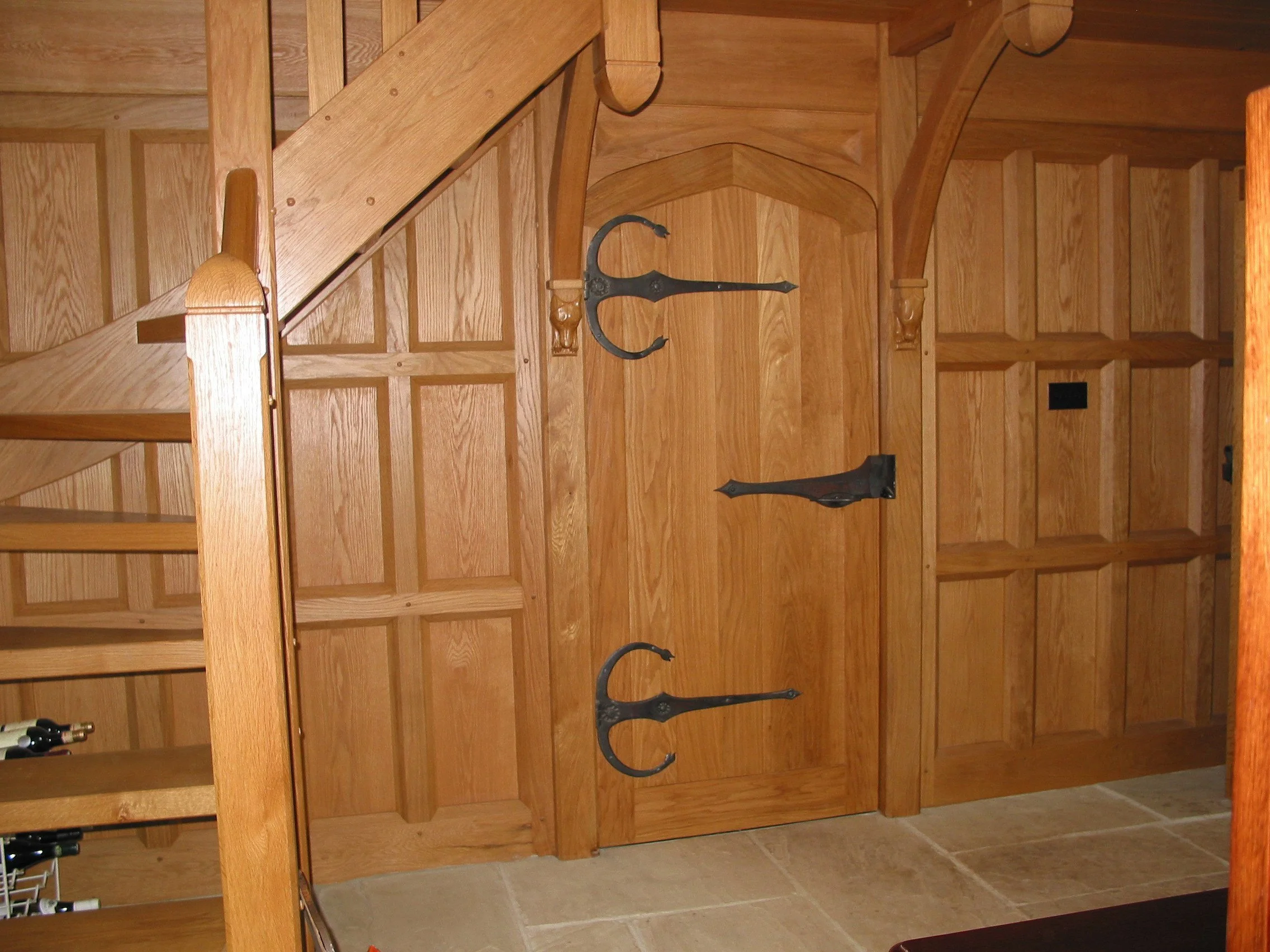
Banqueting hall door furniture (JC)
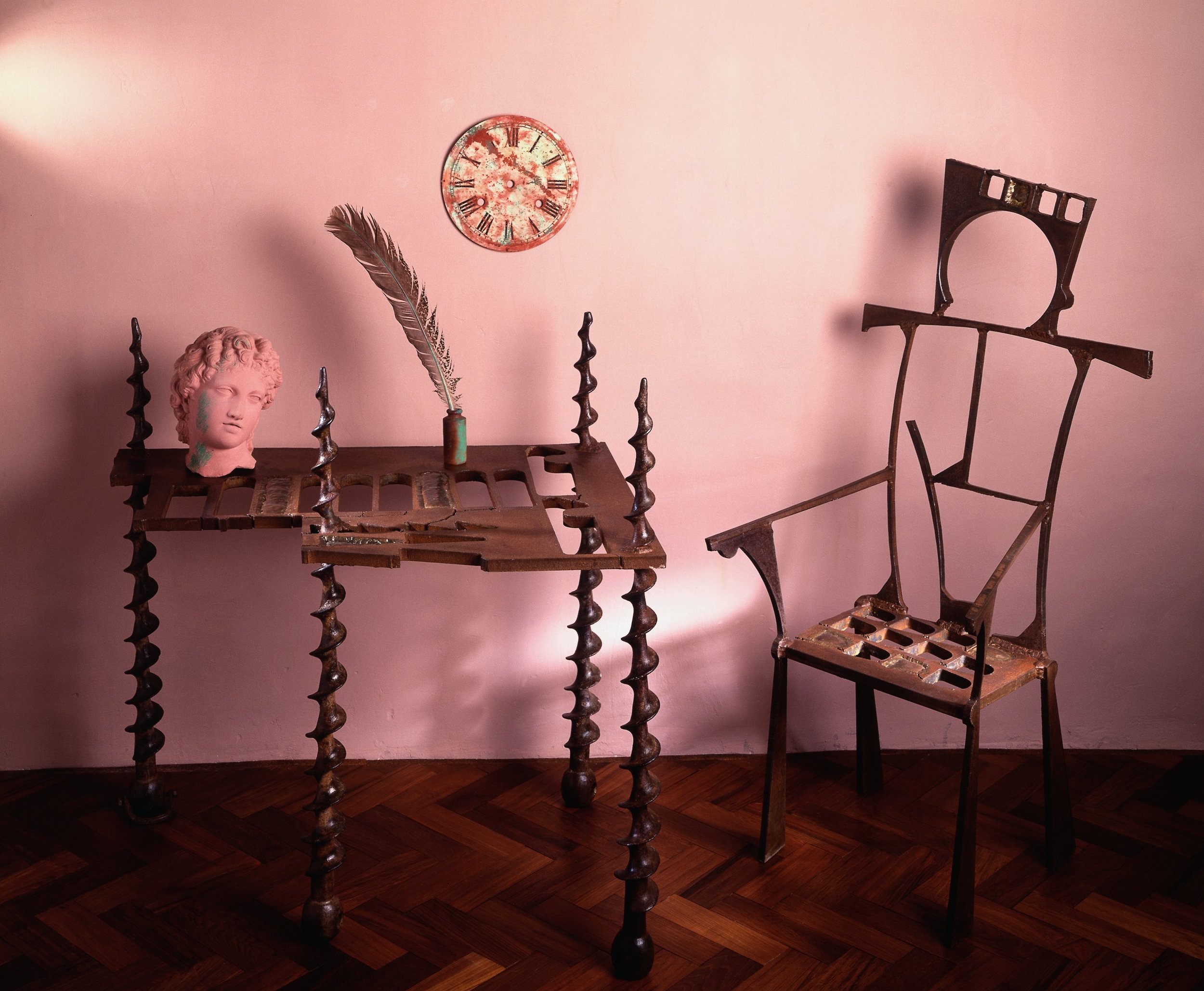
Table and chair from industrial waste (designed with Paul Biddle, photographer, executed JC)
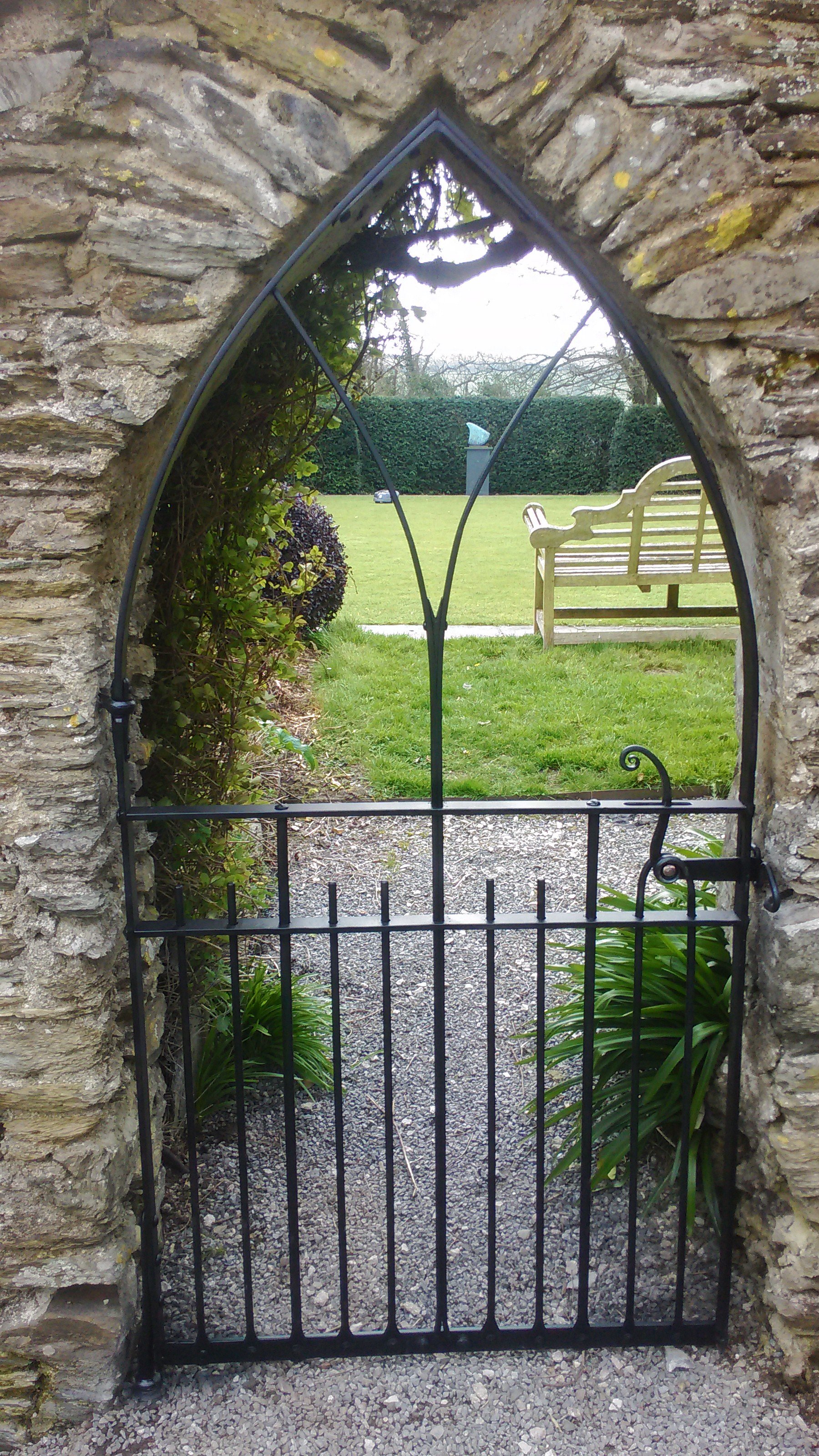
Gate to secret garden (JC)
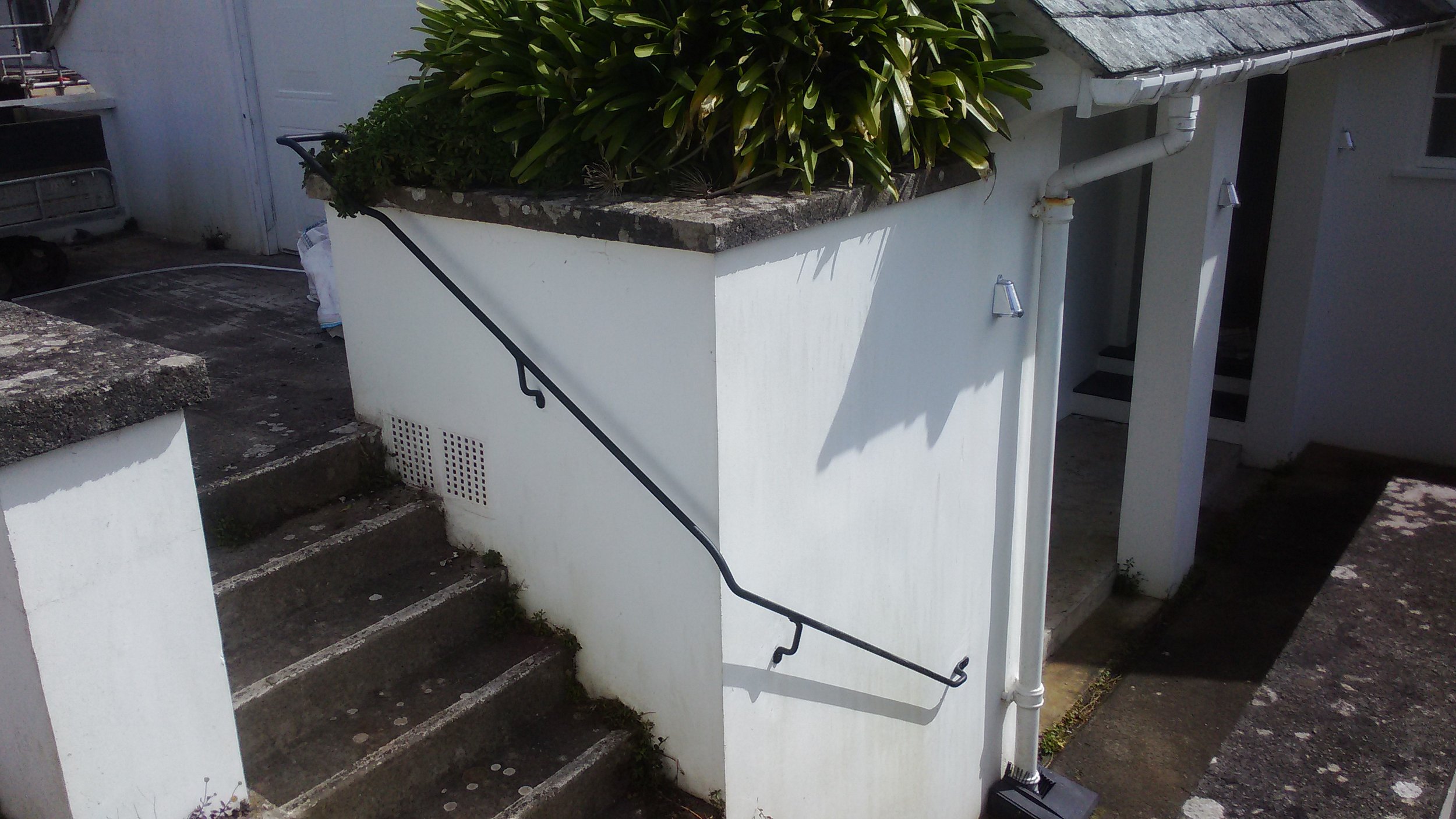
Handrail (JC)
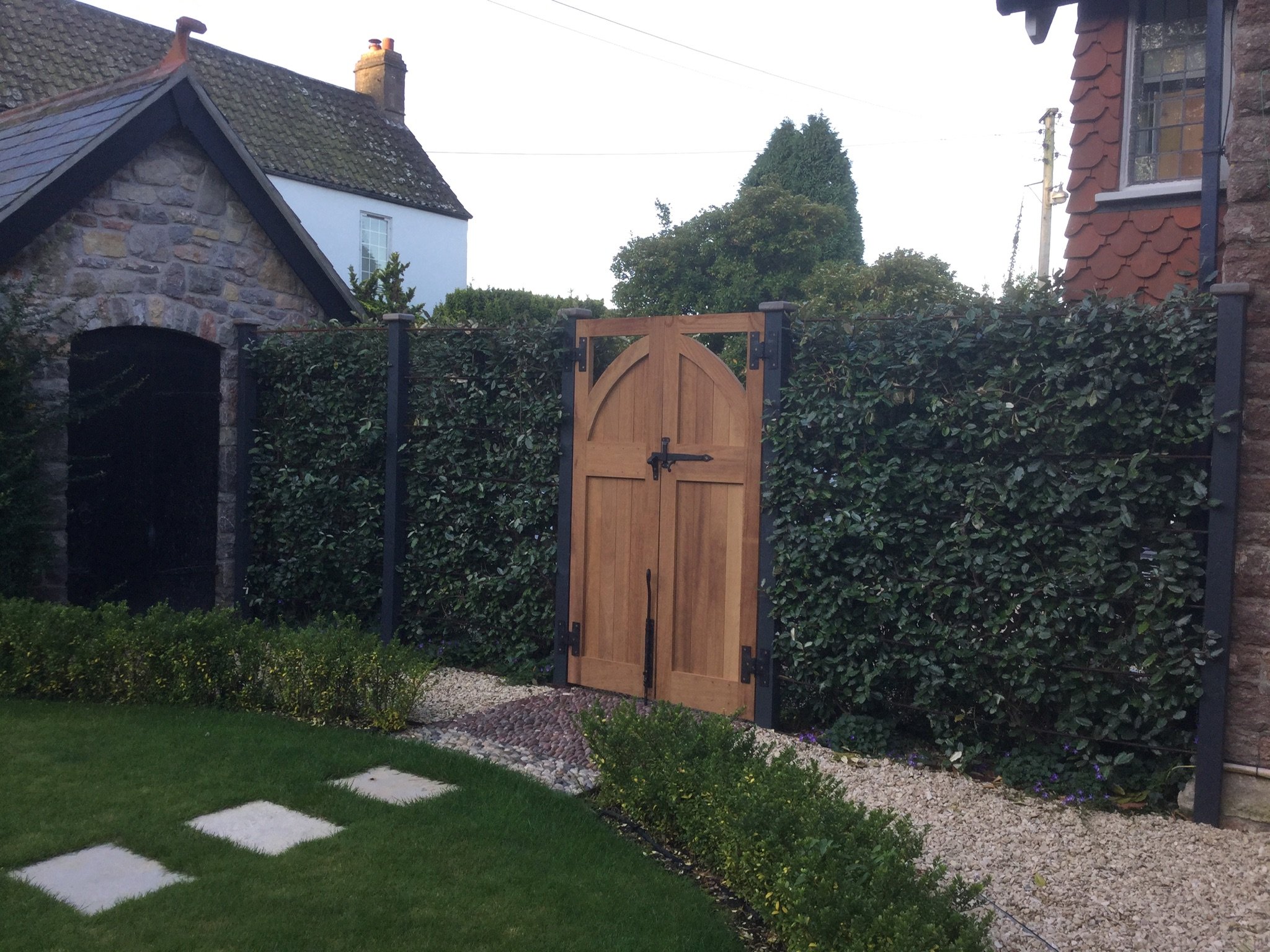
Garden gate furniture (JC)
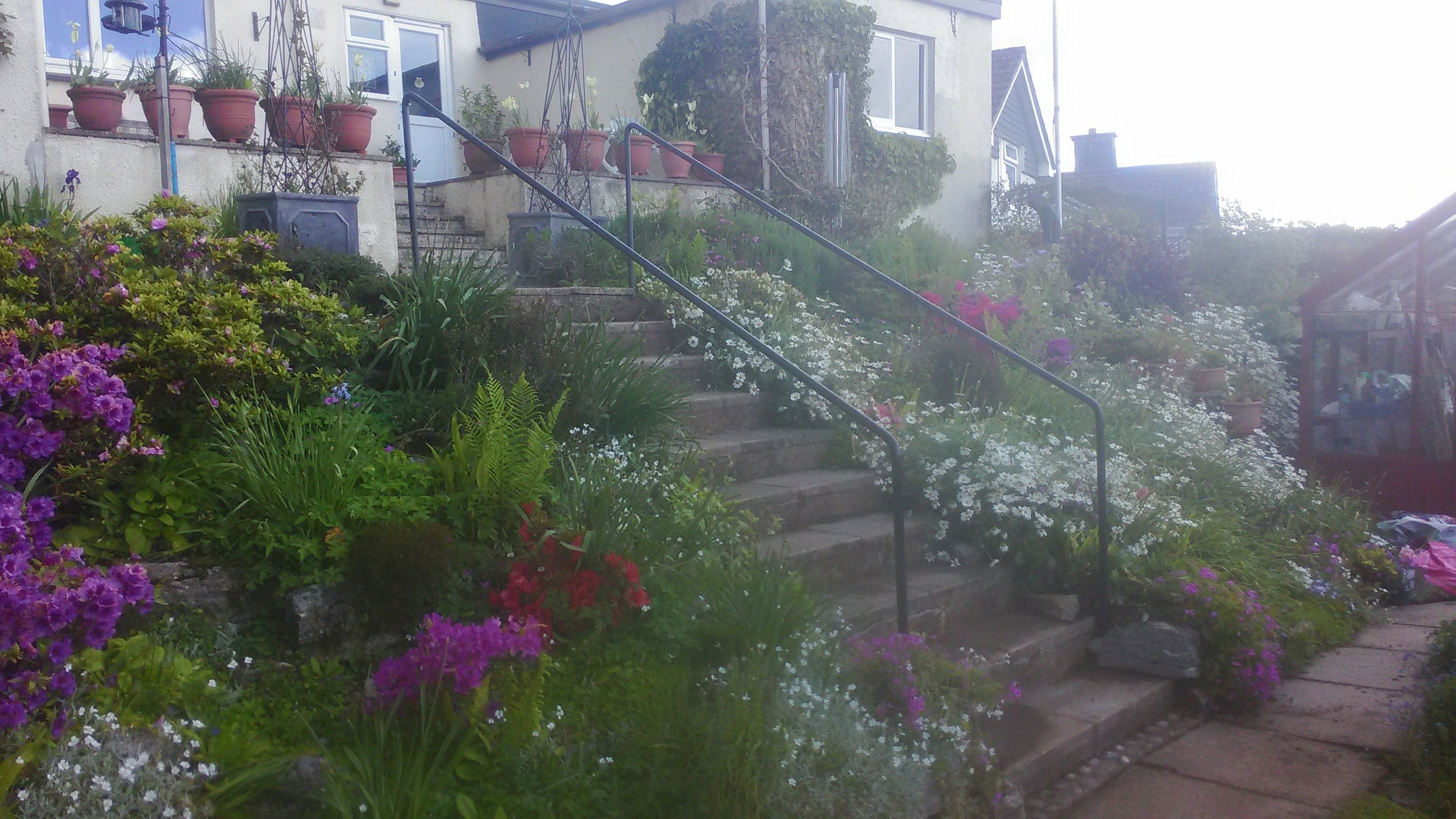
Pair simple 30mm handrails (JC)
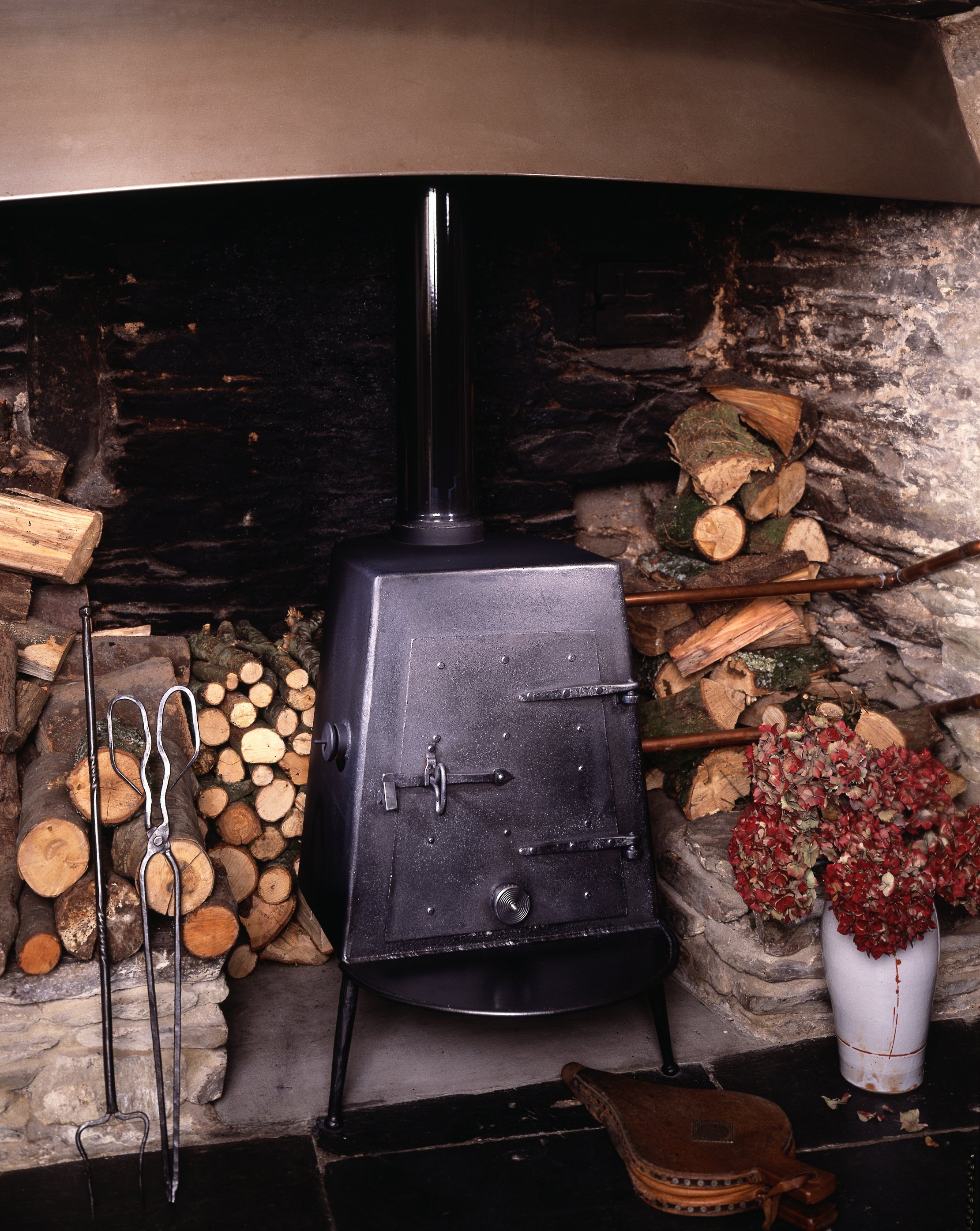
Three legged woodburner (JC)
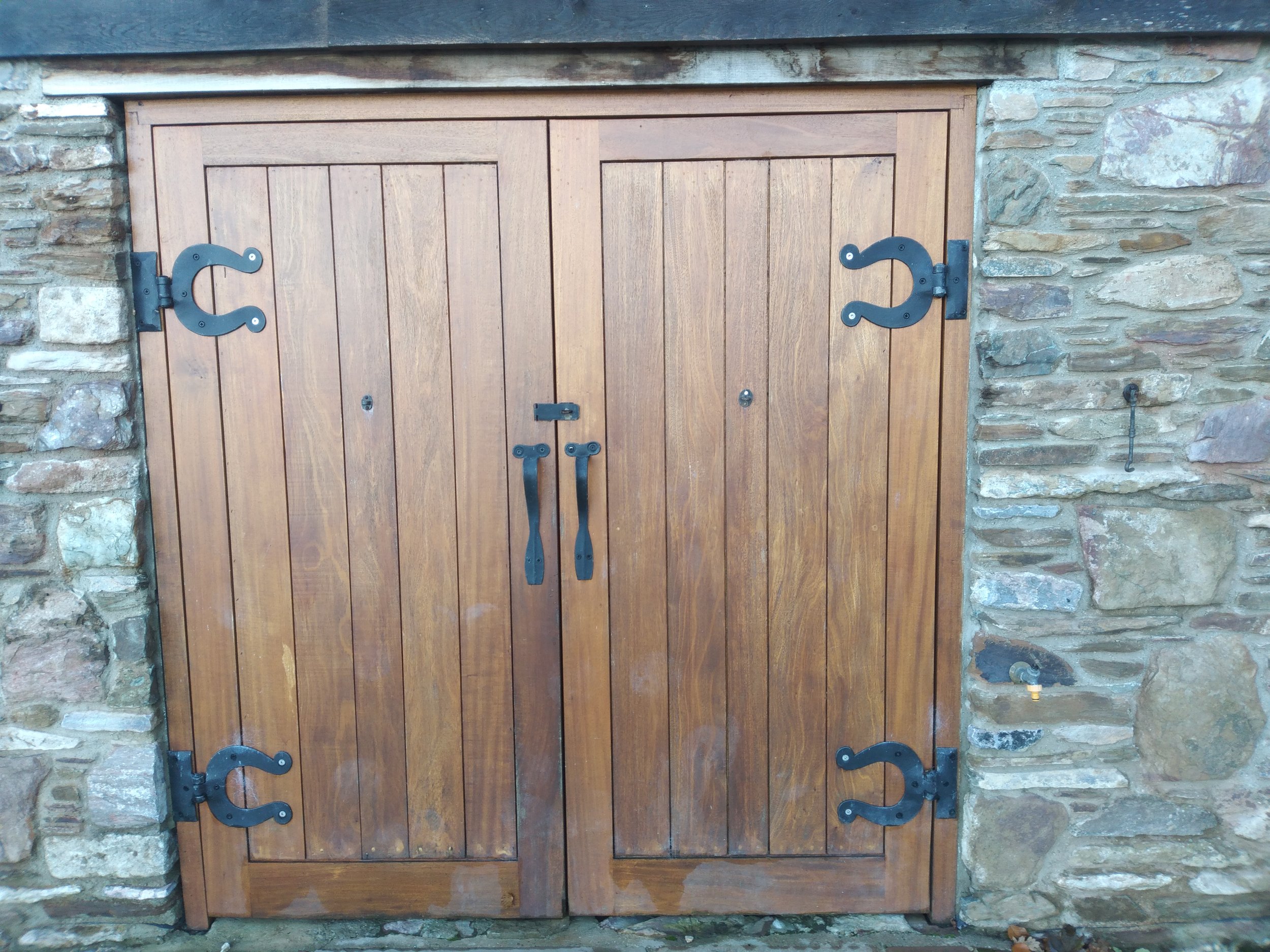
Boathouse door furniture (JC)
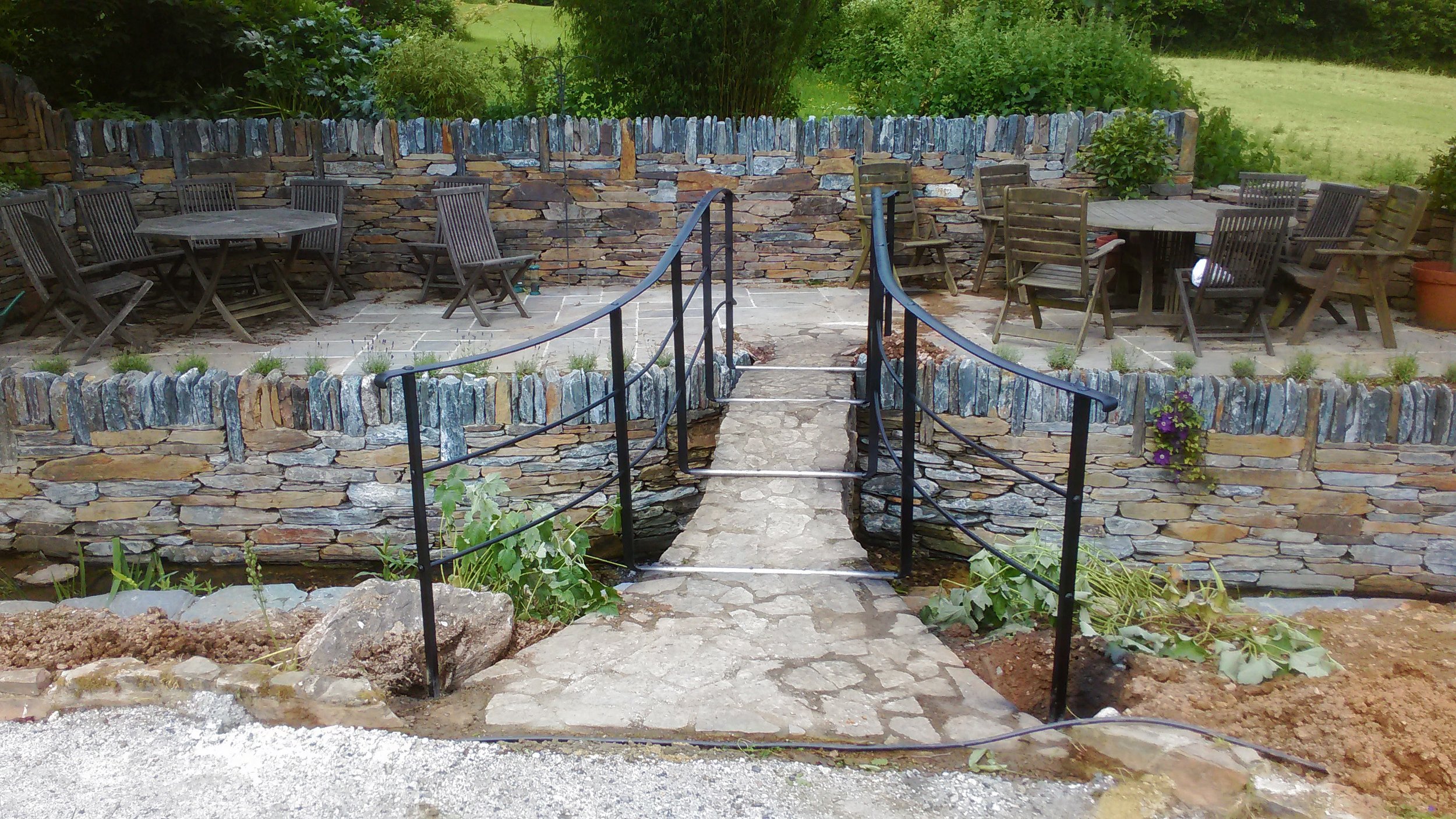
Bridge guardrails (JC)
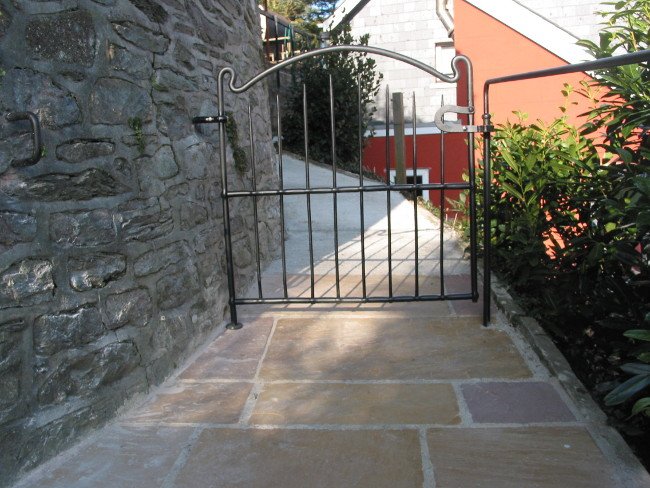
Round bar gate (JC)
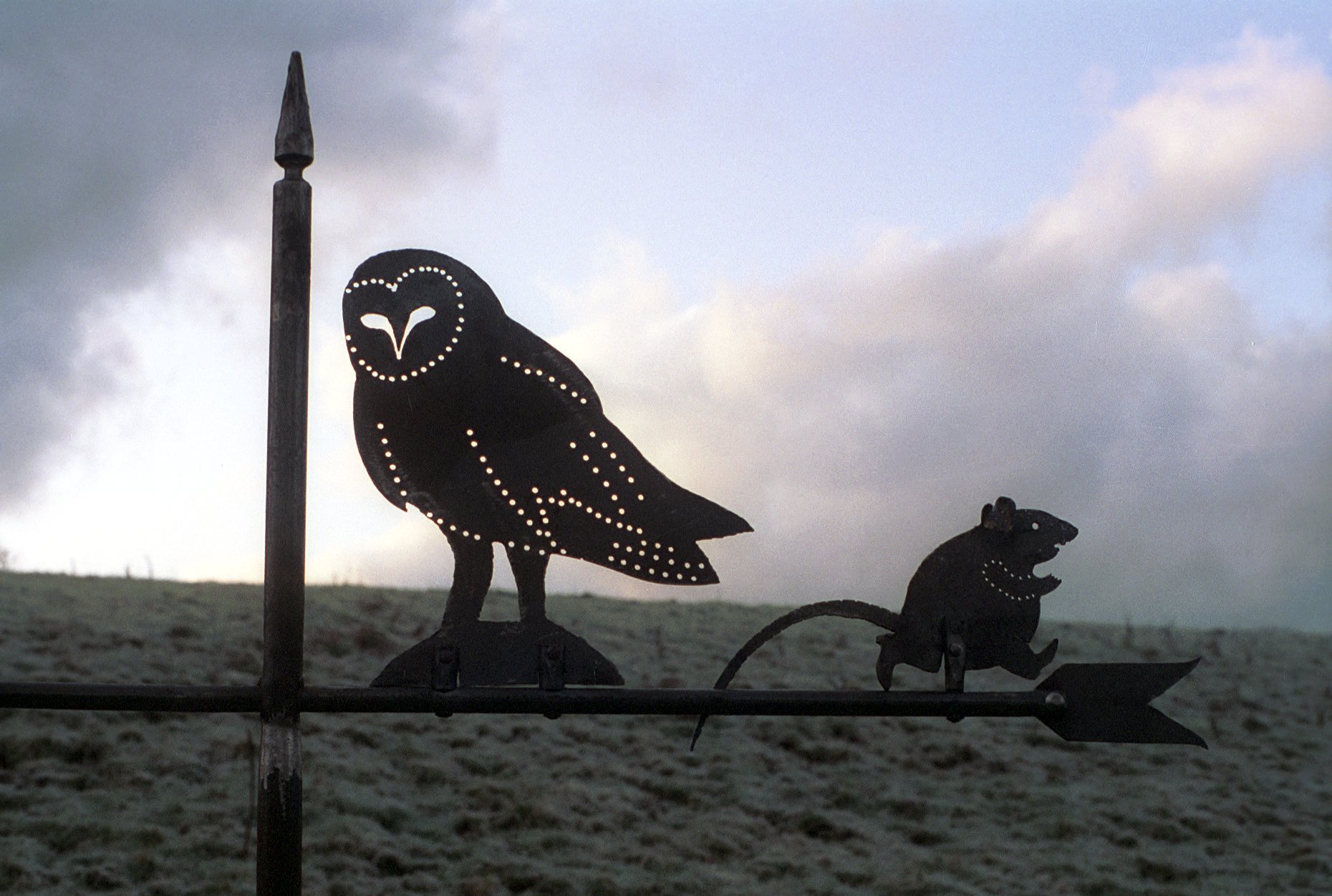
Retiring rat vane (JC)
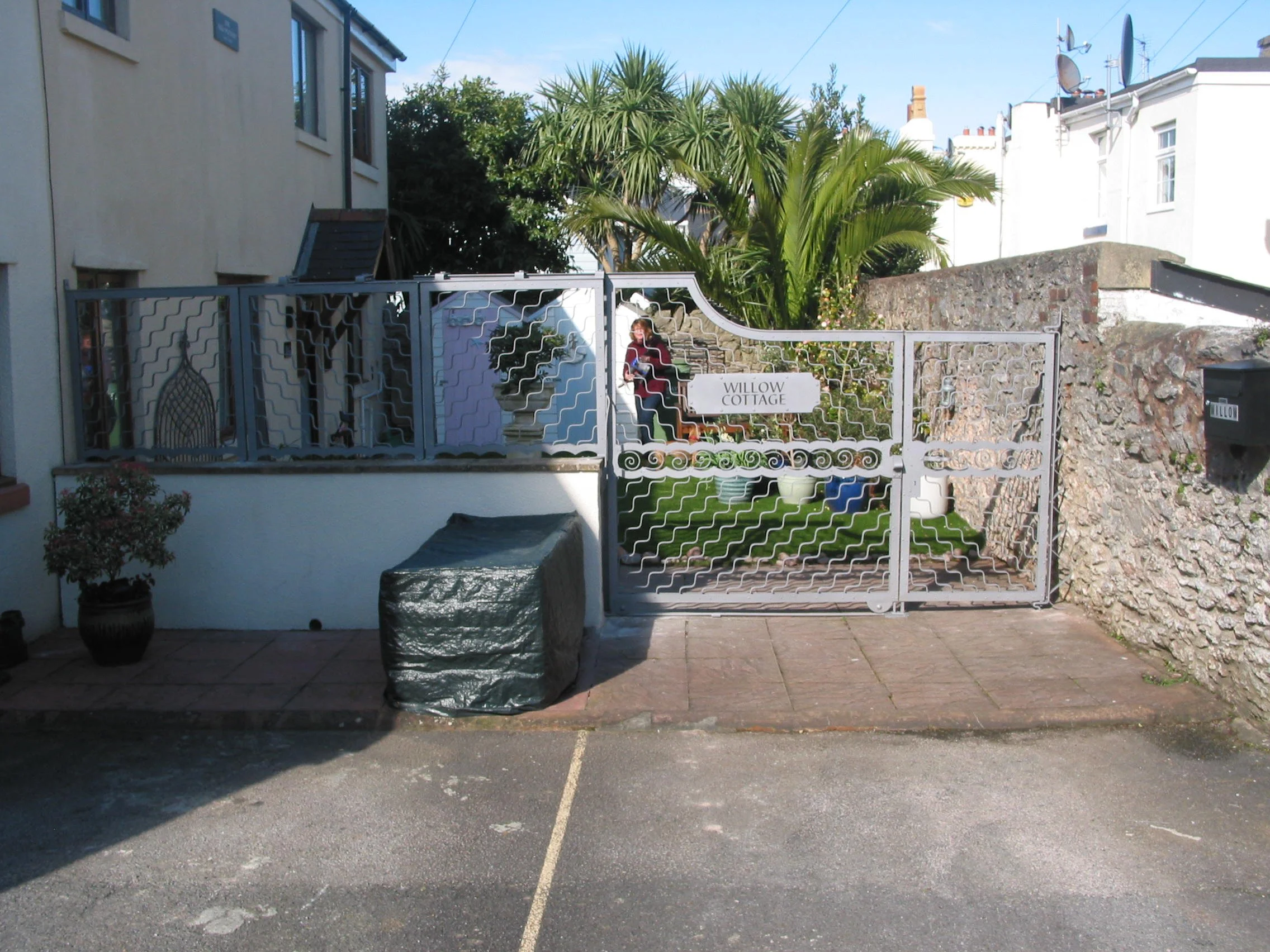
Sliding gate and screens (JC)
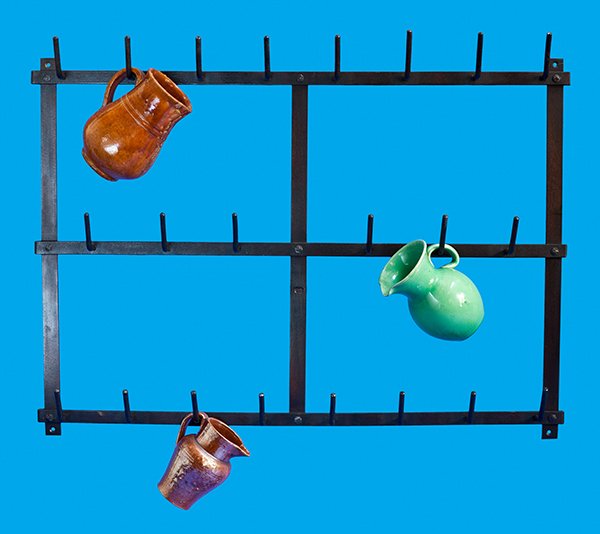
Peg rack (JC)
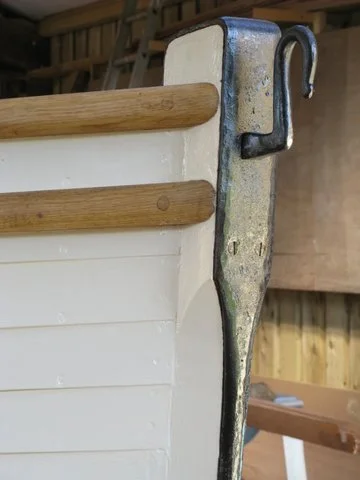
Stem fitting for St Ives Jumbo (design traditional, spec Johnnie Nance, detail and execution JC)
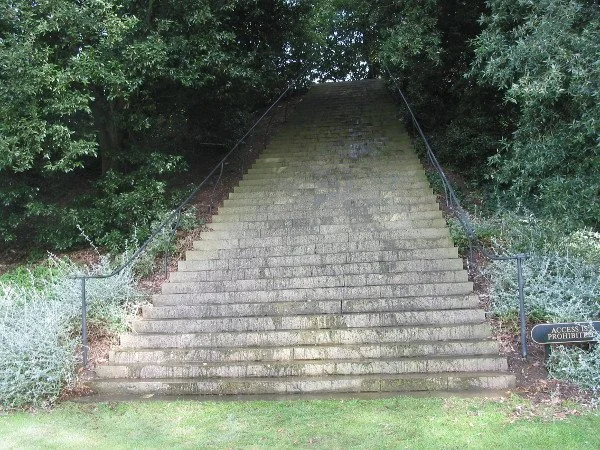
Pair handrails to Mound (design Martin Edwards, detail and execution JC)
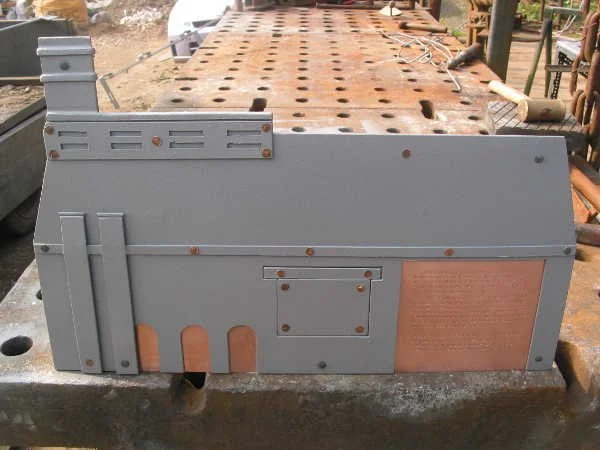
Retort house memorial plaque (JC)
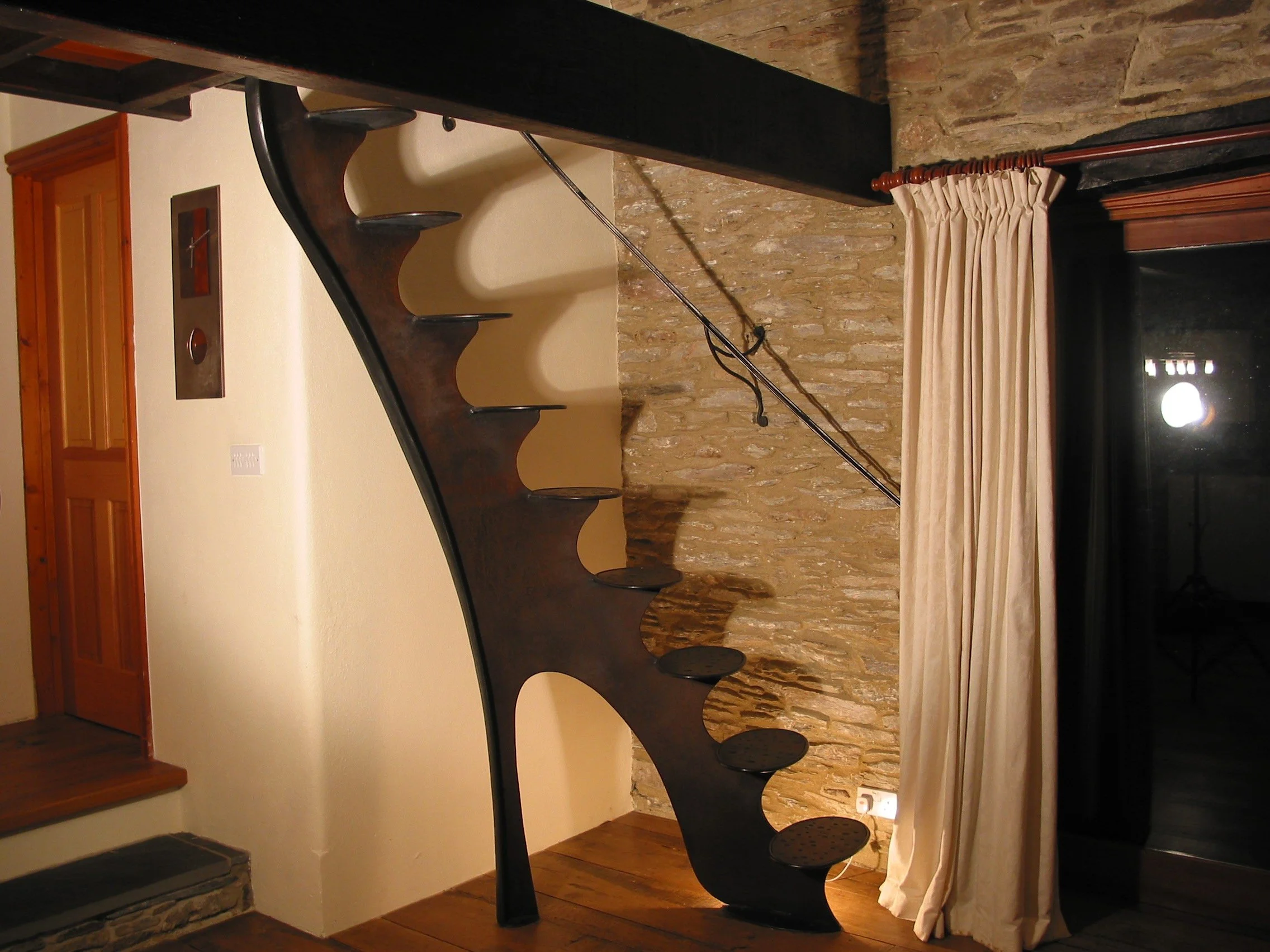
Giraffey staircase (JC)
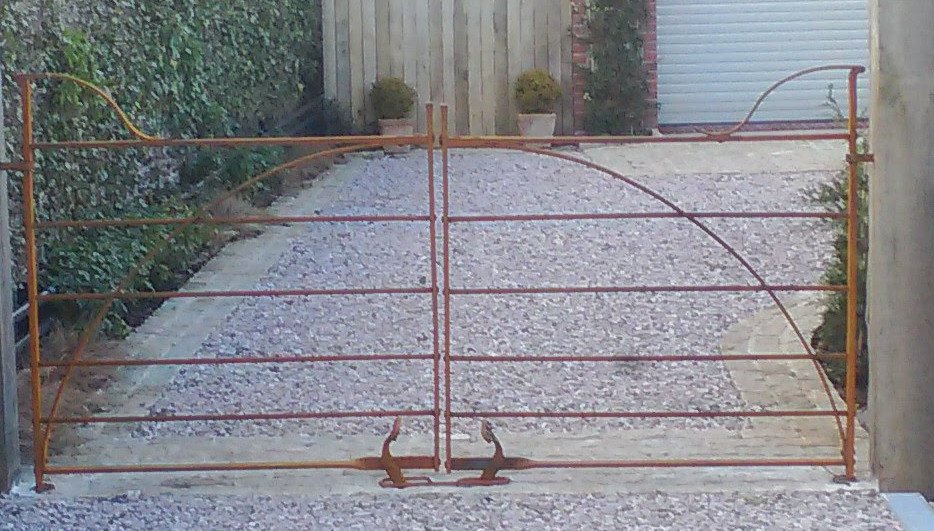
Front gates (JC)
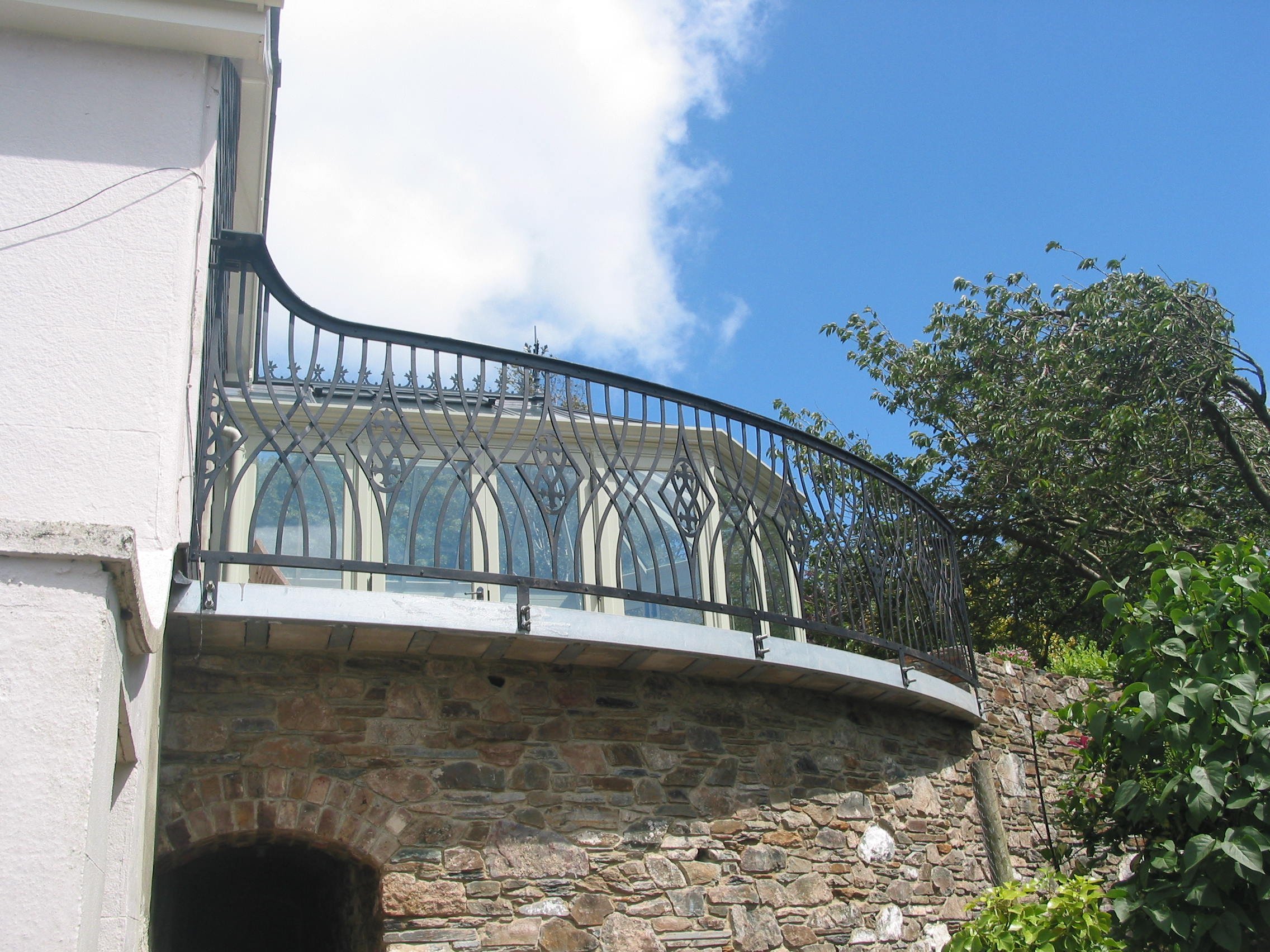
Balustrading (JC)
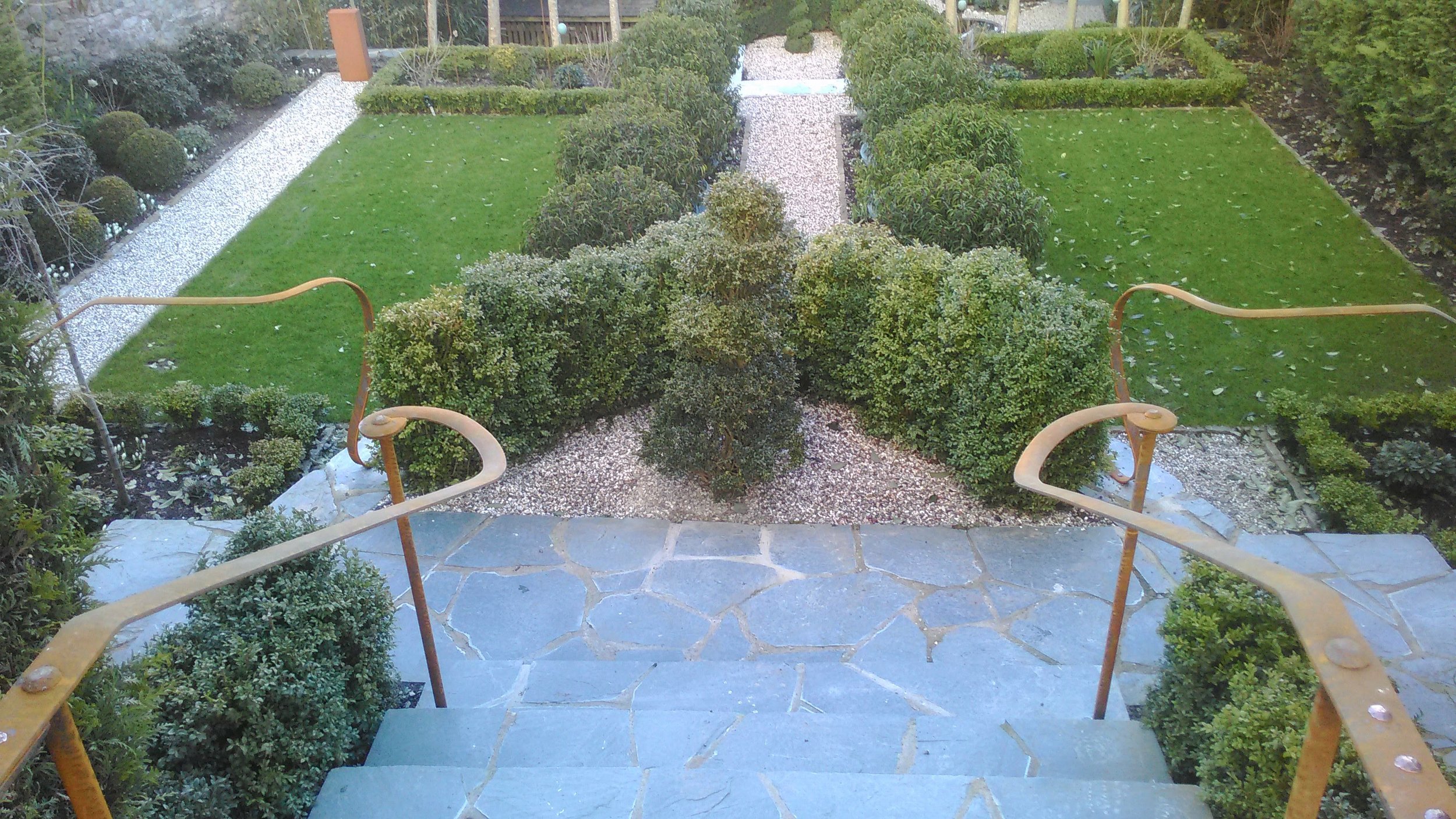
Entrance handrails, rusted finish (JC)
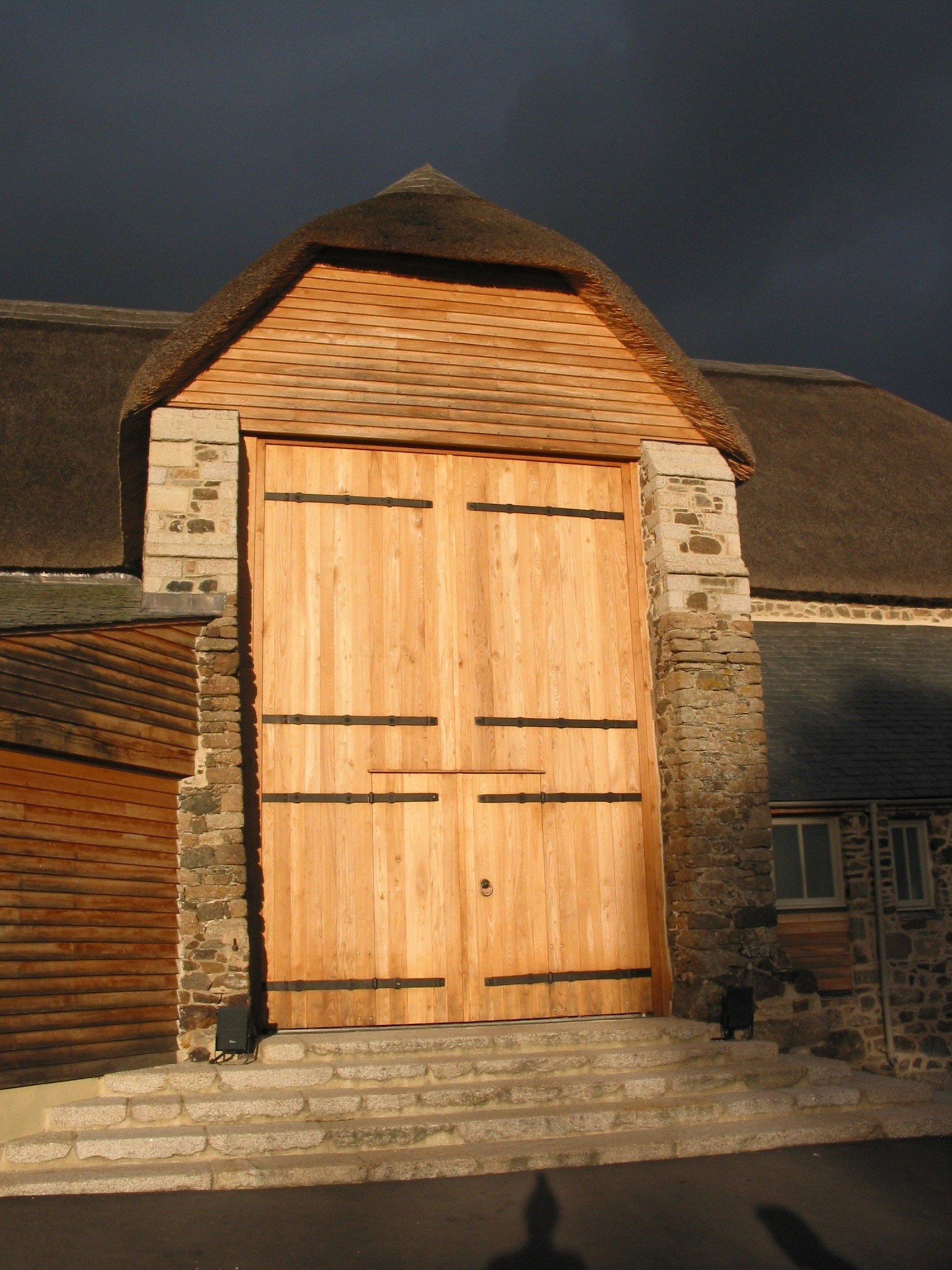
Tithe Barn door furniture (JC with involvement of J Hopper)
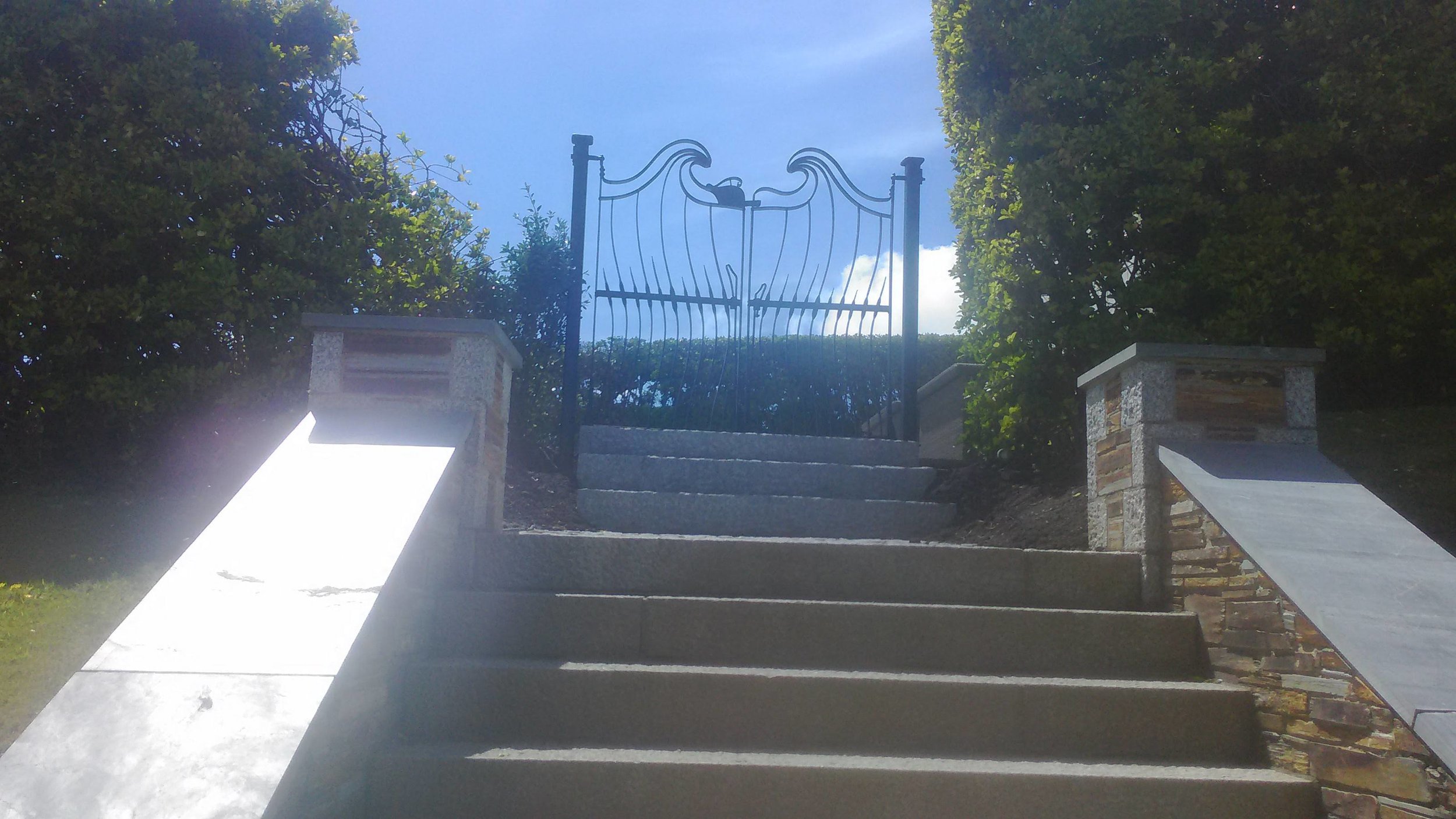
Wavey double gates. (JC)
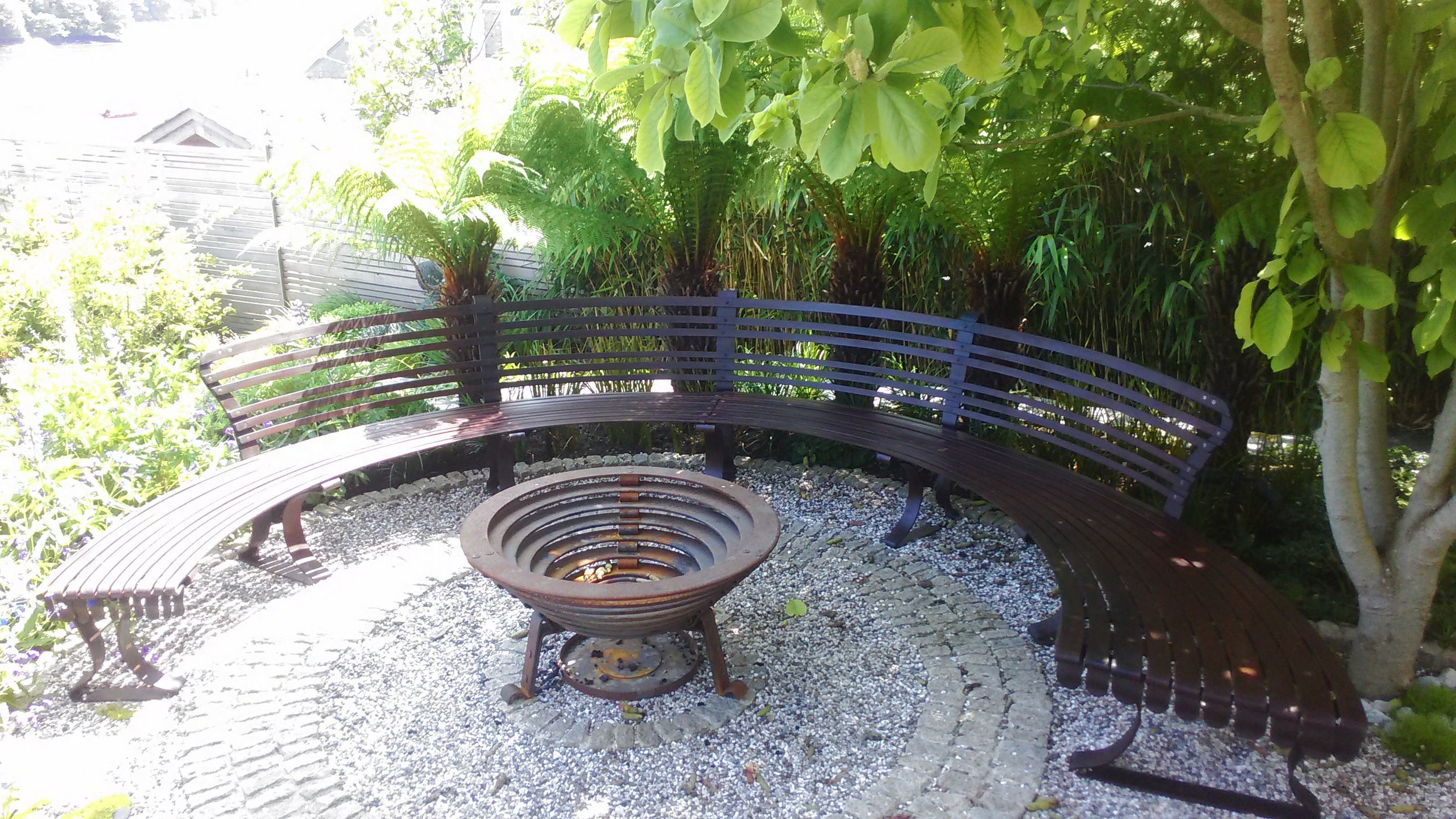
Semi circular garden seat and fire basket (JC)
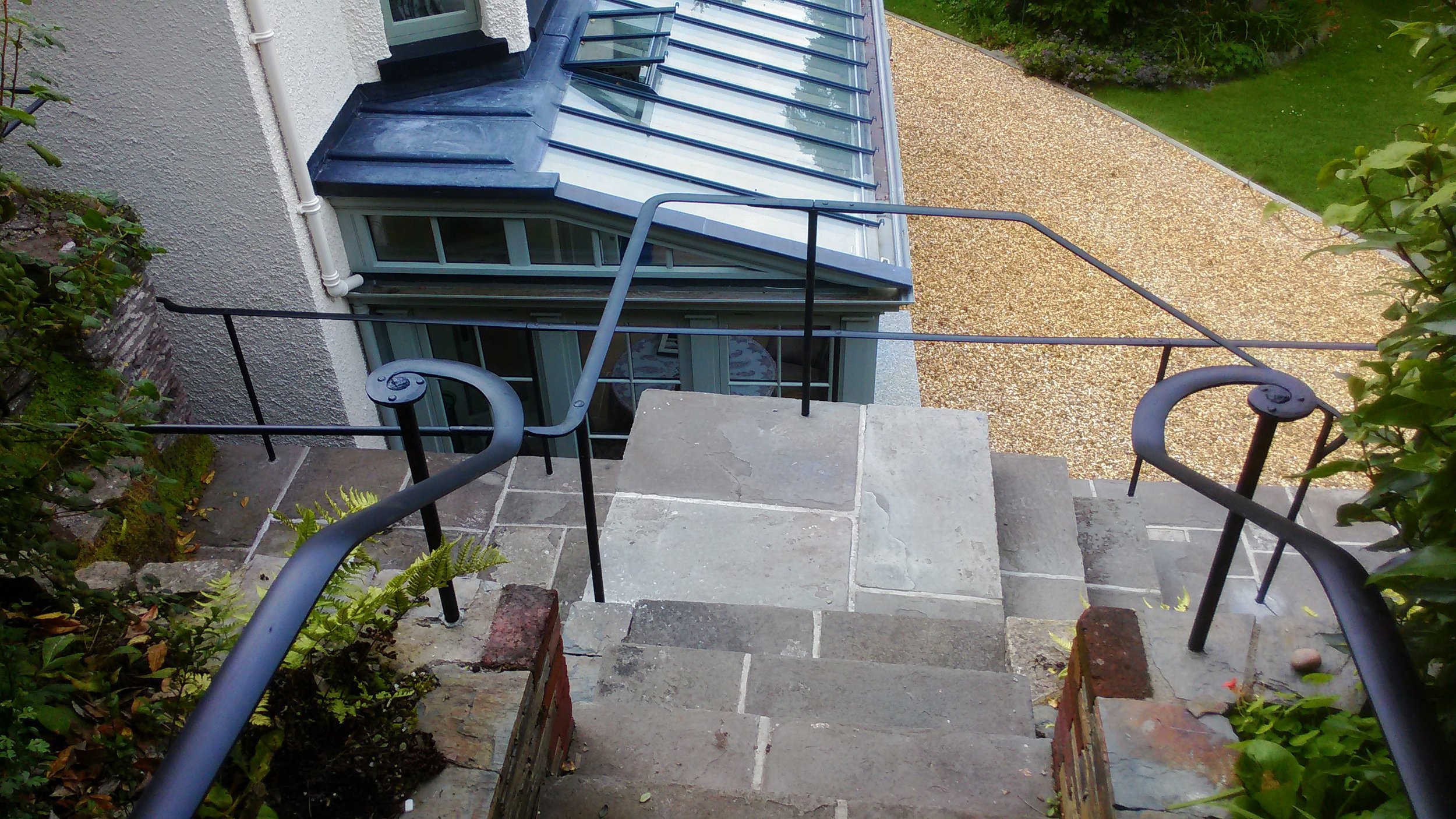
Handrails (JC)
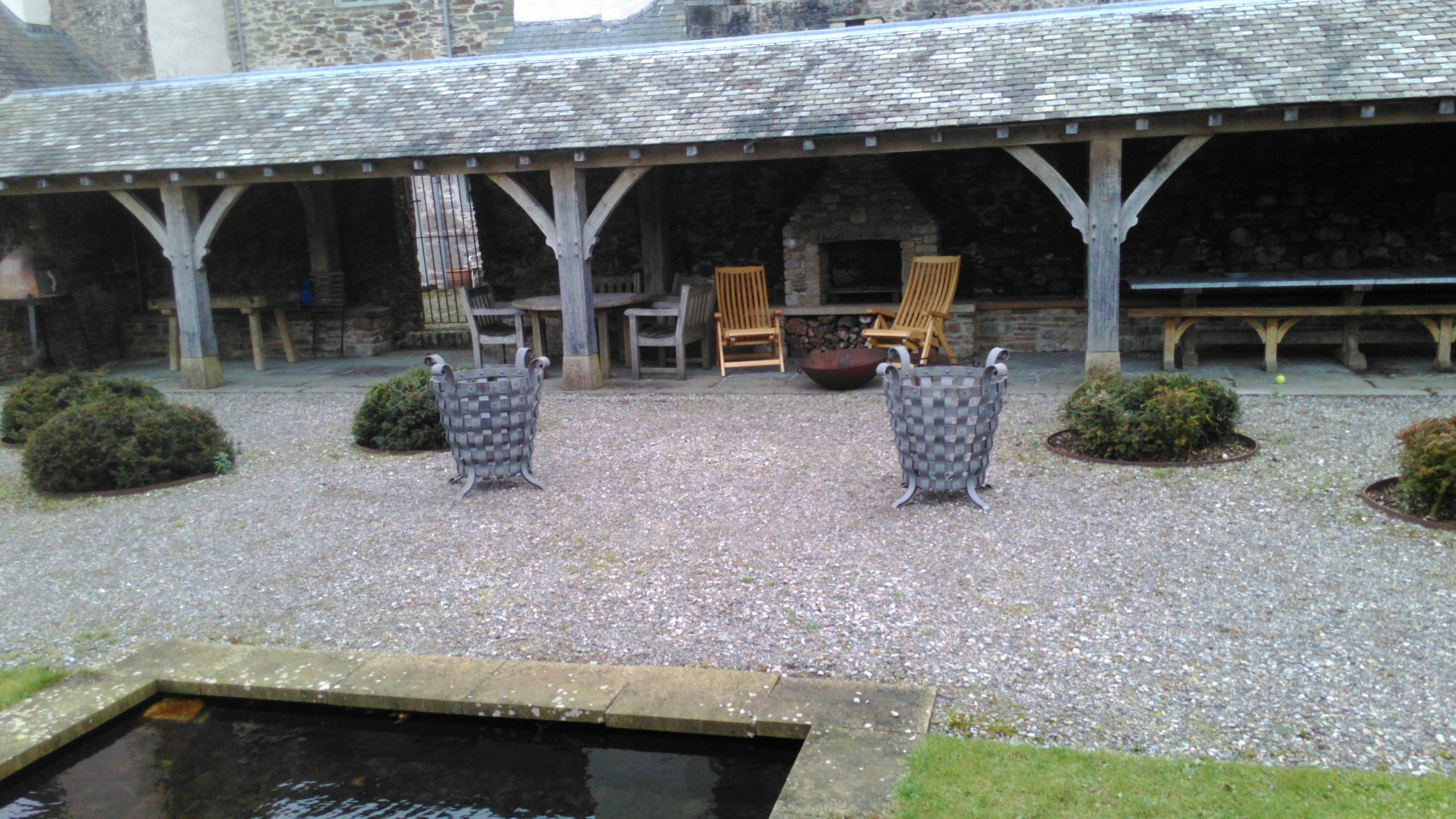
Woven firebaskets (JC)
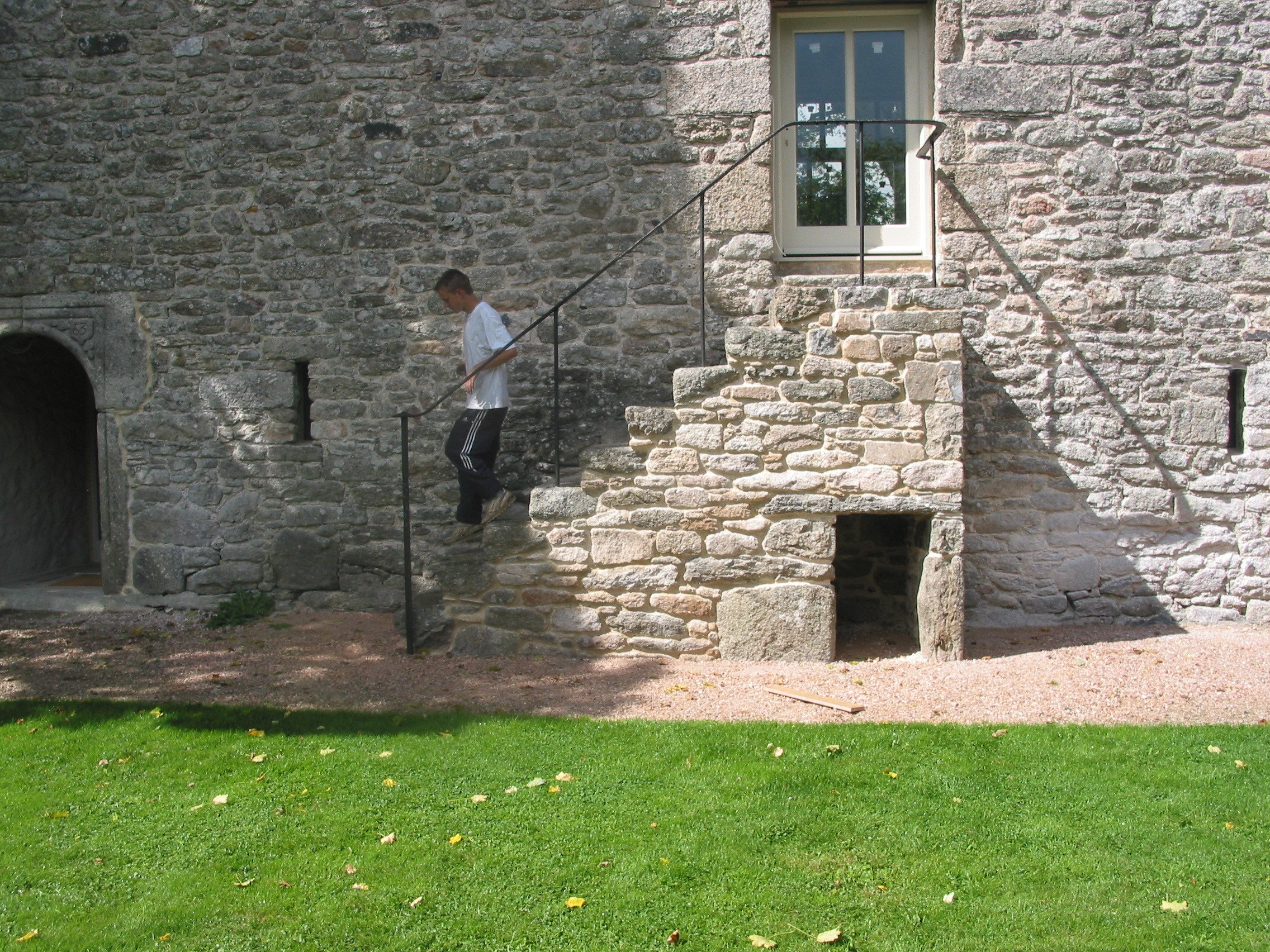
Handrail (JC)
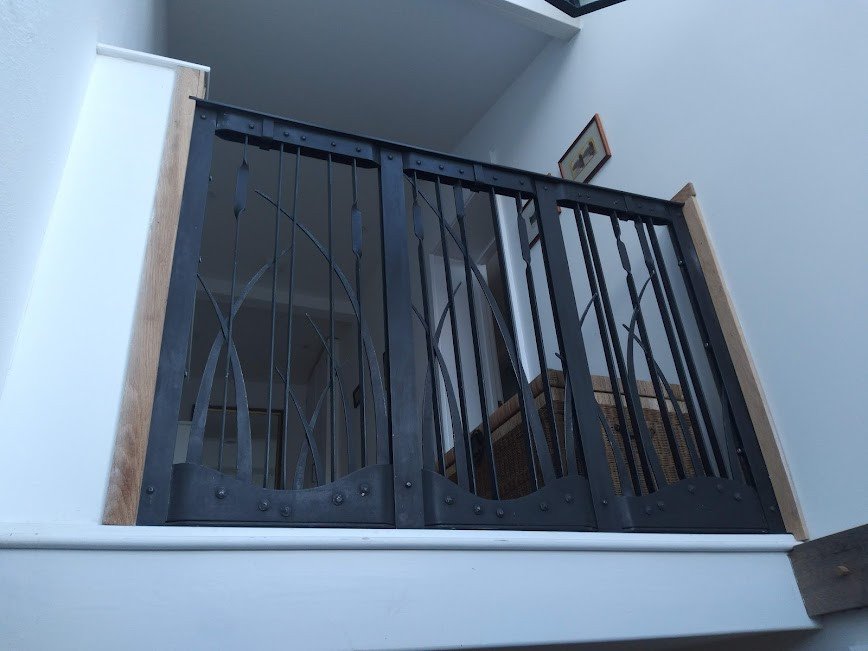
Bull rush and reed screen (JC)
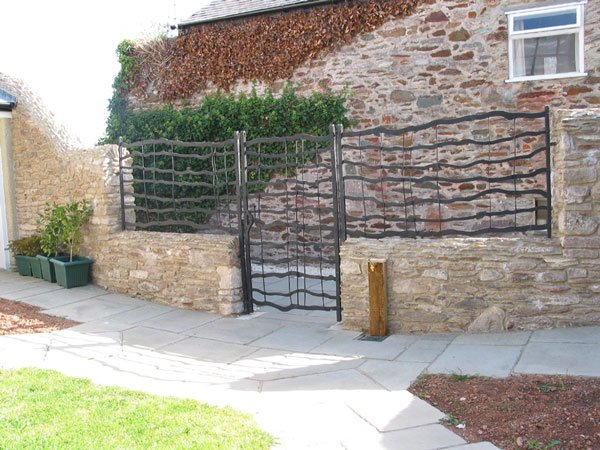
Woven wavey screens and Gate (JC)
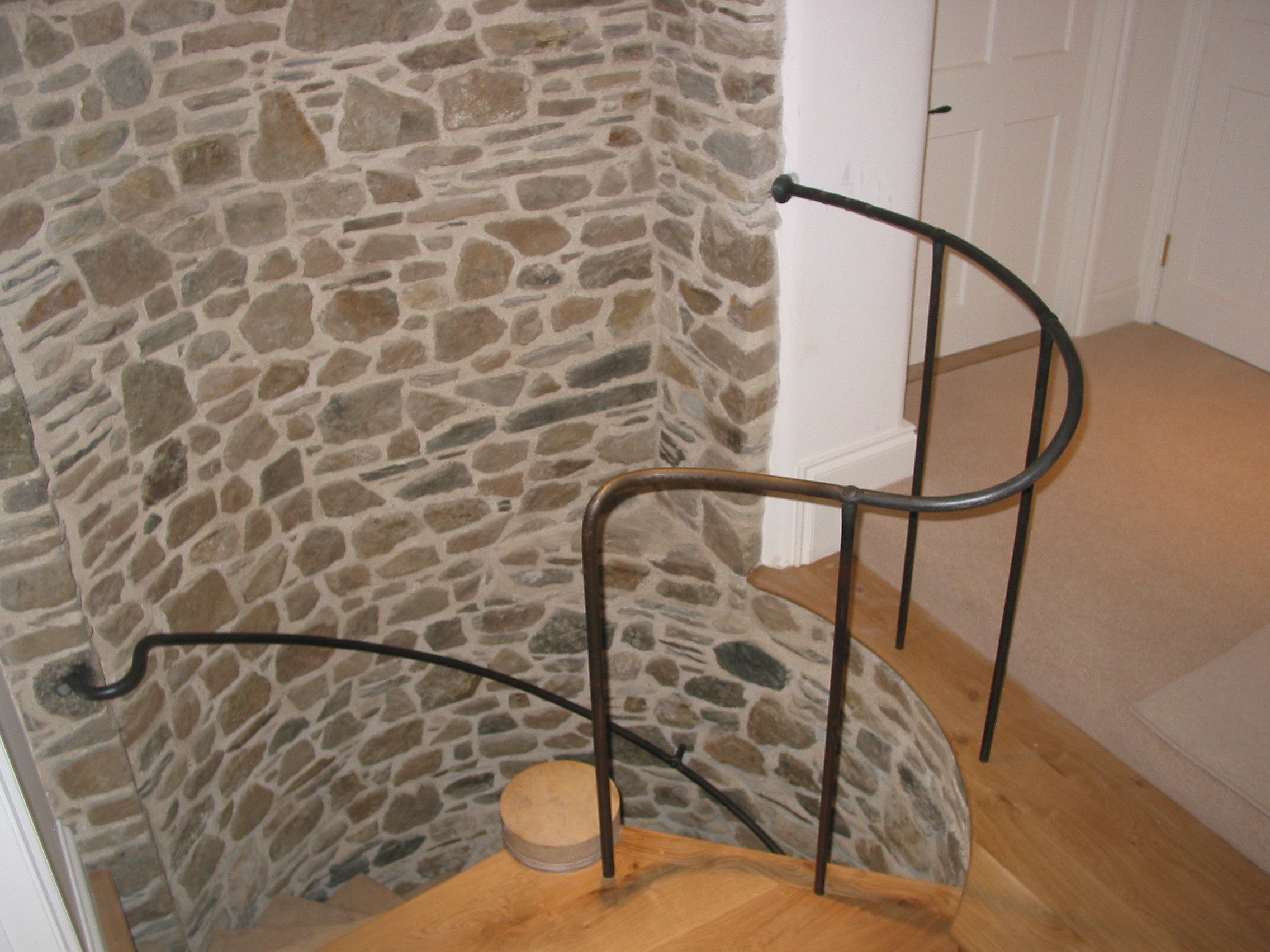
Guard and hand rail (JC)
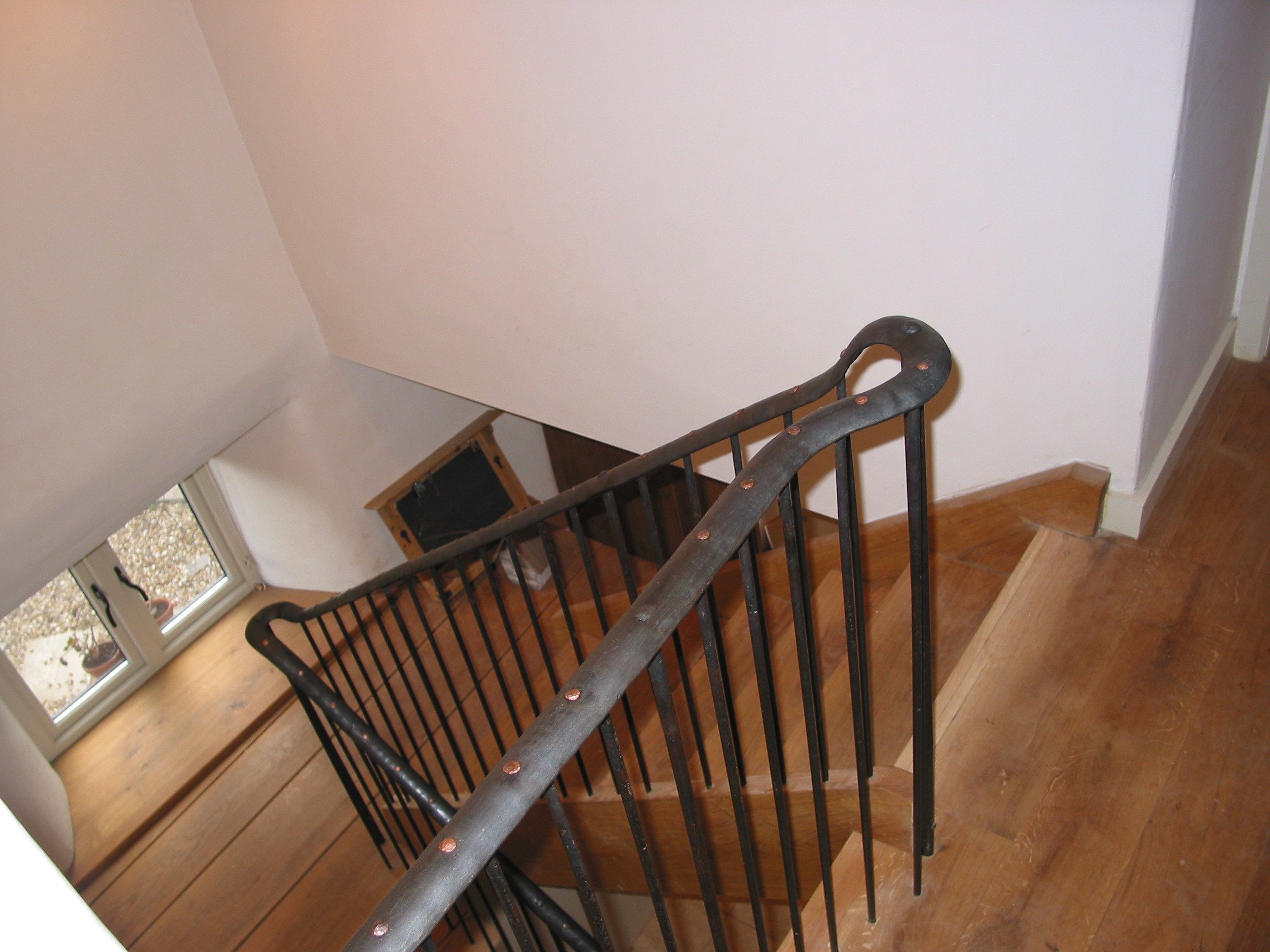
Balustrading (JC)
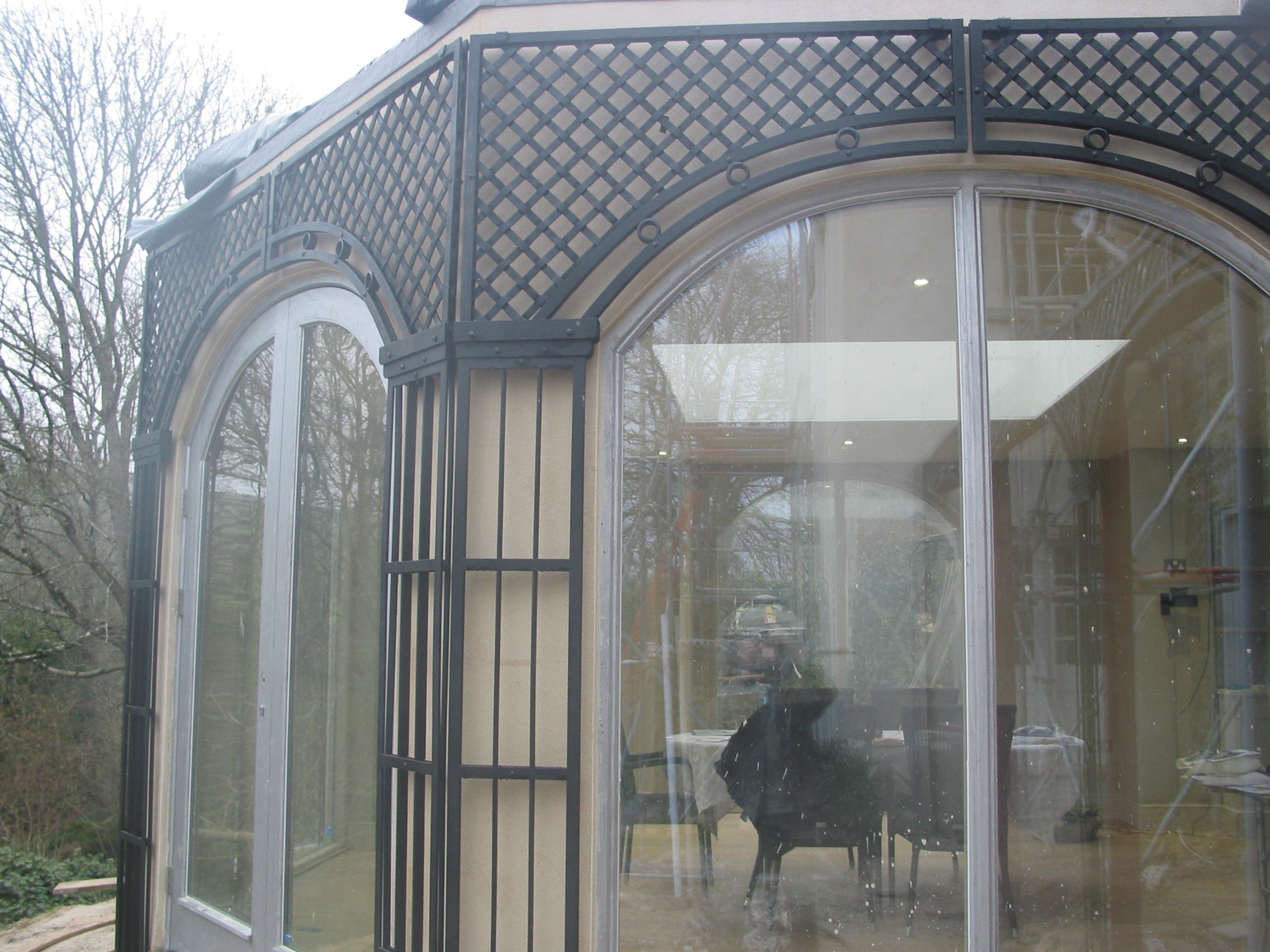
Woven screens (design Harrison Sutton Partnership, detail and execution JC)
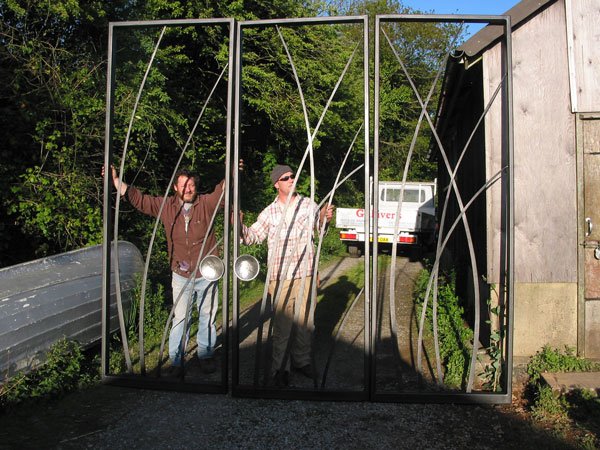
Reed pattern screens. (design Pollard Fyrespan, executed JC, T Shanahan, J. Hopper)
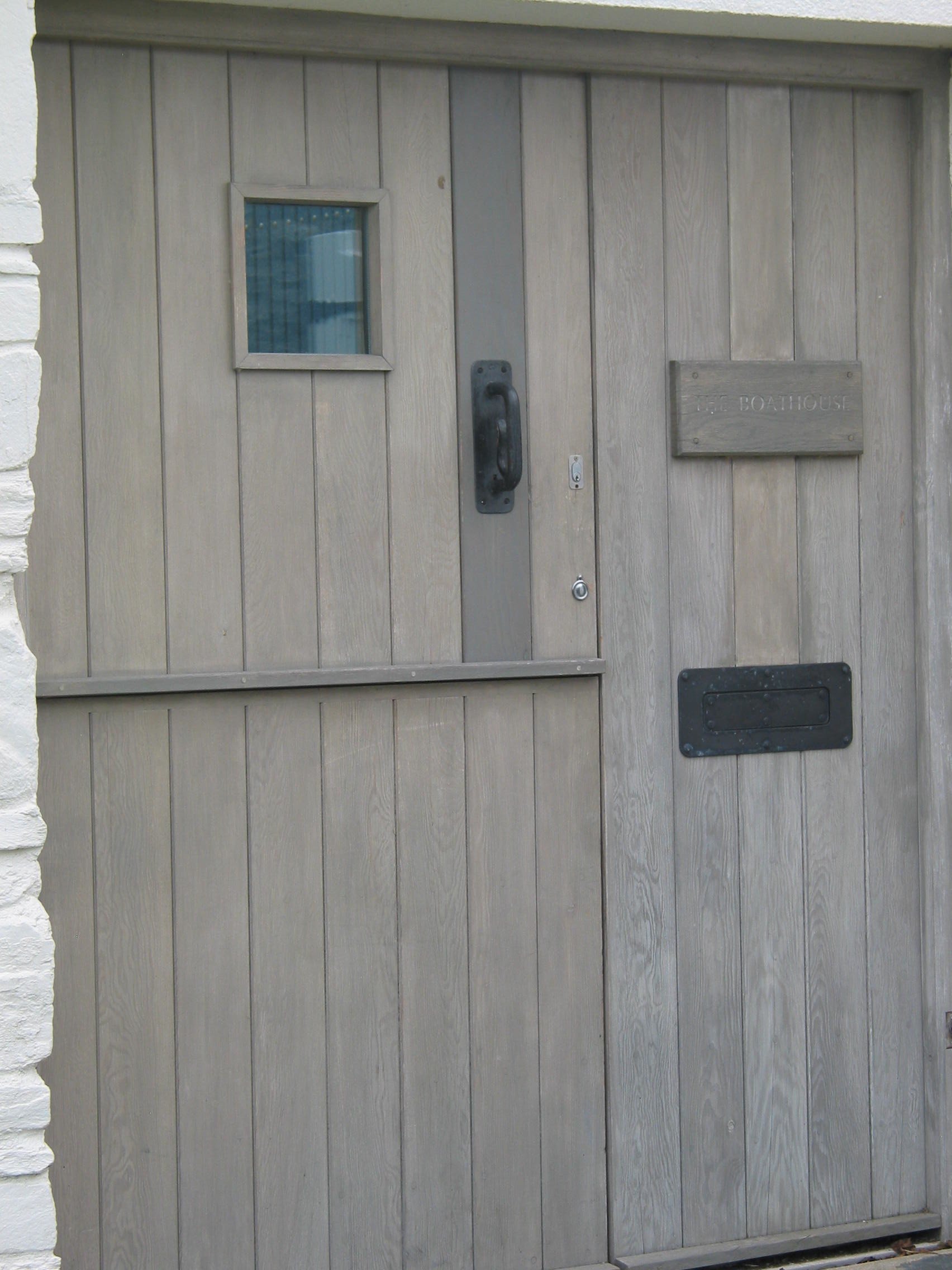
Front door furniture (JC)
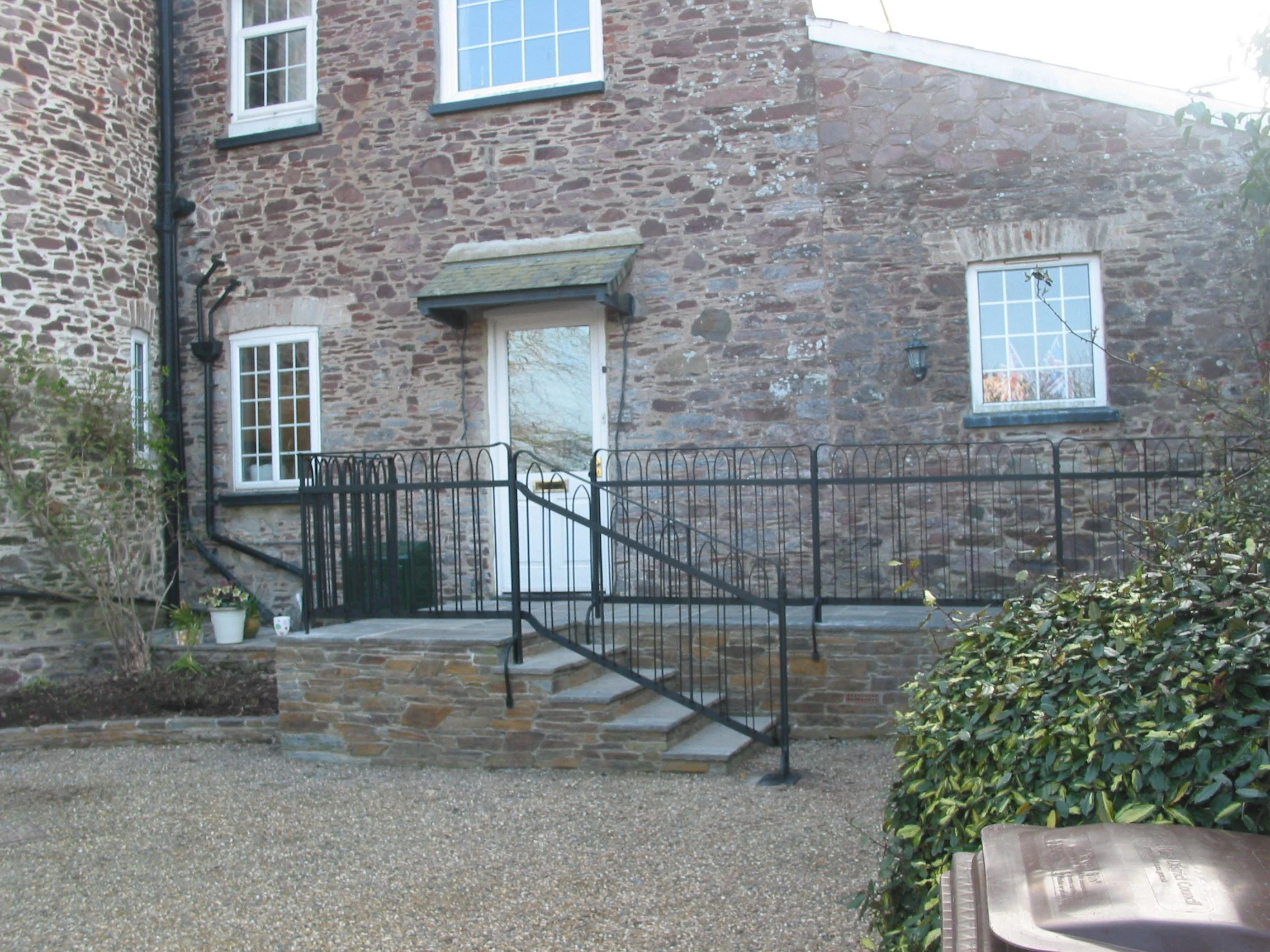
Railings (JC)
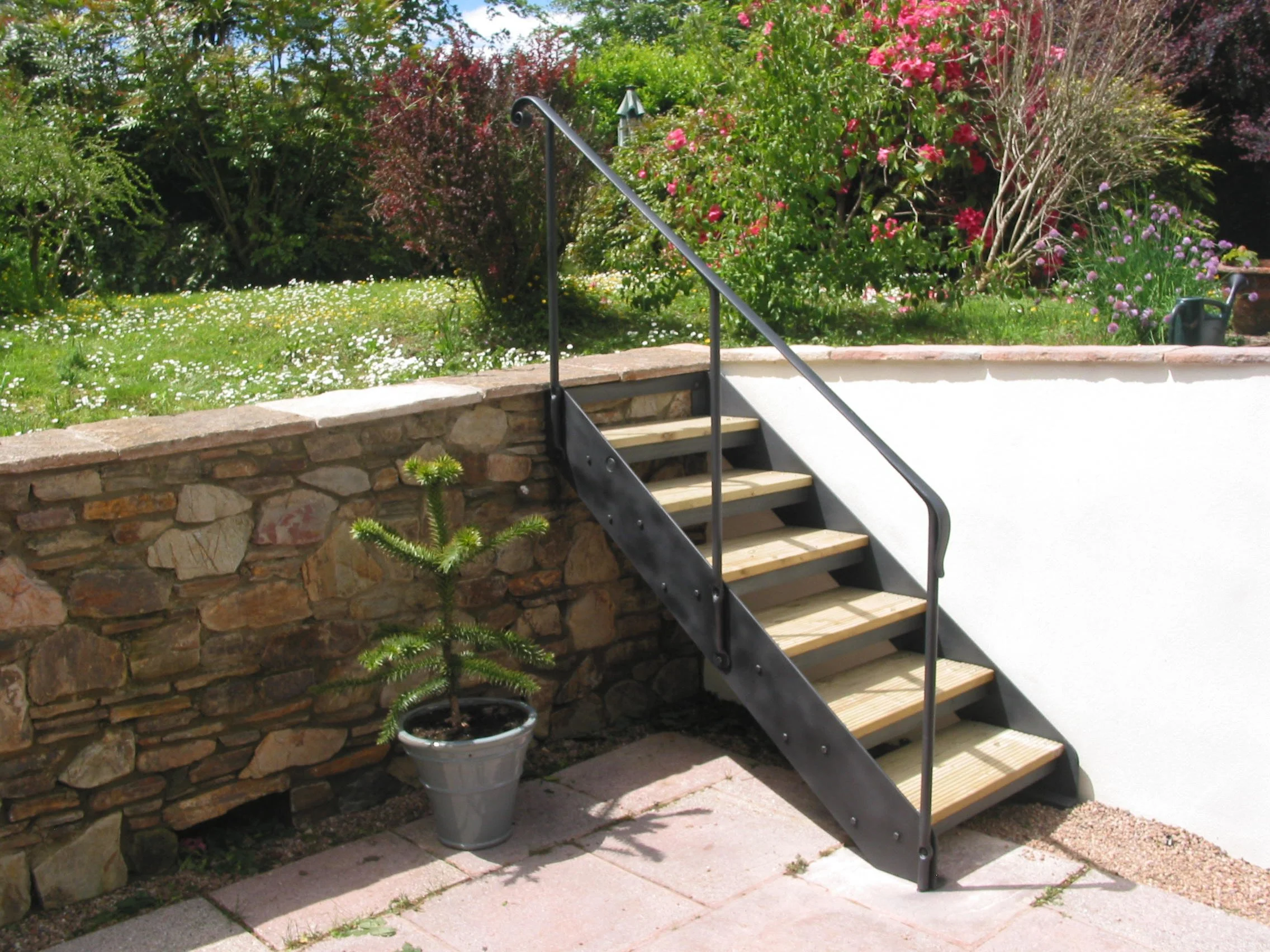
Steps (JC)
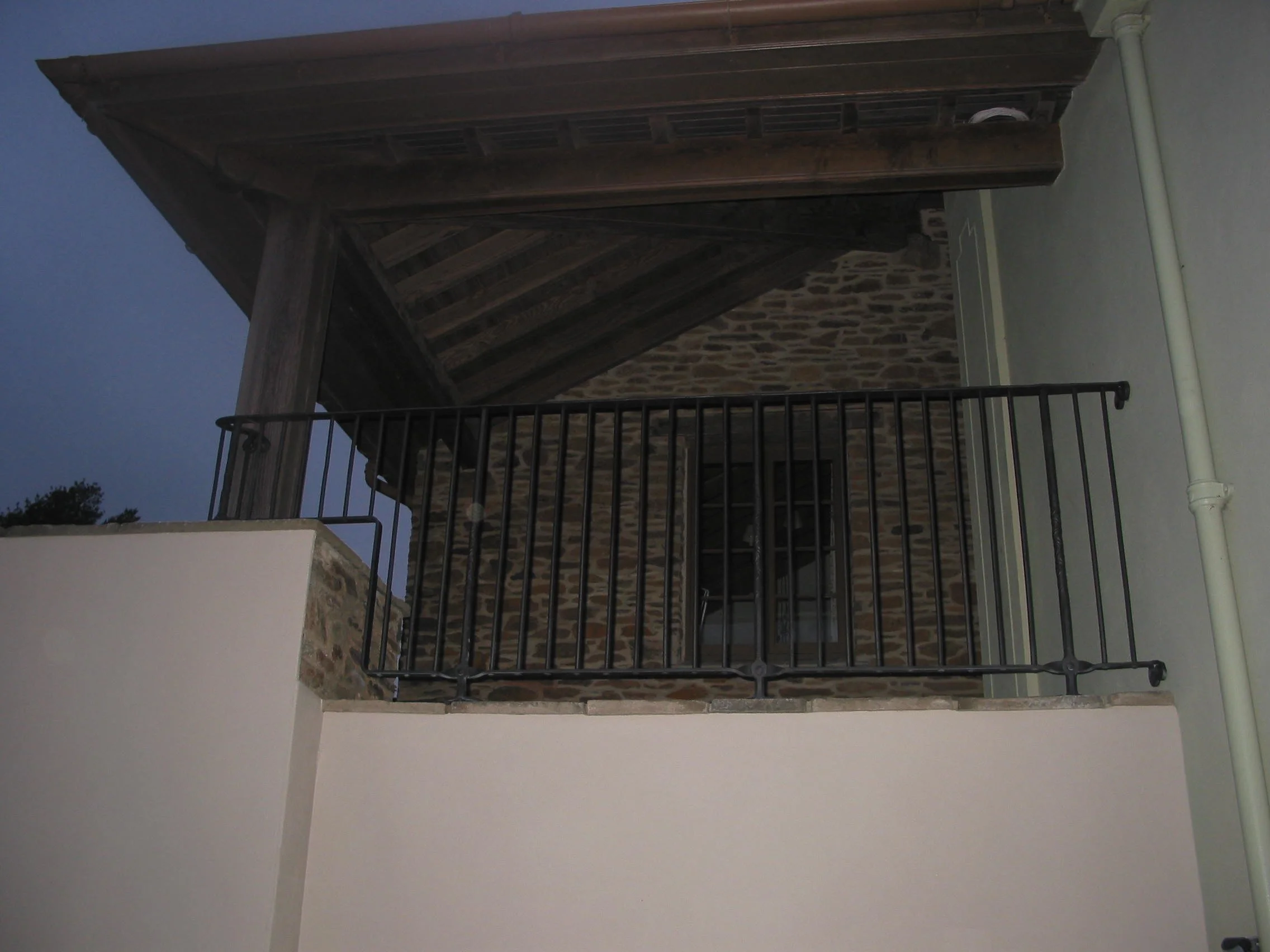
Balustrading (JC)
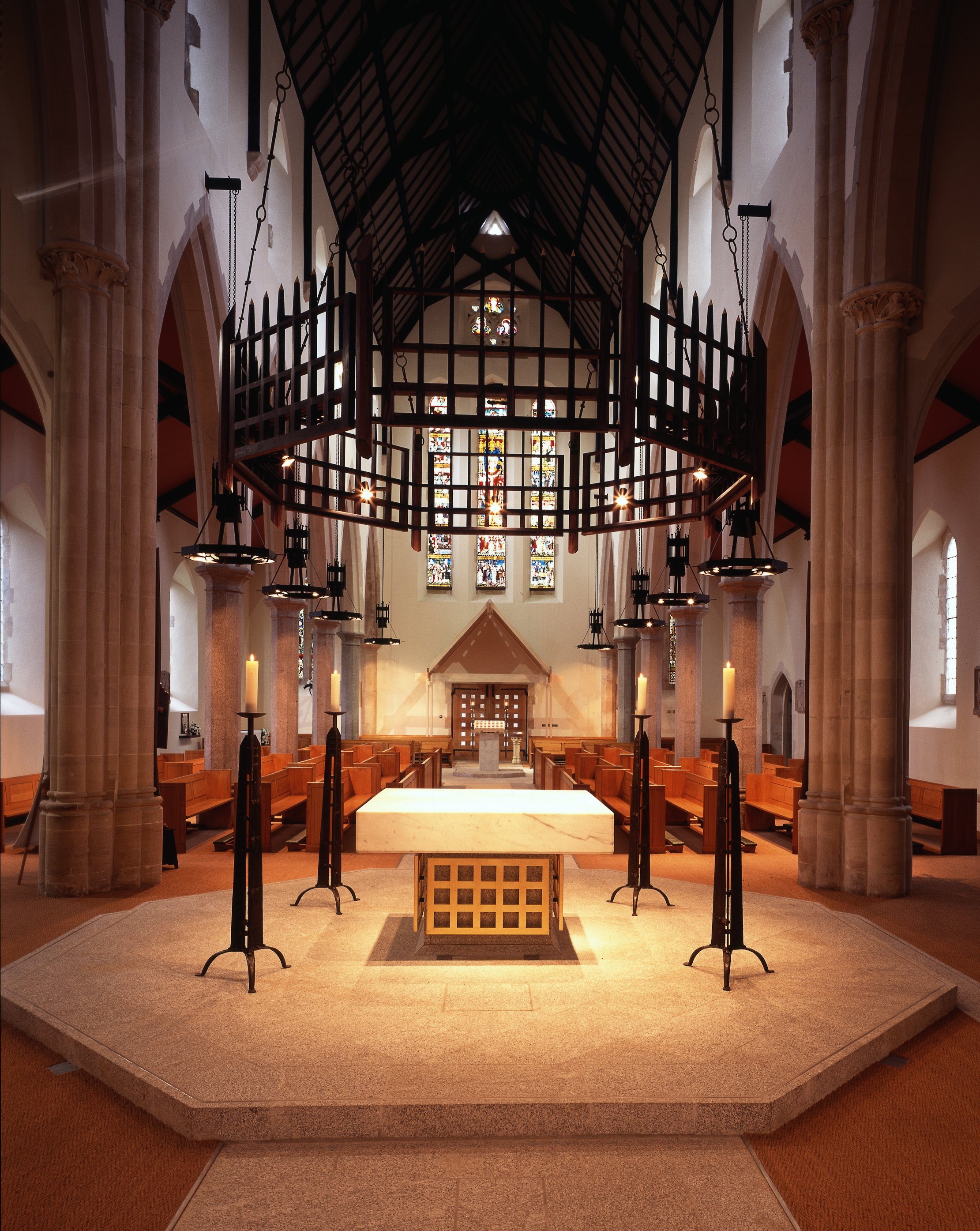
Ecclesiastical ironworks (candlesticks and corona design Anthony Harrison, detail and execution JC,, 12 chandeliers designed AH and JC, executed JC, 68 metres chain to hang corona, JC)
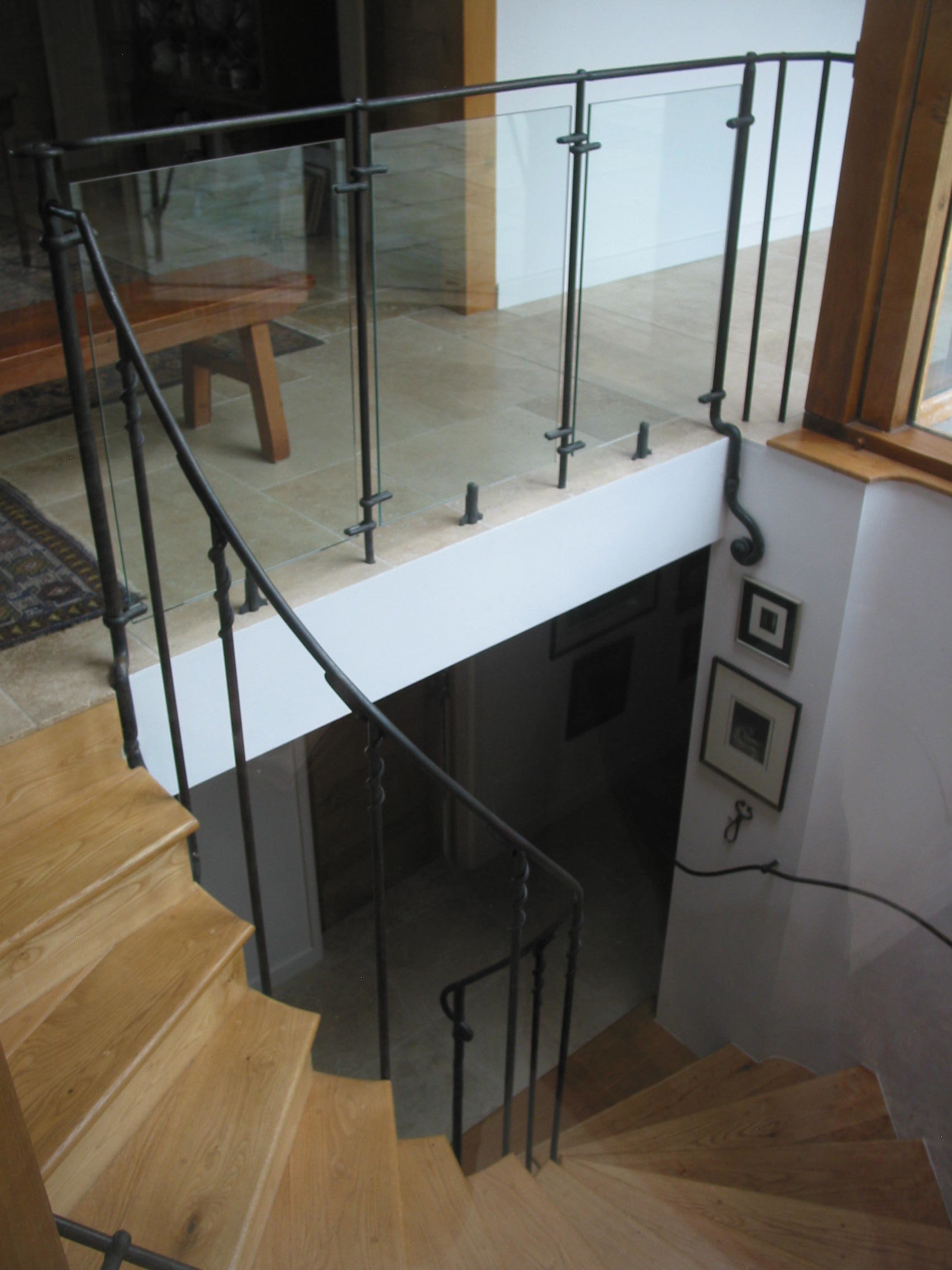
Stair and walkway guarding (JC)
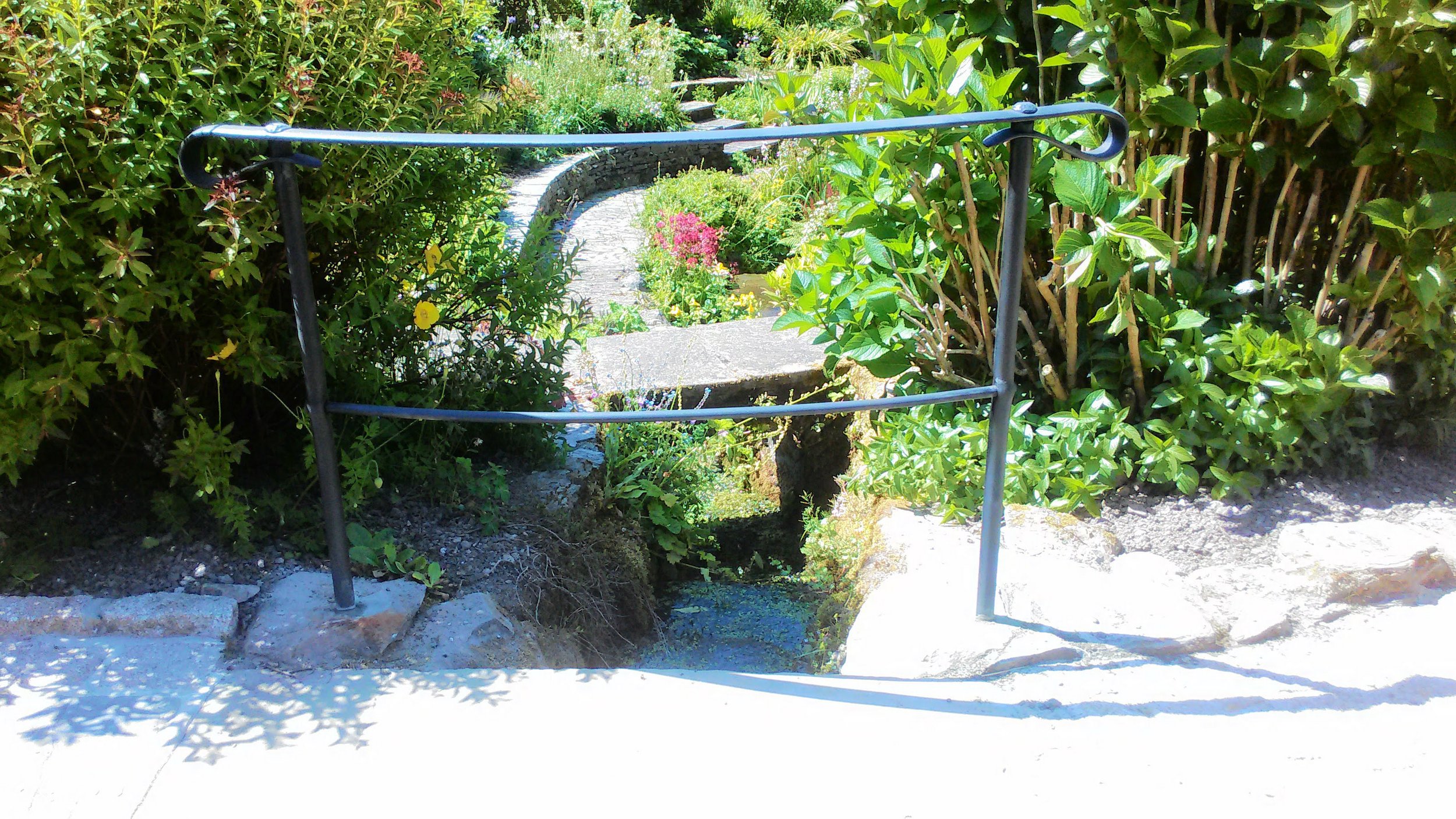
Short guardrail over stream (JC)
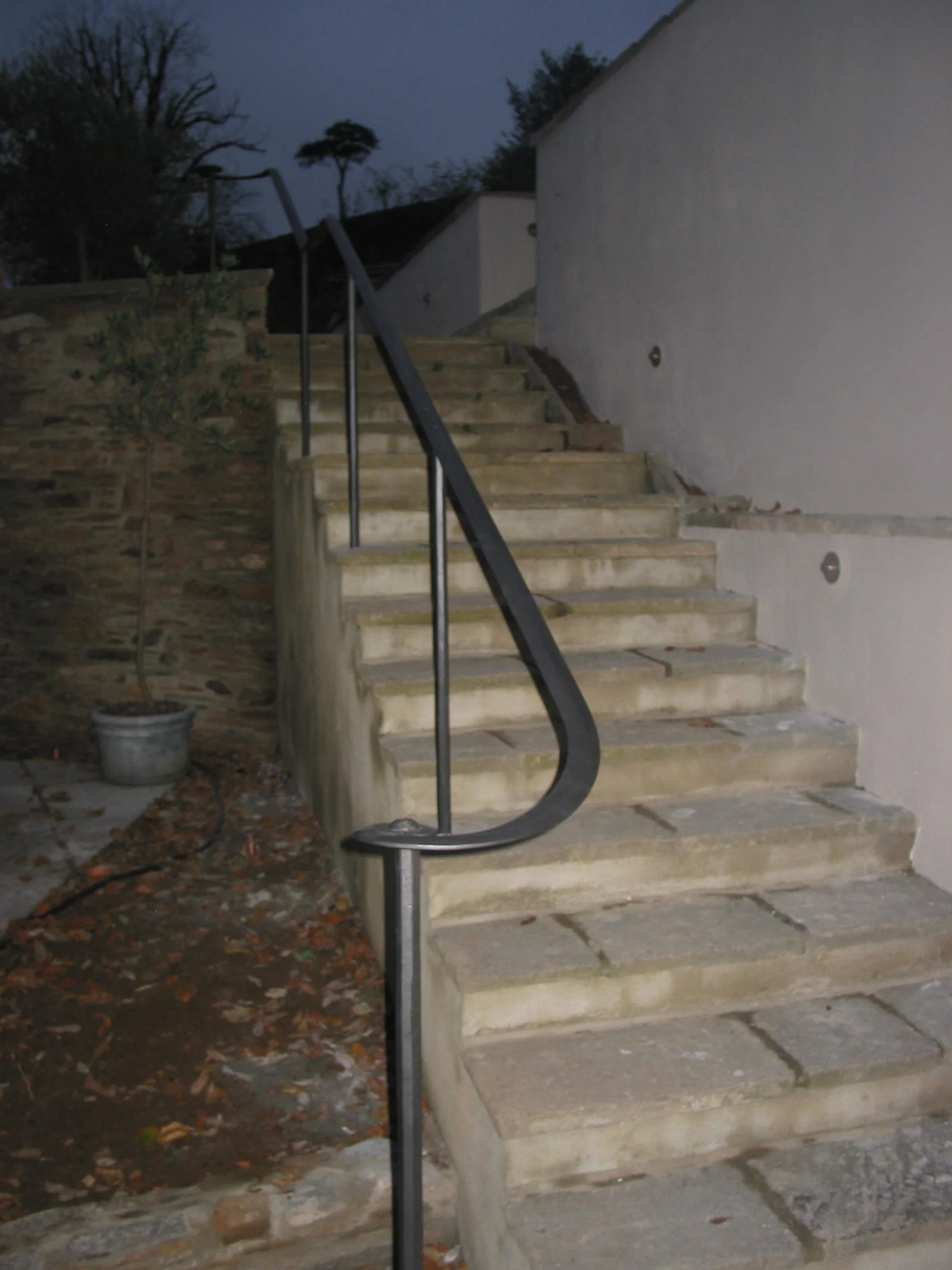
Stair rail (JC)
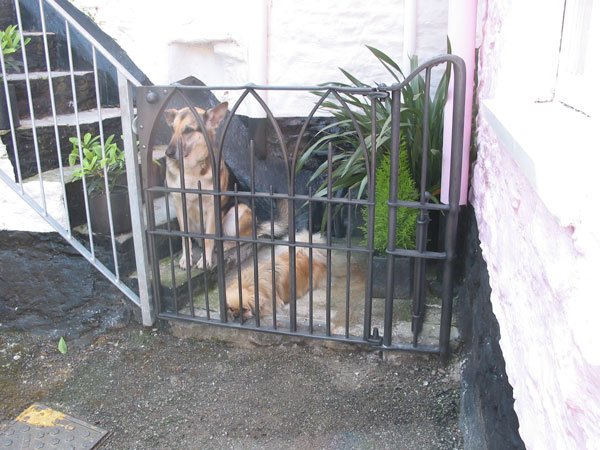
Dog Gates (JC)
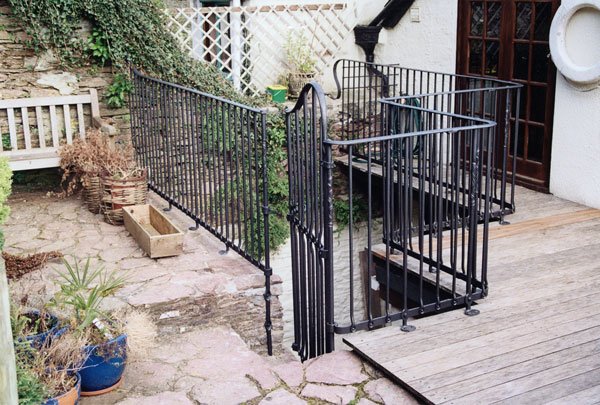
Balustrading and gate. (JC, J Wood, J Hopper)

Who.. why…how…
The tool shed on the farm where I grew up, with its buckets of bolts and nails, beams festooned with fan belts and baling string, walls lined with all the paraphernalia of digging and hauling and lifting Stuff and a roving population of simple hand tools, seemed to me as a youngster a very desirable place to be… more attractive and more instructive (because I was fascinated!) than any school classroom that I found myself in.
By the time I left home to go and have a look at the wider world, I was well versed in the basics of the simple (and often brutal) manipulations of the physical world that are so much a part of farm life, and was no stranger to the idea that if you hit things hard enough something would give. My understanding of the world of iron and ironworking, though, could be charitably described as underdeveloped - (and more accurately as non existent!) - having been limited to occasional visits to the local smithy on farm business, of which I can recall little beyond waiting outside the tall doors to the twilight gloom of his forge and the sense of being on the threshold of a world apart.
So when, in my early twenties, one spring evening found me by the side of a rural French road with a hopeful thumb extended and an Algerian gent provided me with both a lift and my first glimpse of the idea that iron might actually be an item of interest, it was something of an eye opener. Having regaled me, as we drove into the gathering darkness, with the tale of the steel boat he was building and his consequent plans for adventure, he proceeded to drop me off in a high and isolated place on what was fast becoming a very cold night. In the lee of a pile of concrete blocks on an abandoned building site I slept little and shivered a lot, but by morning had come to the firm decision that I was going to learn to work steel and build myself a boat.
Accordingly, a few months later, I took advantage of the UK’s recent accession to the Common Market and enrolled, via a French government scheme, as an apprentice welder in Clermont Ferrand.
The life of an apprentice has never been one of affluence or ease, and, although I was at least being paid - which is undoubtedly more than can be said for many of the youth who had gone before me - this was still a period when I was obliged, by economics, to walk a lot. The older parts of Clermont, with which I was consequently becoming familiar, were at this time little changed from two or three hundred (or more) years ago and were rich in vernacular architectural detail. With my mind already focused on today’s steelwork in my working day, it was natural enough that it should be the ironwork of yesterday that caught my attention among these details.
Without at the time having much of an understanding of the blacksmiths craft this inspired me to put aside for a moment the fabrication mindset of ‘cut and weld’ and begin to experiment with the processes of forgework. Rifling through the scrap bins at work, after we had been repairing and hard facing some grader blades, I salvaged some offcuts of 14% manganese steel and proceeded to forge some, to my surprise, highly effective stoneworking chisels. (a function as much of the excellent material as of any skill or cleverness on my part, it has to be said!)
But that was it! Although it was to be some years down the line before I would take this any further, the success of those chisels stayed with me, providing, through the enthusiastic feedback I received from my art student cousin to whom I had gifted them, some sort of evidence that there might even be remunerative merit in the bludgeoning of hot iron.
Moving on from Clermont I eventually found myself work as a welder in the Sudan. Generous leave arrangements allowed me to wander around a bit, mainly in the south of Sudan, a fascinating country in which, at that time, the craft of the smith still seemed to enjoy at least some of the actual relevance to daily life that the European smithy had abdicated nearly a century before.
In the absence of the infrastructure upon which today’s metalworking industries rely, the rural Sudanese smith was ‘making do’ - by whatever means he had to hand. These were primarily fire, (in a hole in the ground with some goatskin bellows attached) a hammer or two and some old lump of machinery for an anvil. Not unlike, perhaps, what he would have had a couple of thousand years ago. Most striking, though, in my opinion, was the wit and cunning - such an indispensable part of the blacksmiths tool chest - with which they were busy recycling and repurposing debris from the fallout of the, still alien to them, industrial world and transforming it, with such basic equipment, into functional and often beautiful objects that were of relevance and use in their day to day existence.
While my work as a welder could certainly be said to be full of function and relevance to our modern society, I felt that the beauty was most certainly lacking.
This feeling came back with me to the UK and so, taking work in a marine oriented engineering firm, I set about instructing myself, in my spare time, in the art and techniques of the forge.
In 1988 I took the plunge and set up the ‘New Forge’. At first I mainly made stoves - there was much demand at that time and it allowed me to use my welding and fabrication background to advantage, at the same time as providing scope for forging hinges, catches, fire tools etc.
This operation gradually evolved into the production of door and window furniture - generally for restoration projects - and then still further into the fulfillment of a wide variety of traditional and contemporary commissions, mostly solo, but some also in cooperation with others.
I am now approaching the tail end of my working life and so am back to working solo and predominantly locally; I continue to welcome, however, the diverse and intriguing variety of commission that comes knocking at the smithy doors … and am likely to continue doing so for as long as my hammer arm holds up!
Get in touch
Leave your contact details and any message and I will get back to you directly.